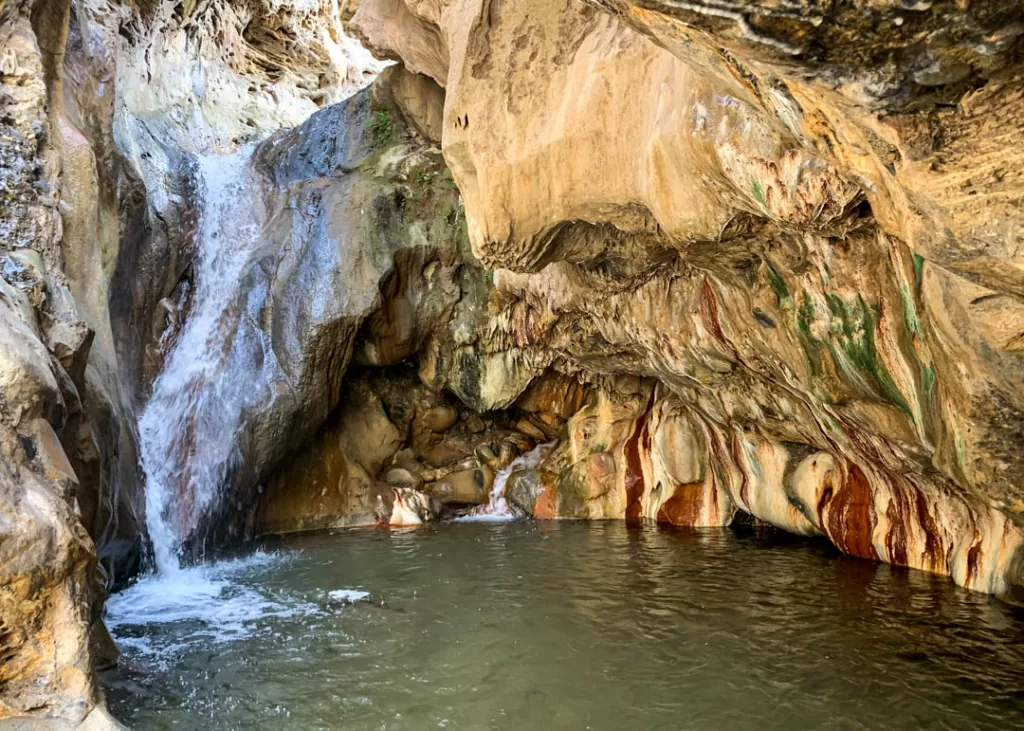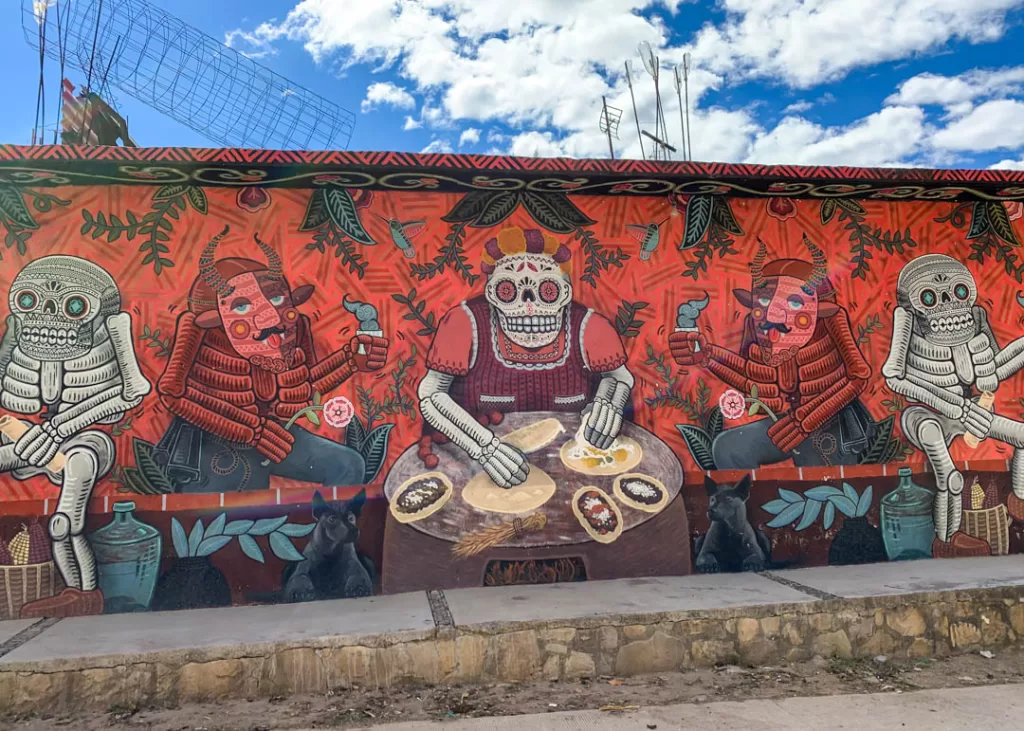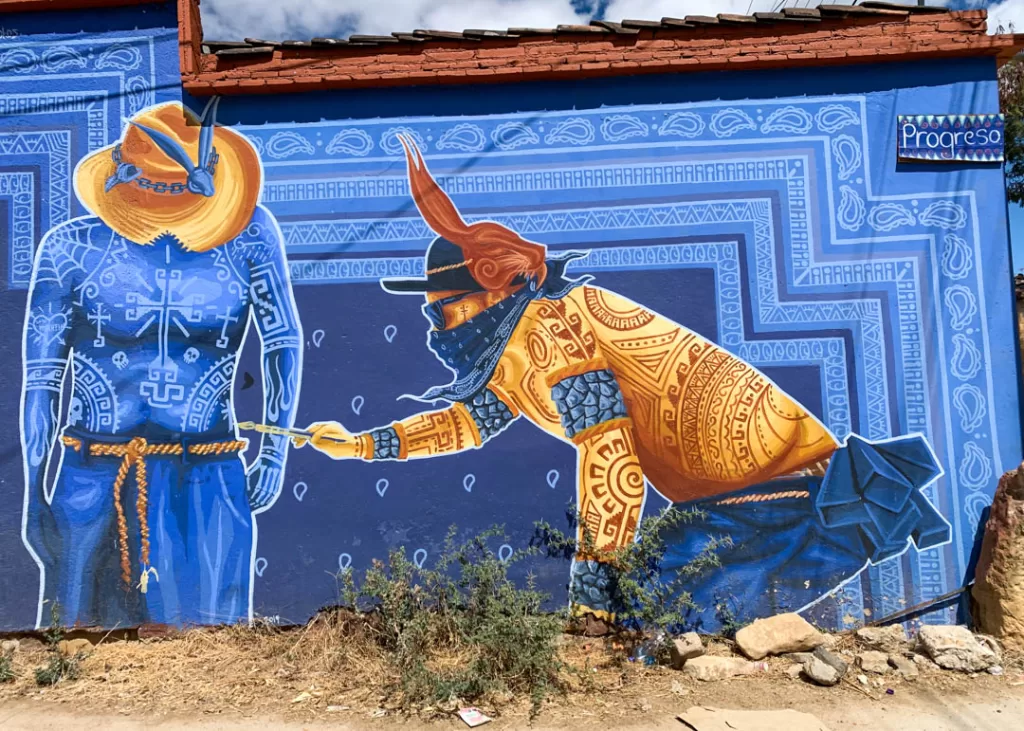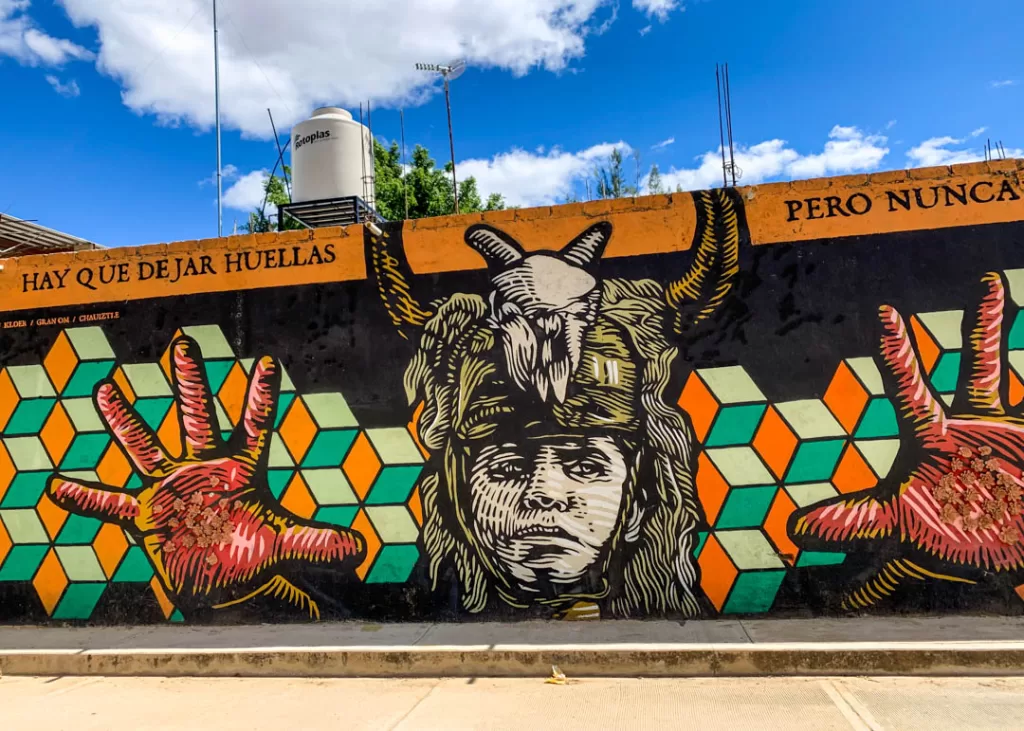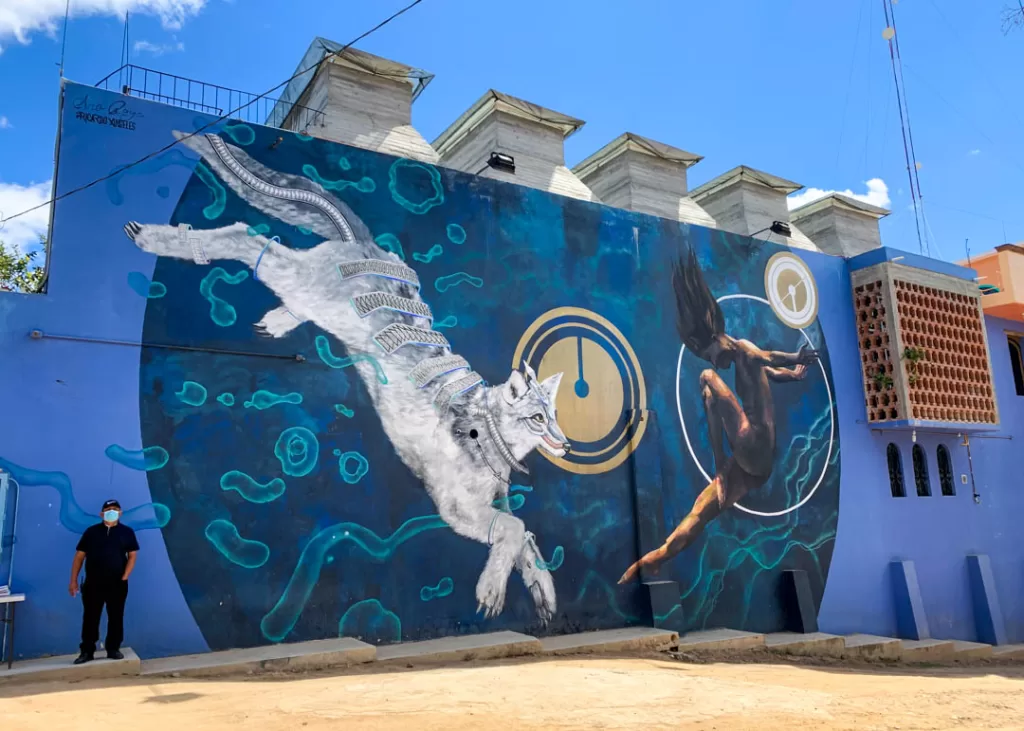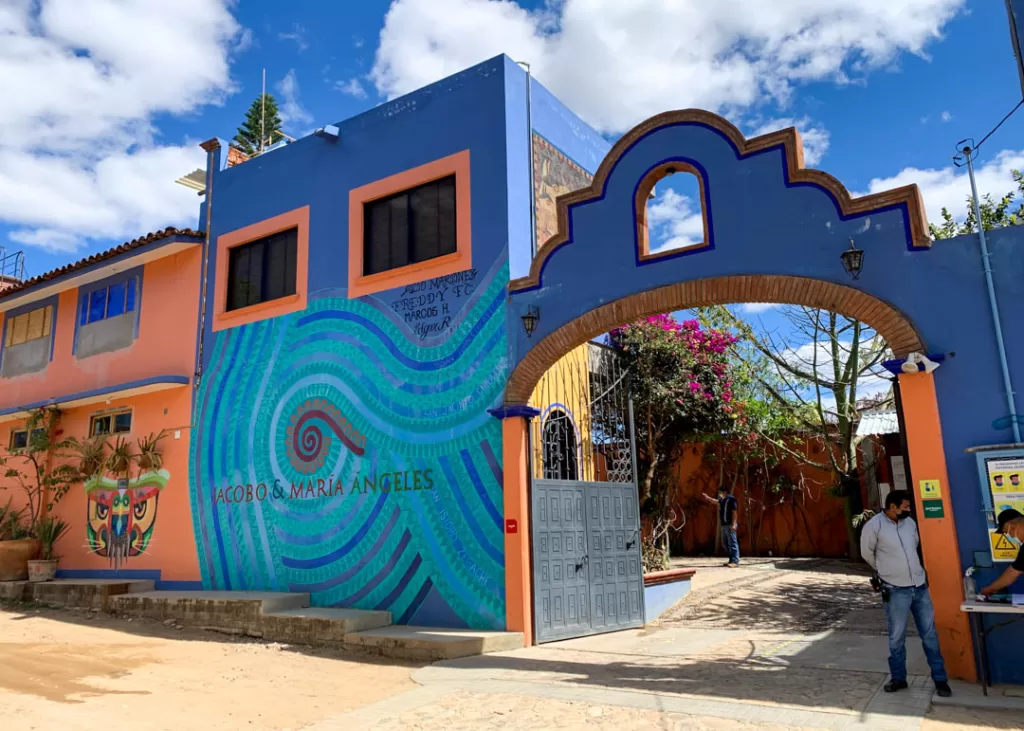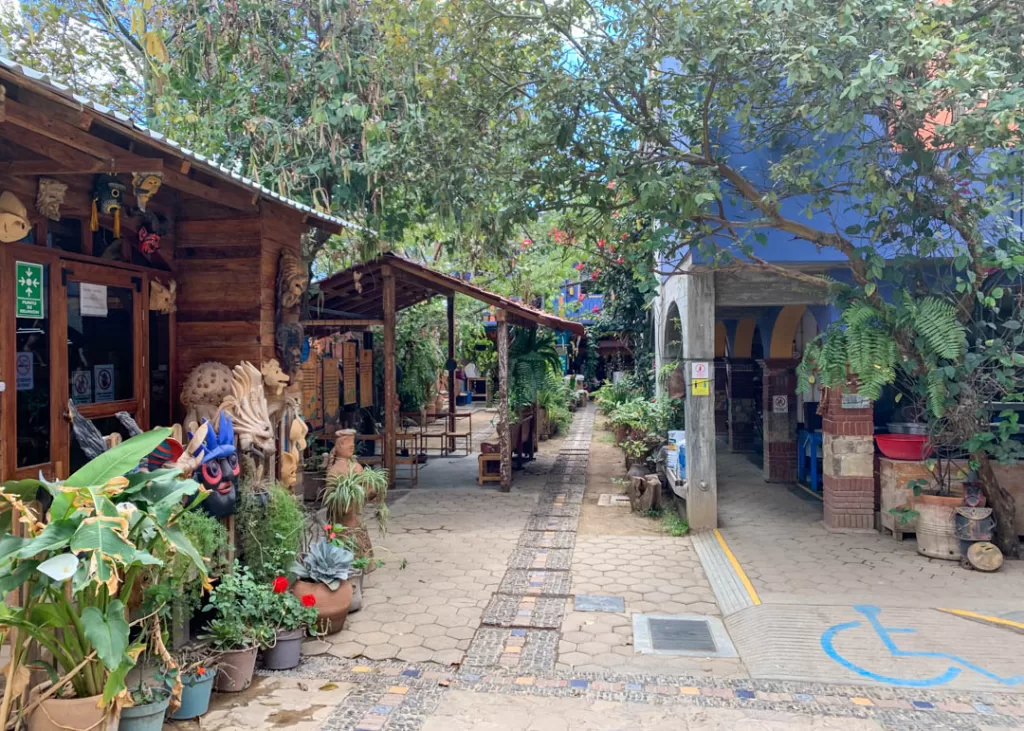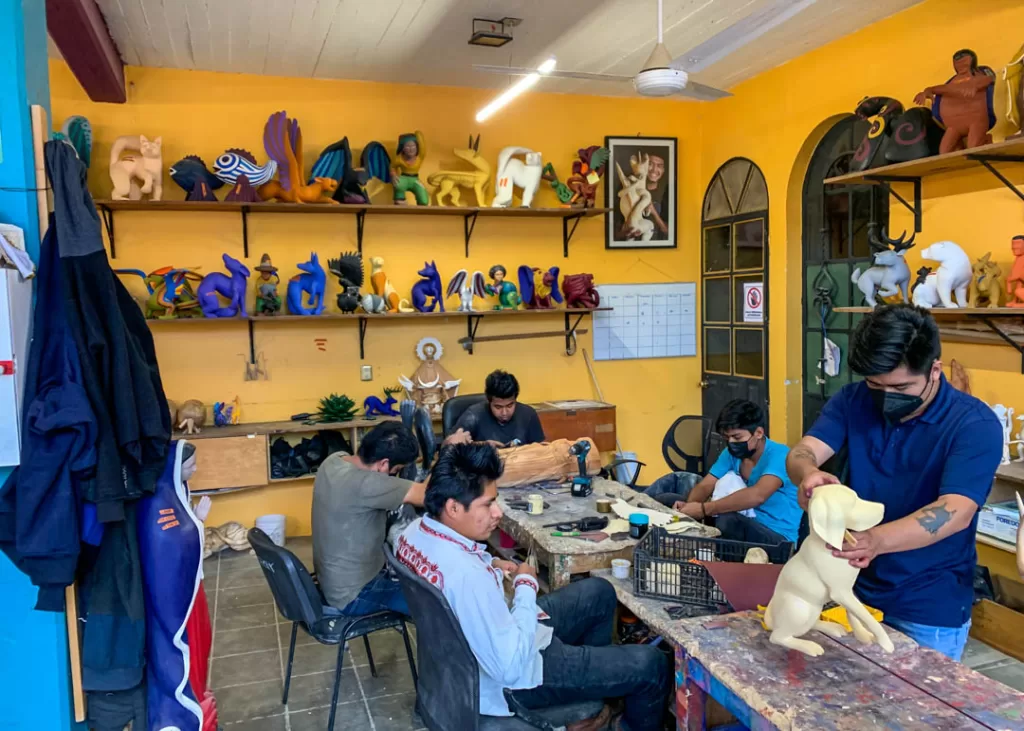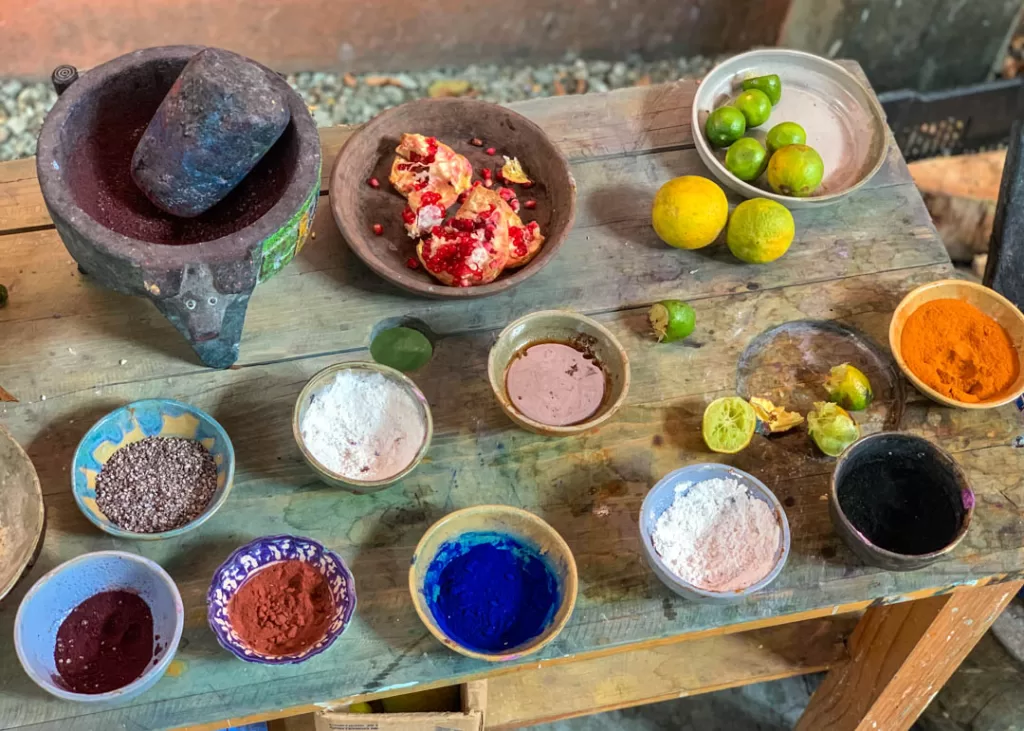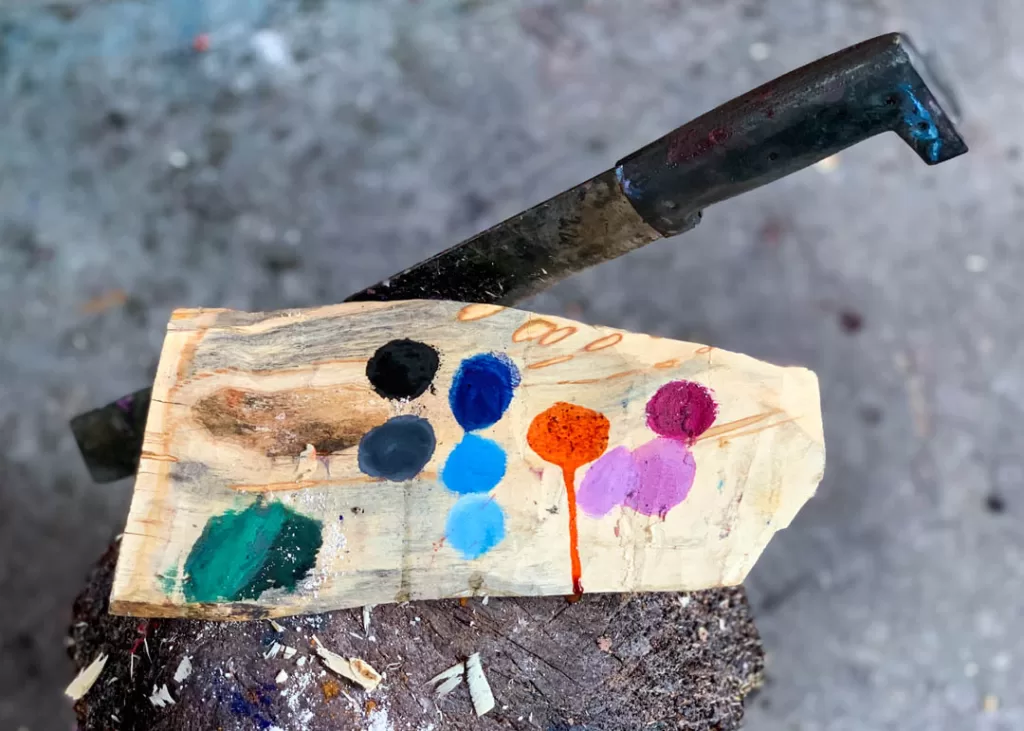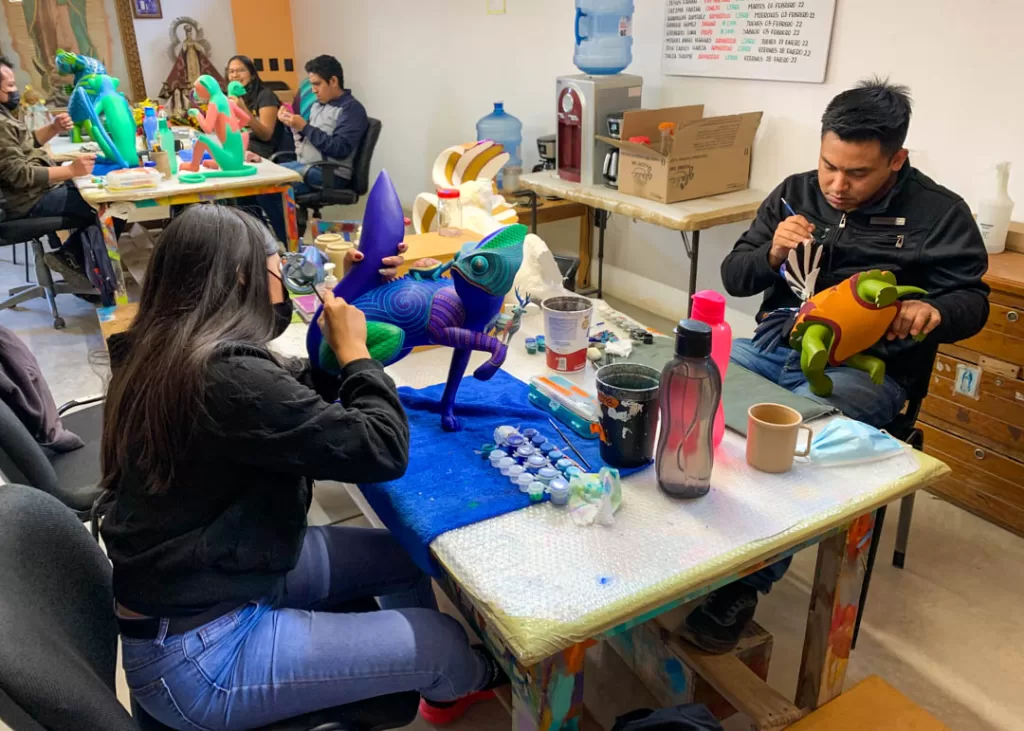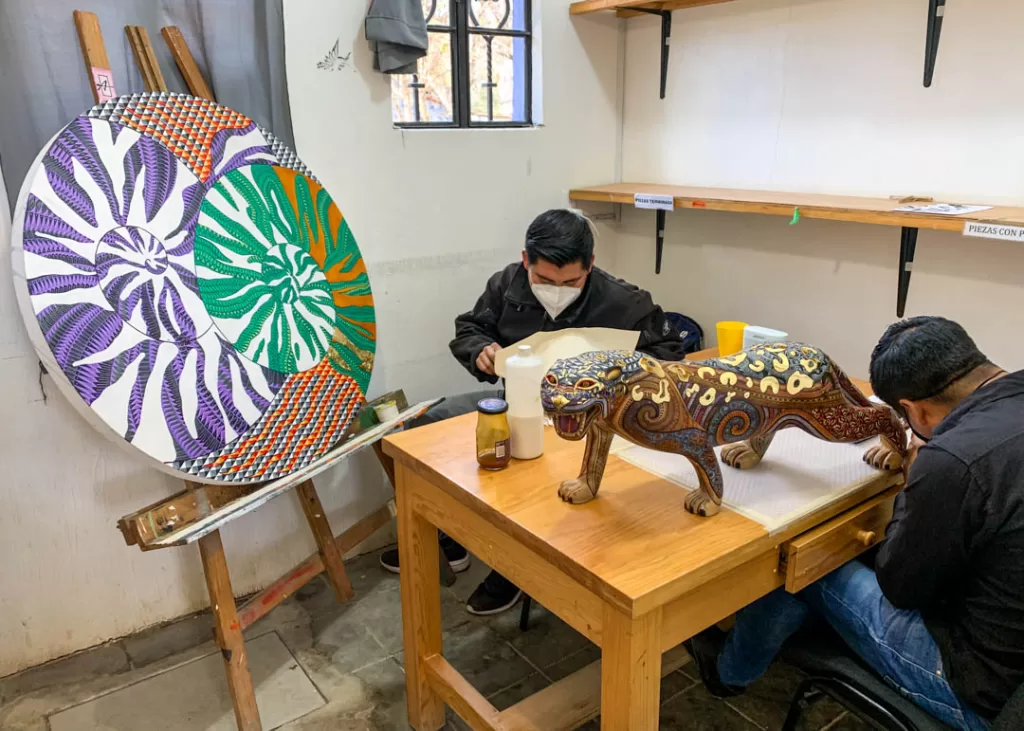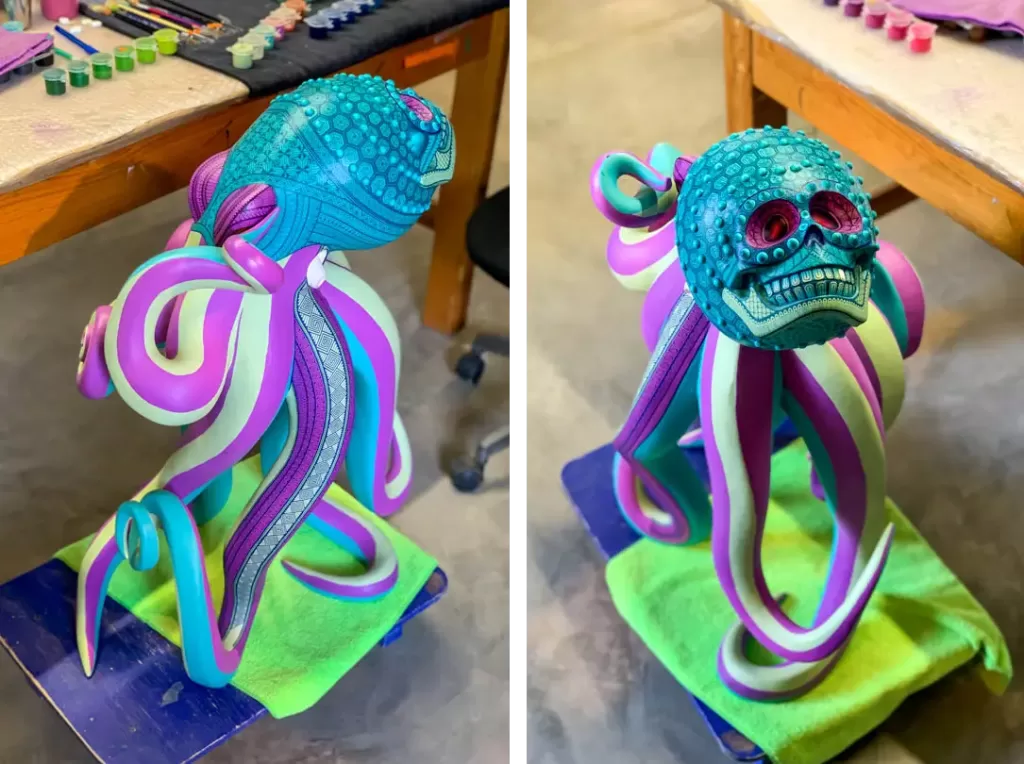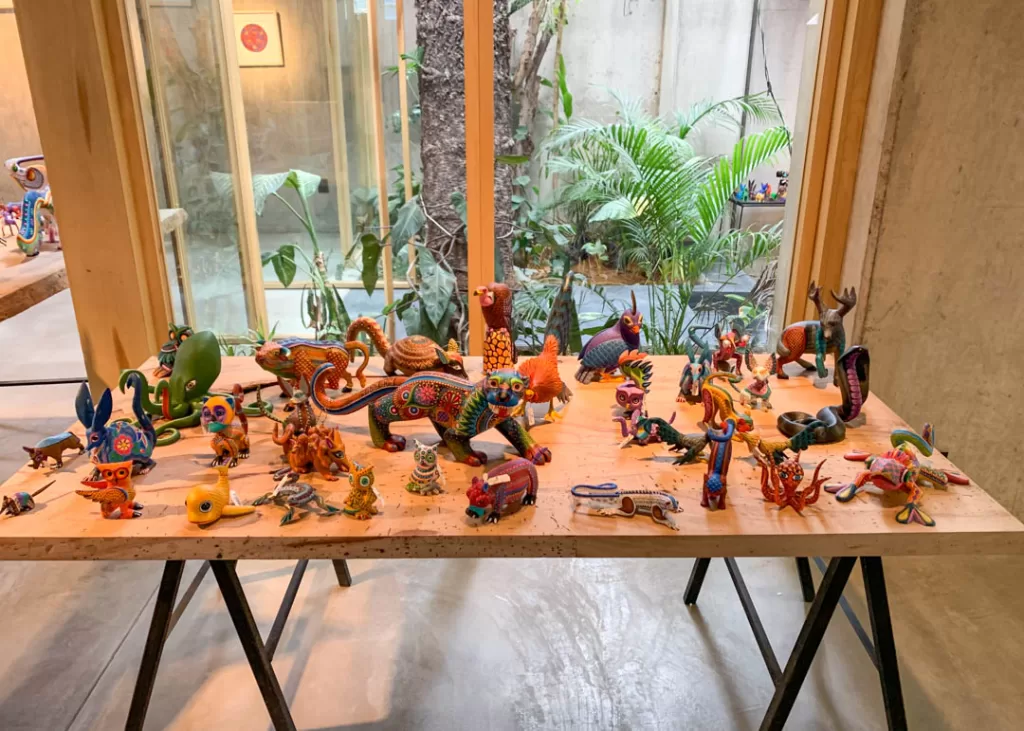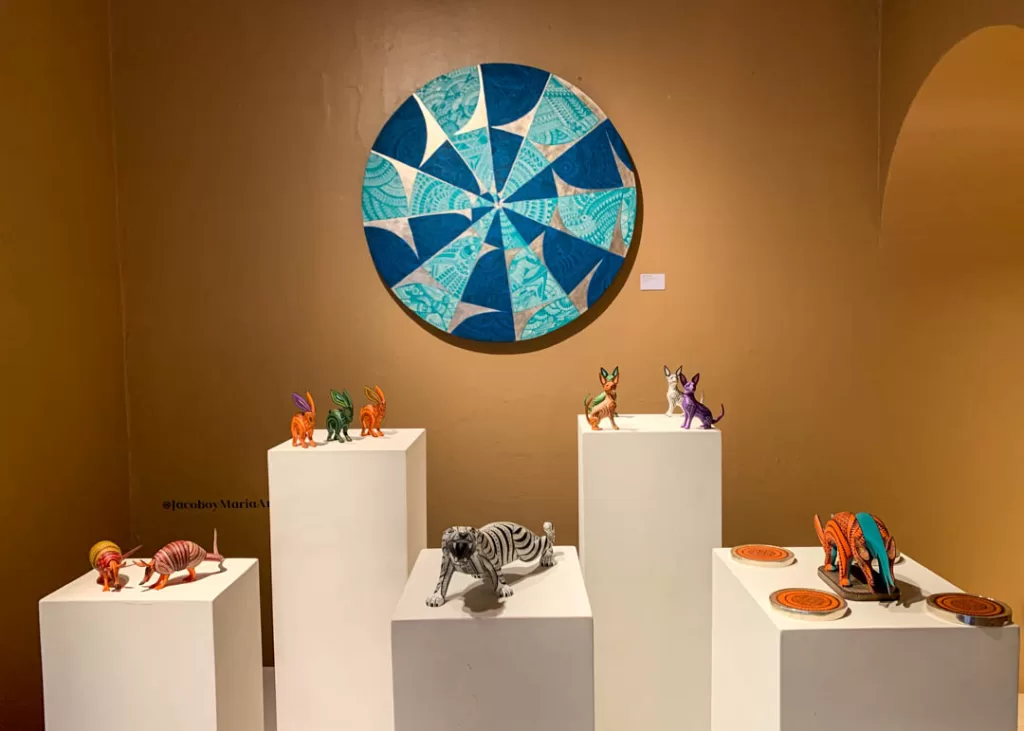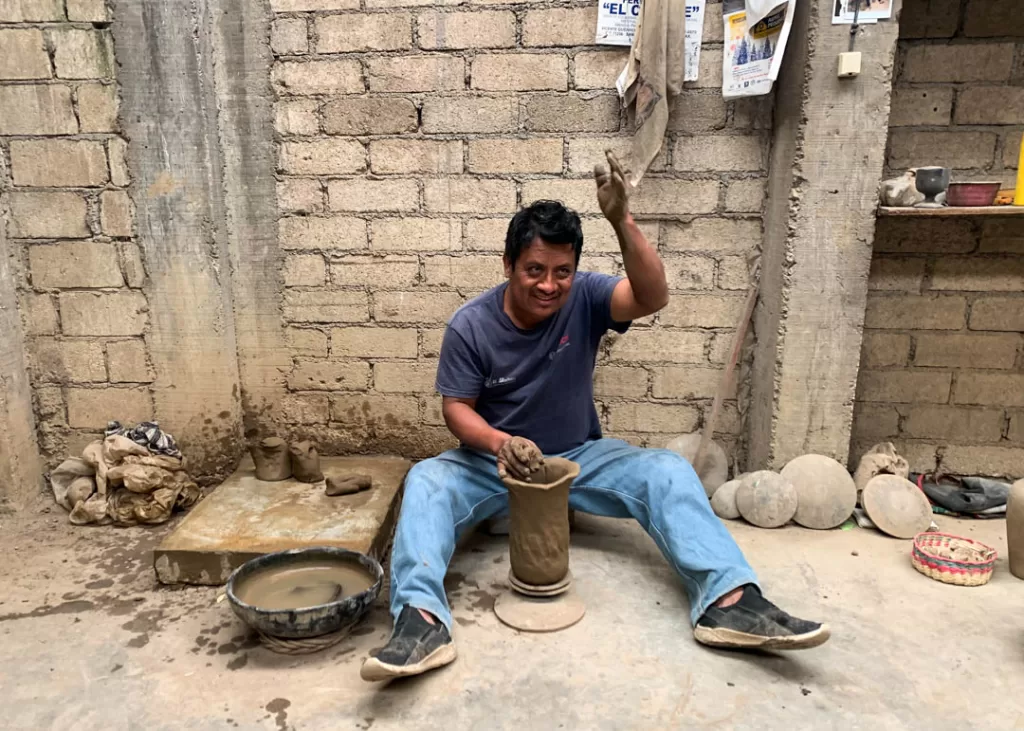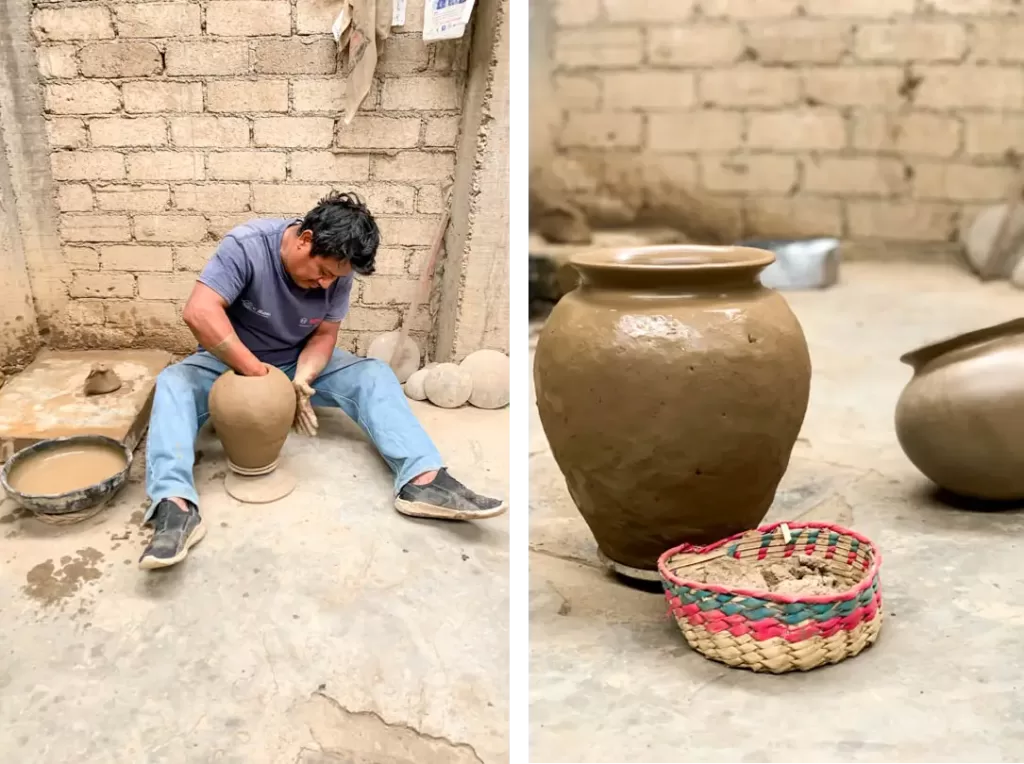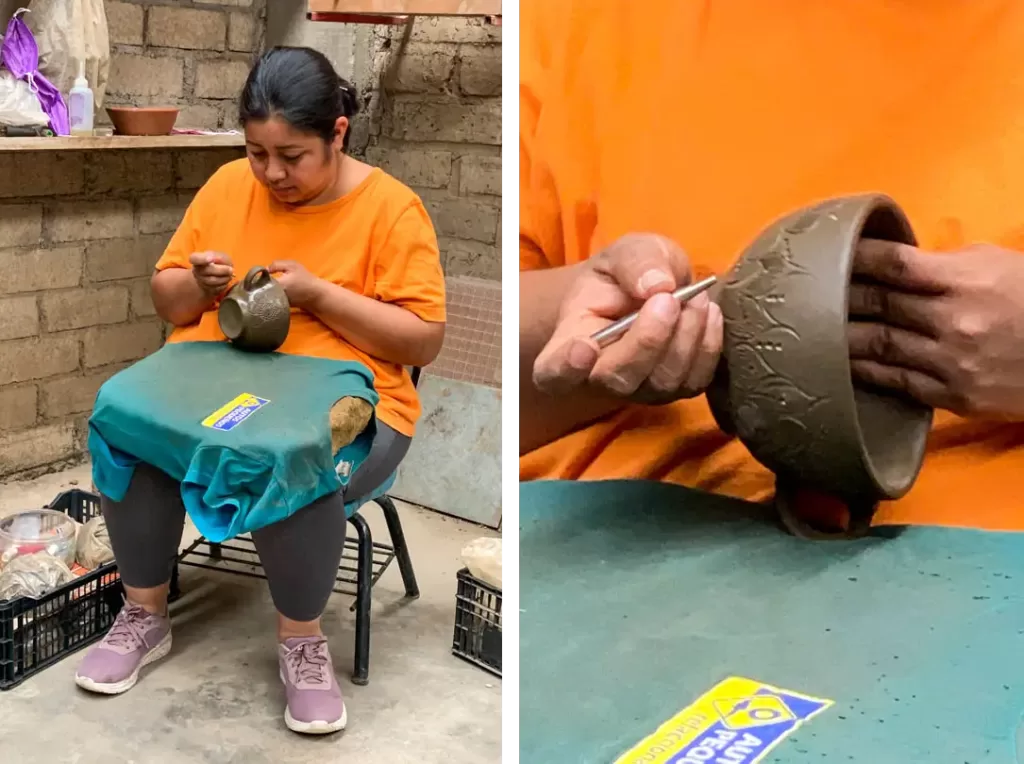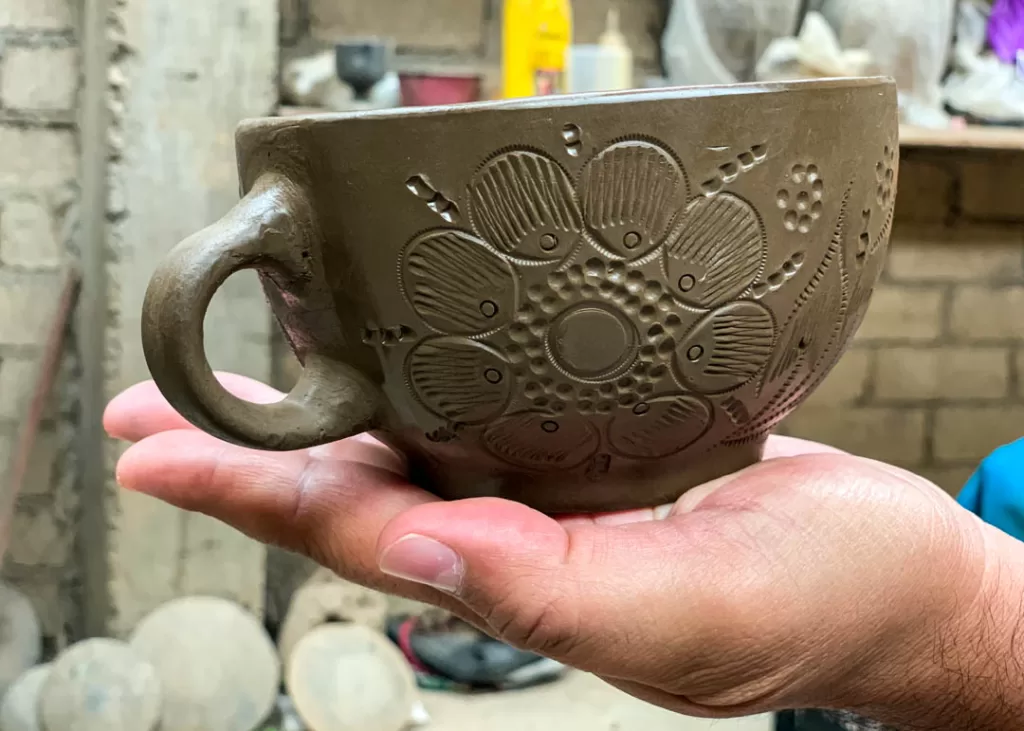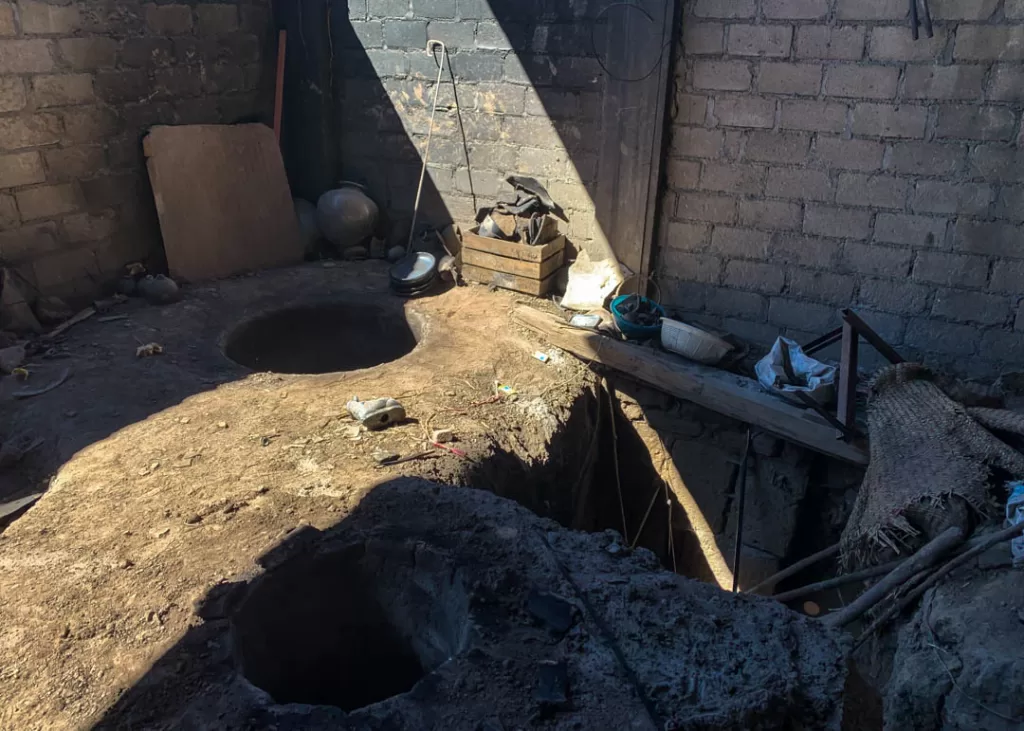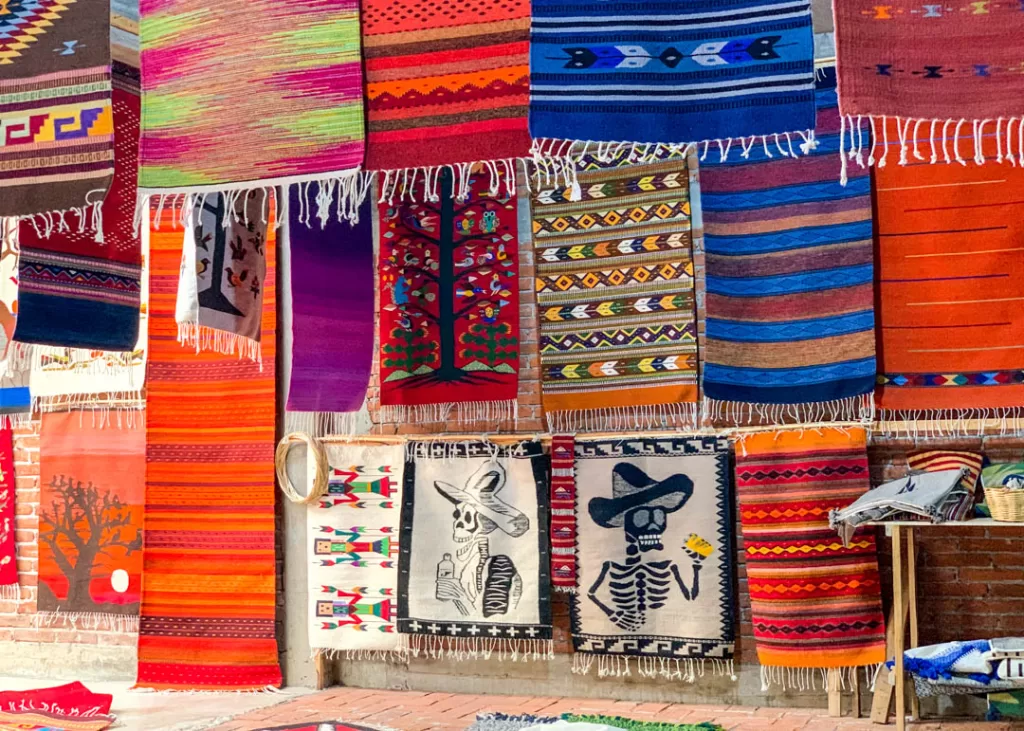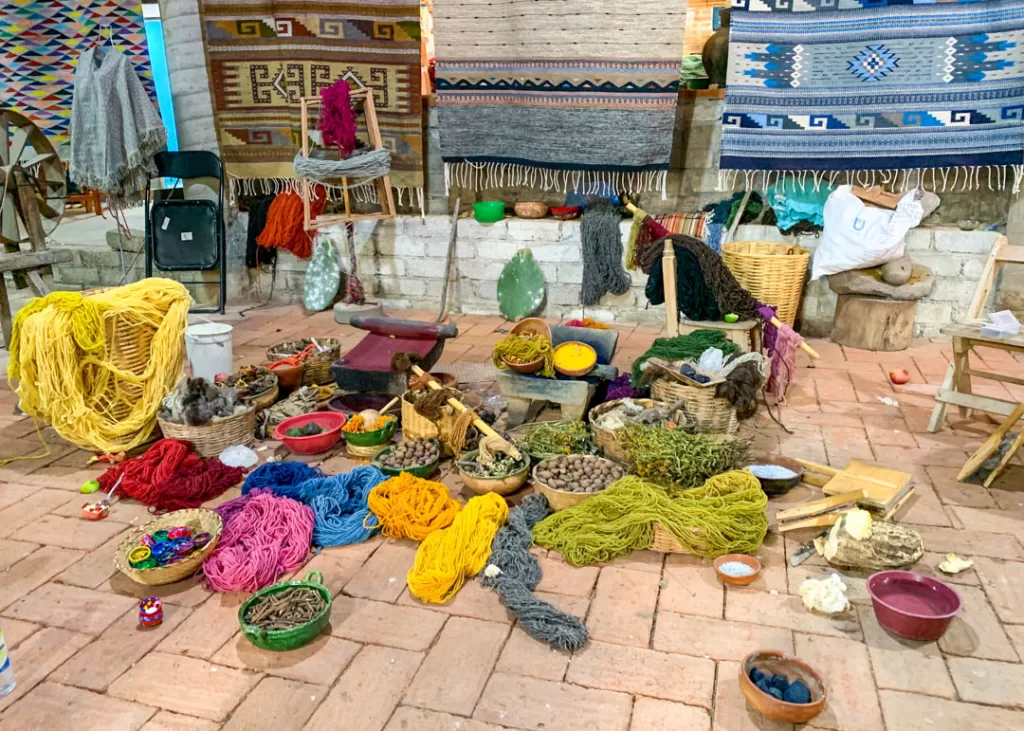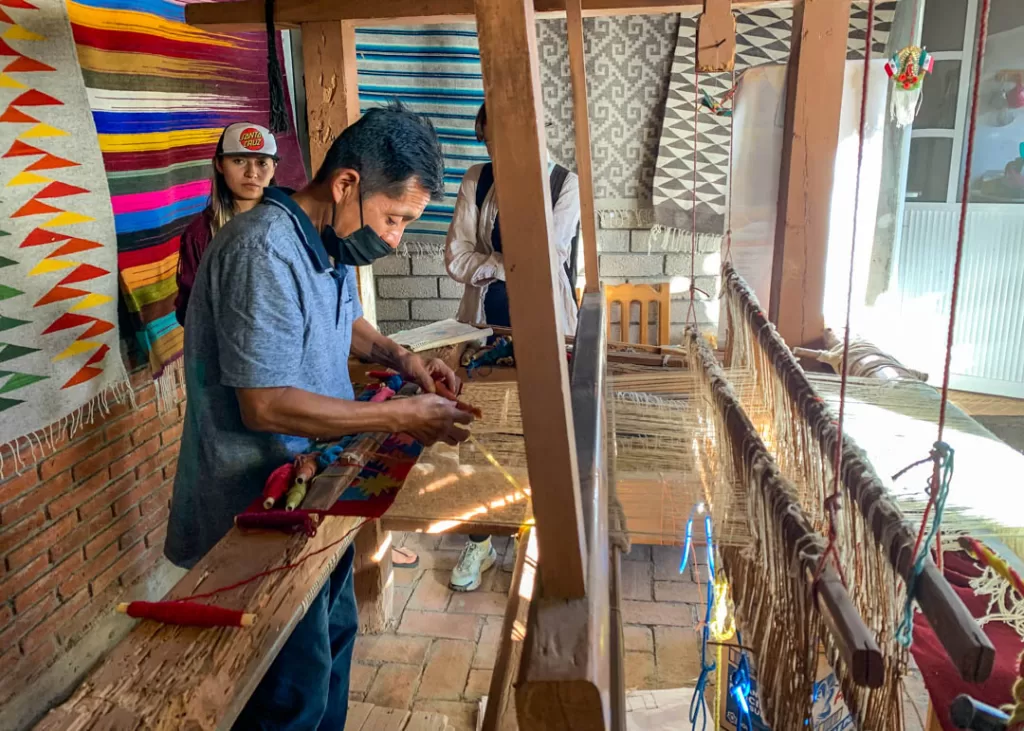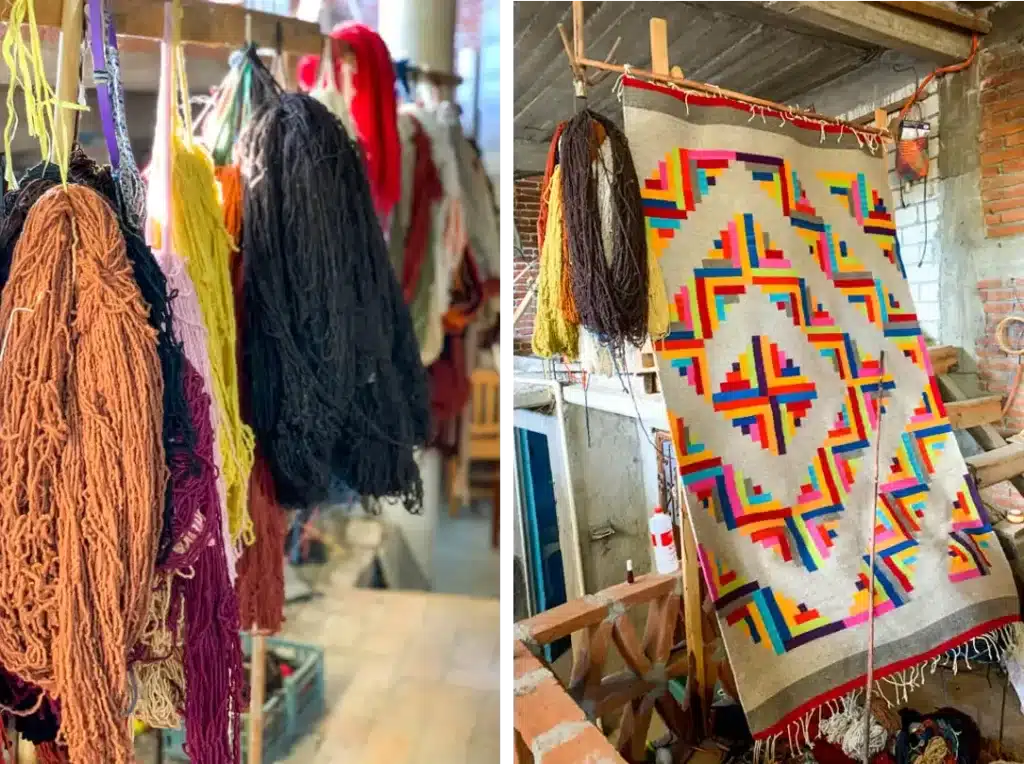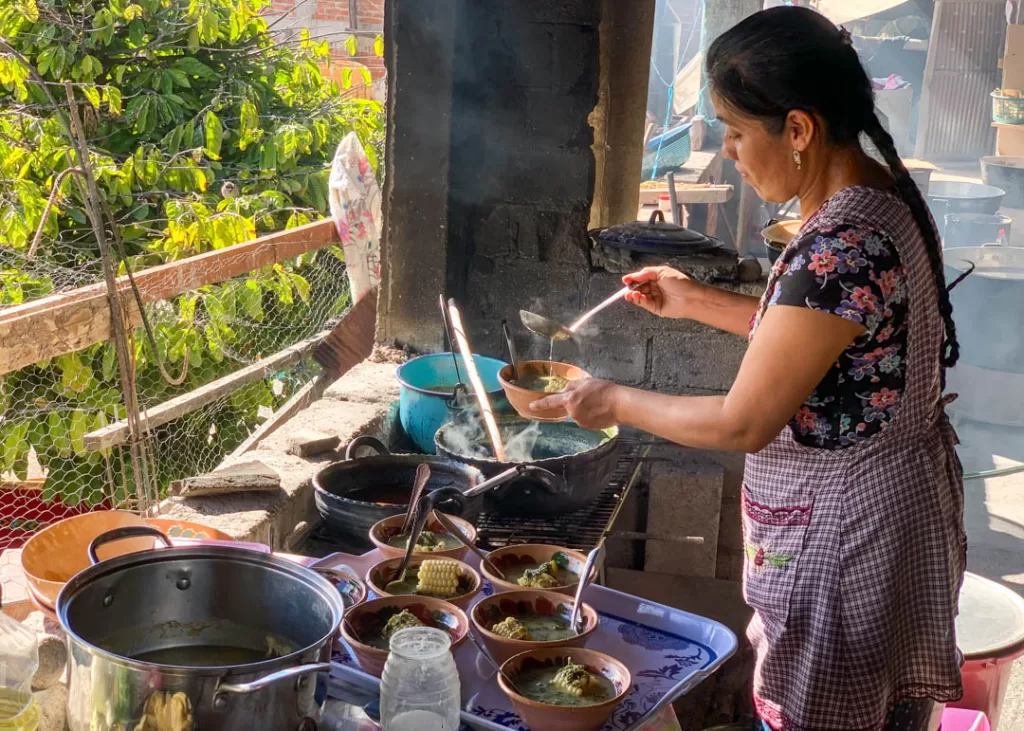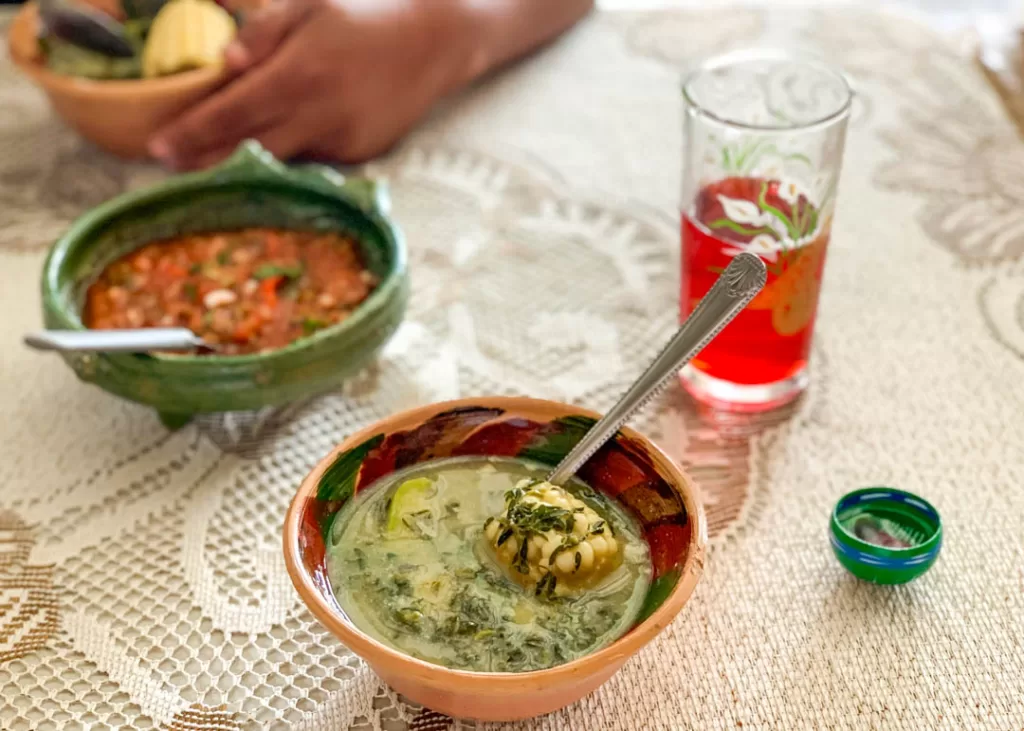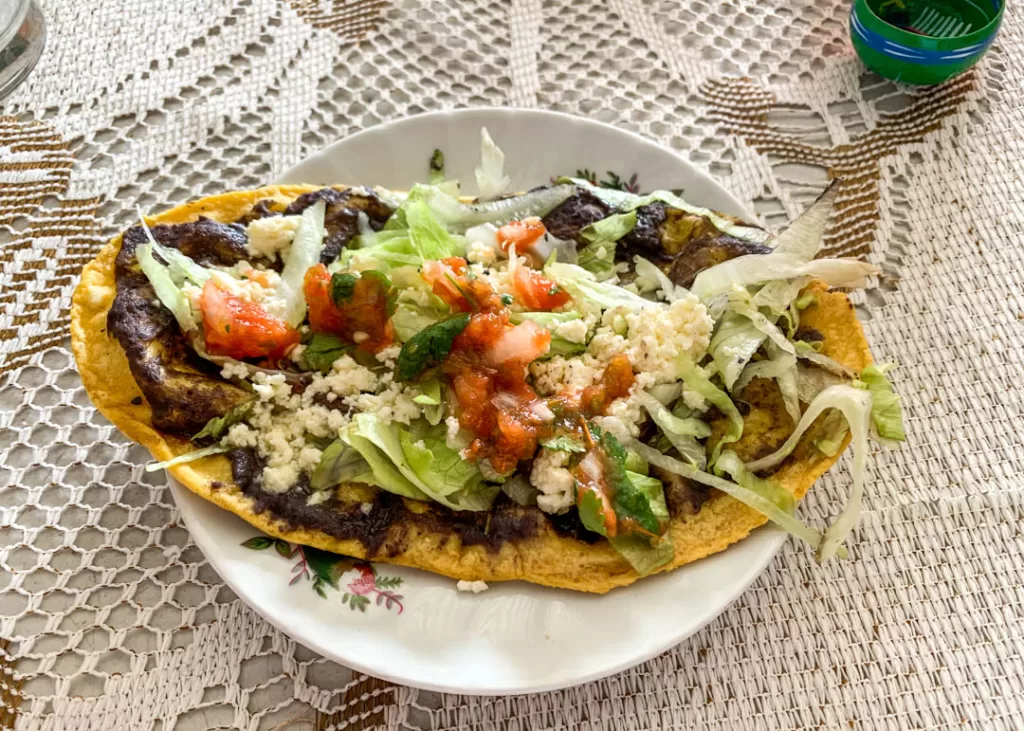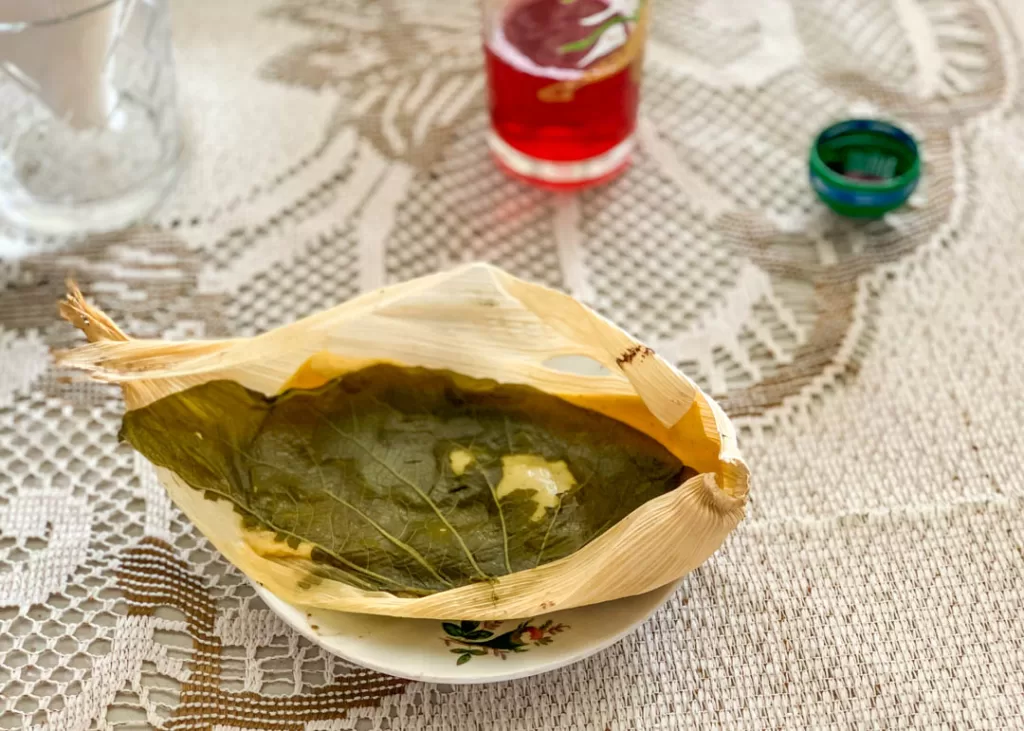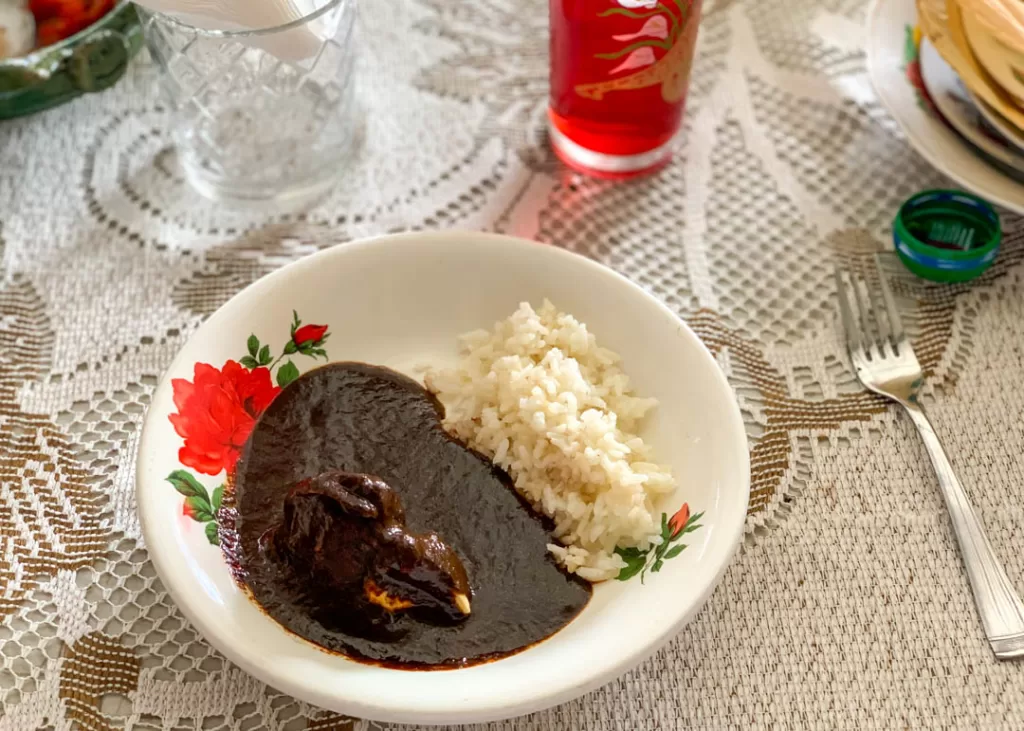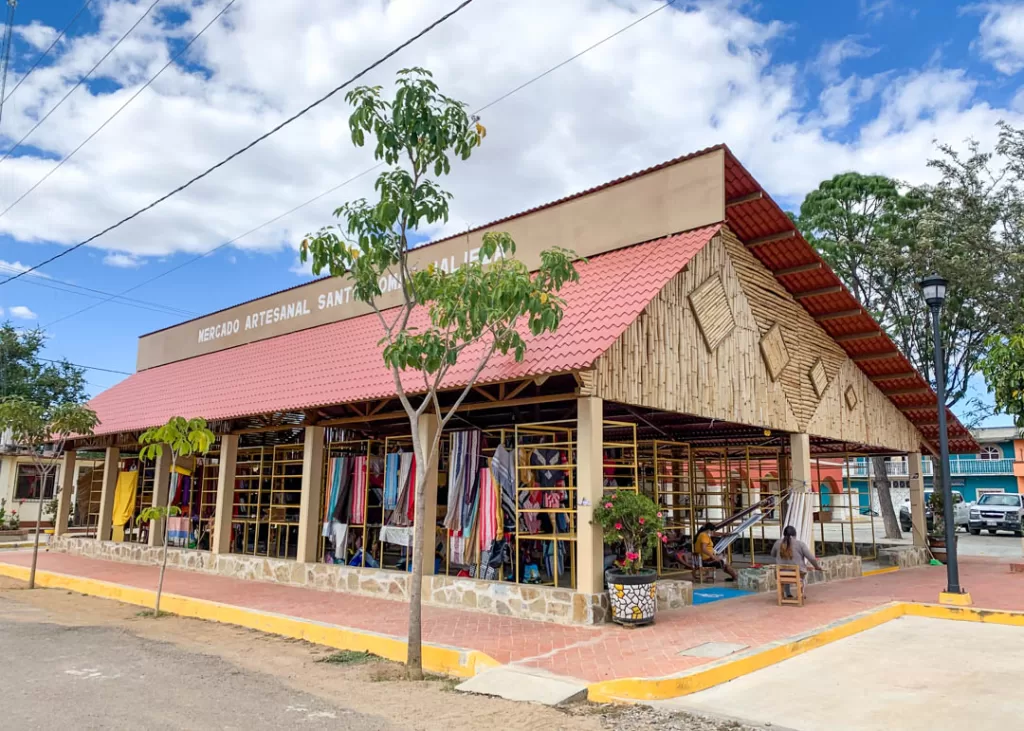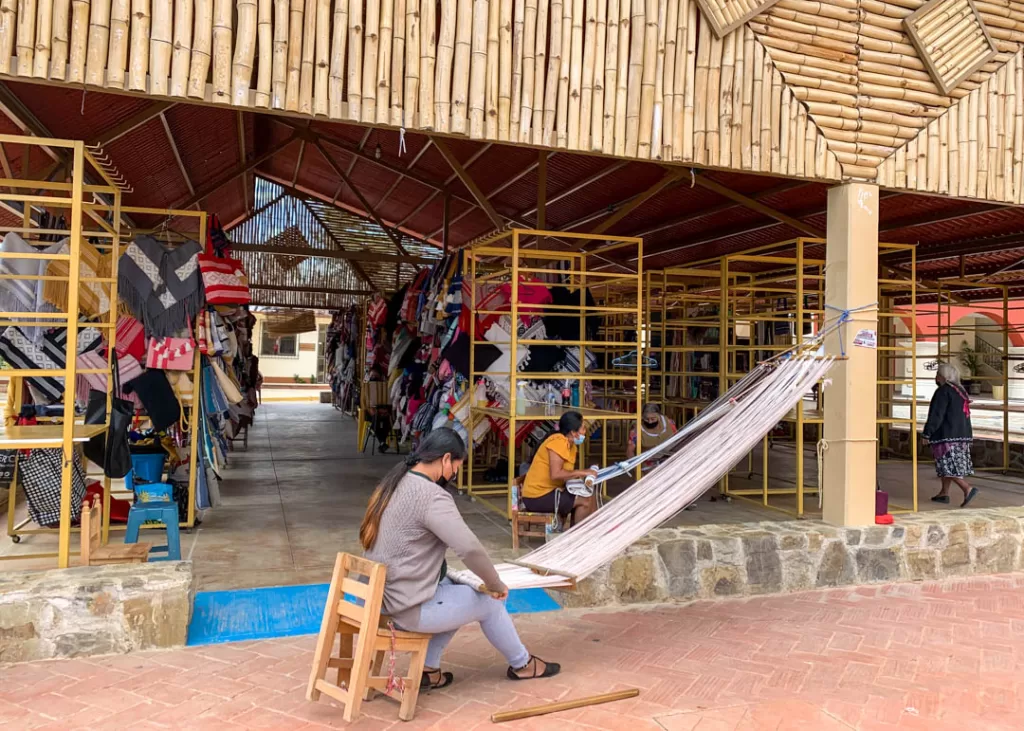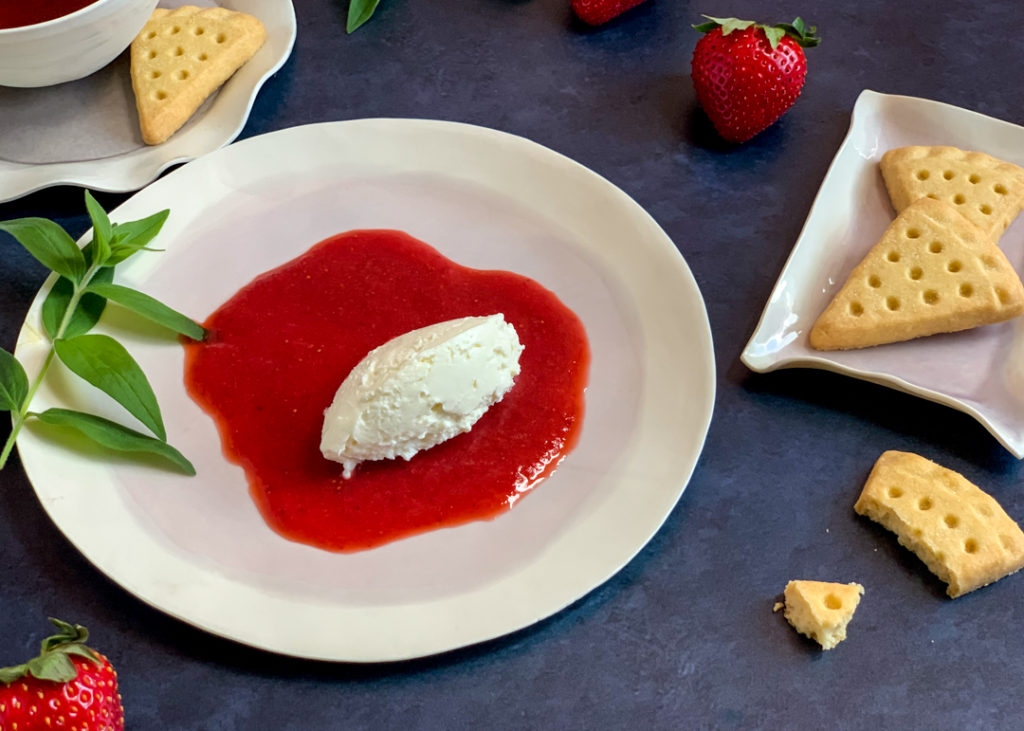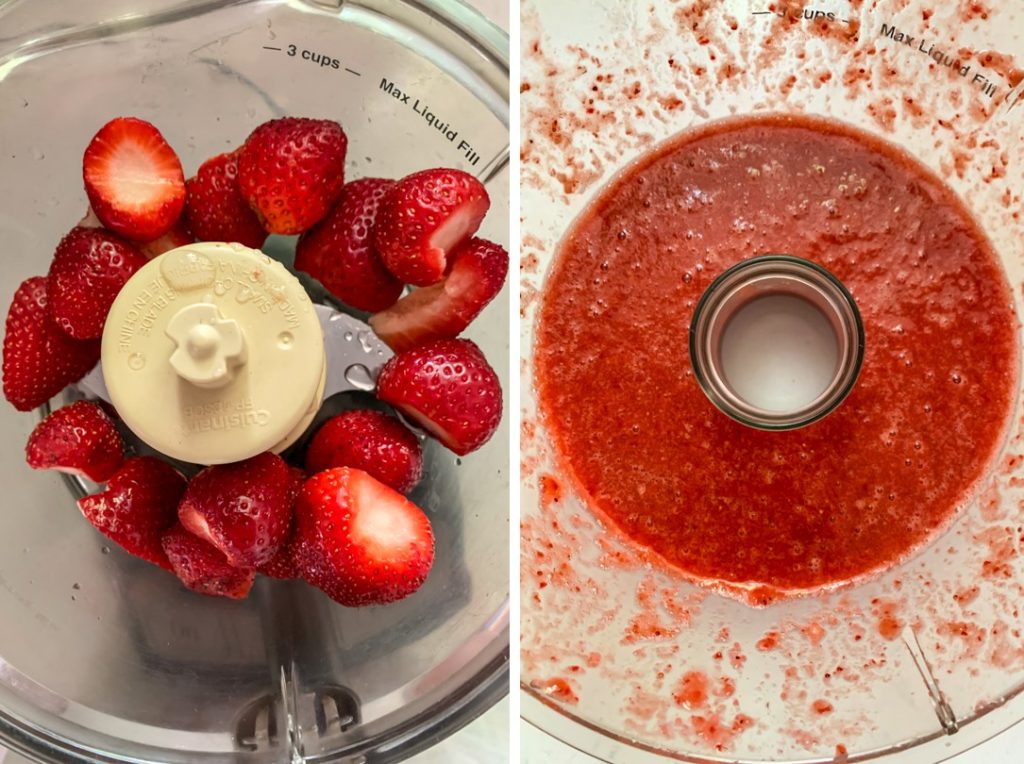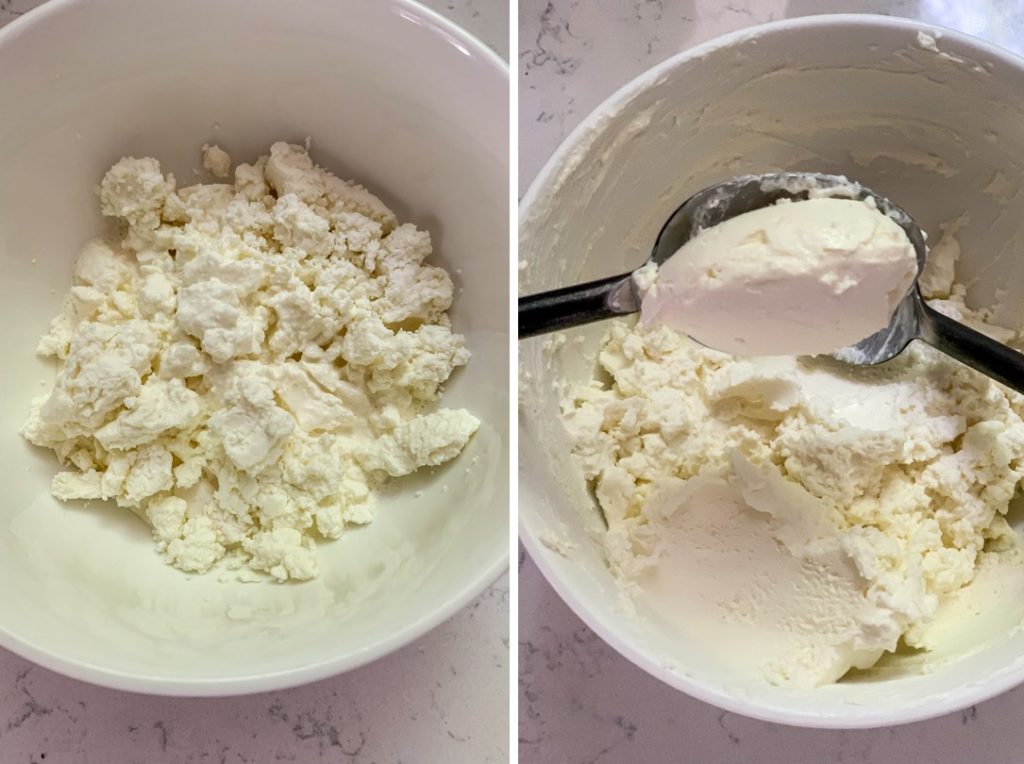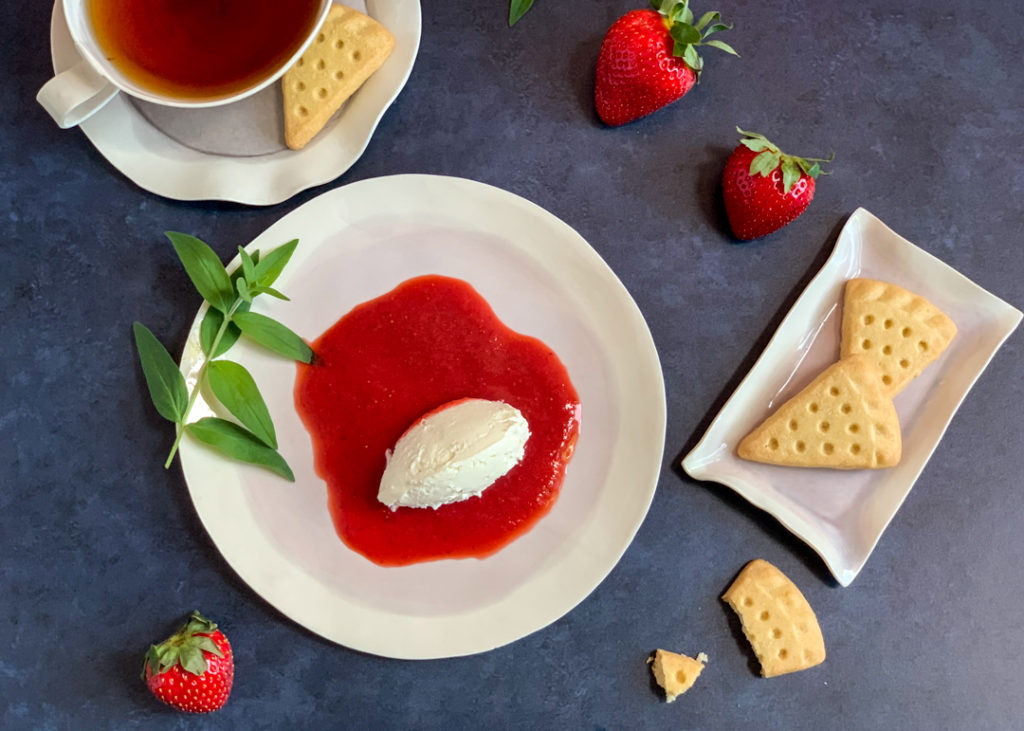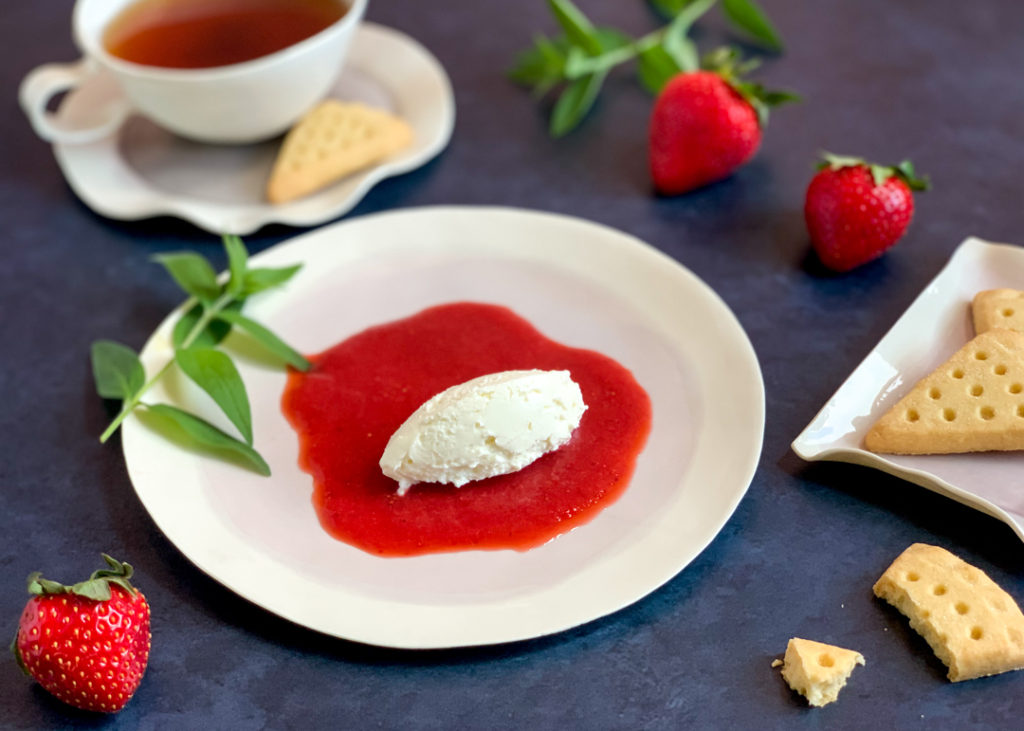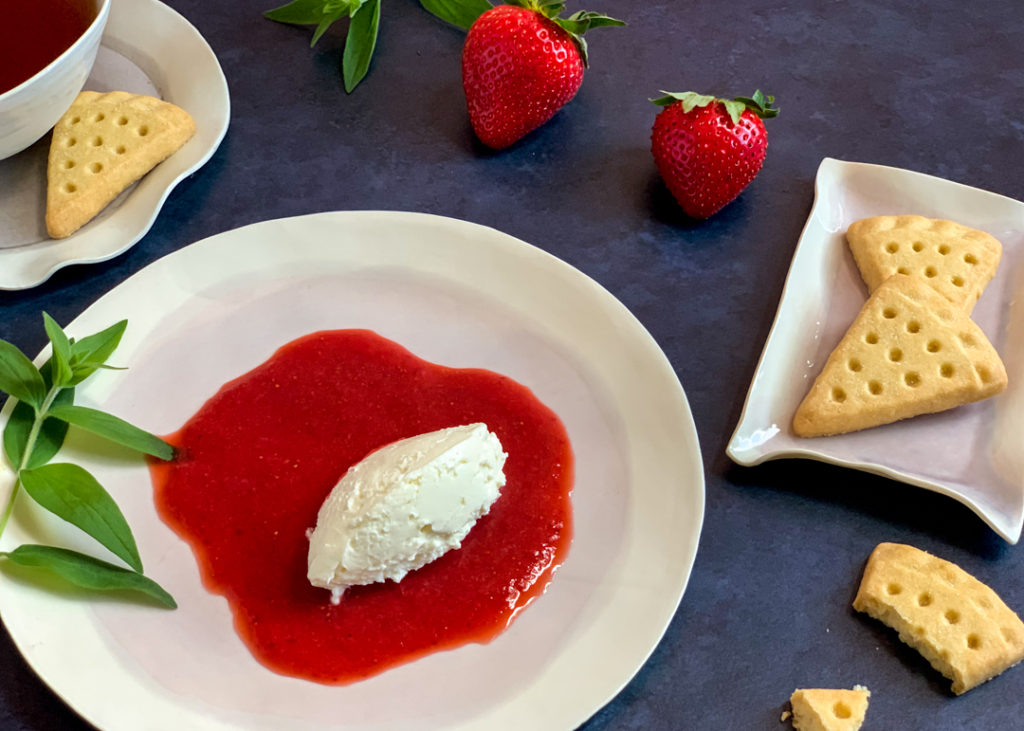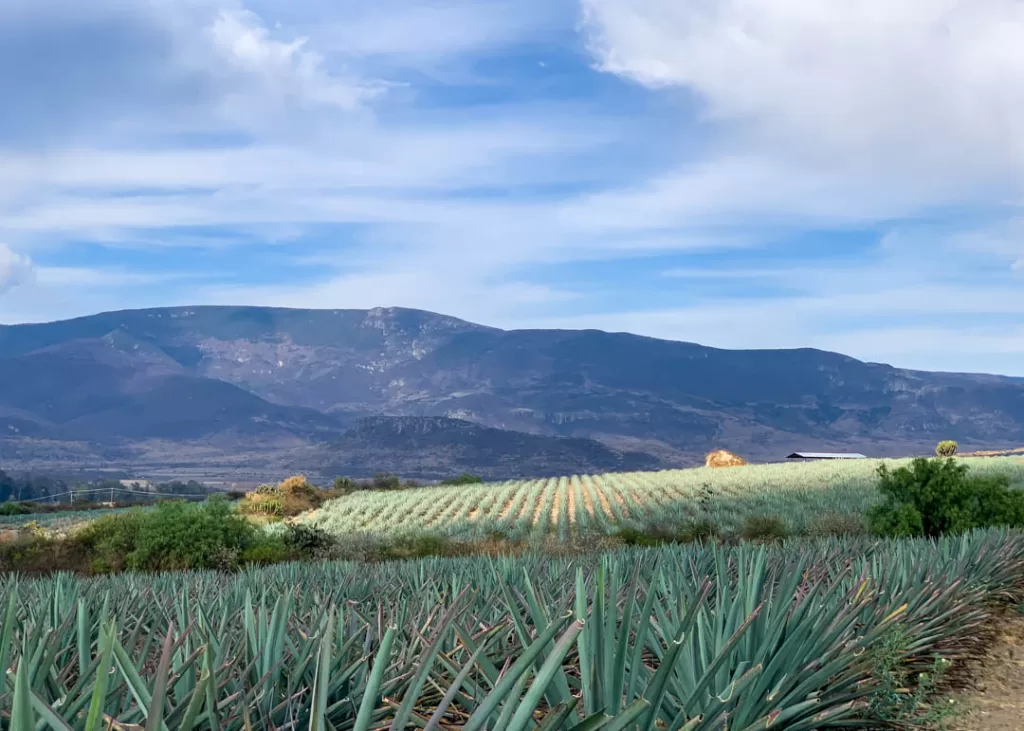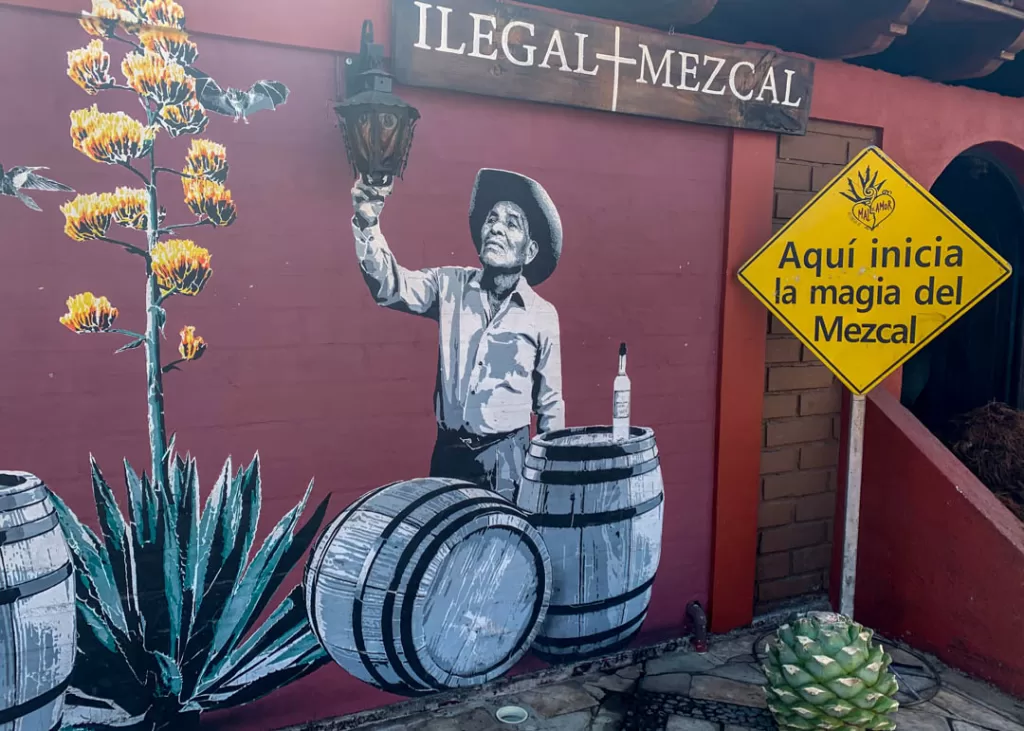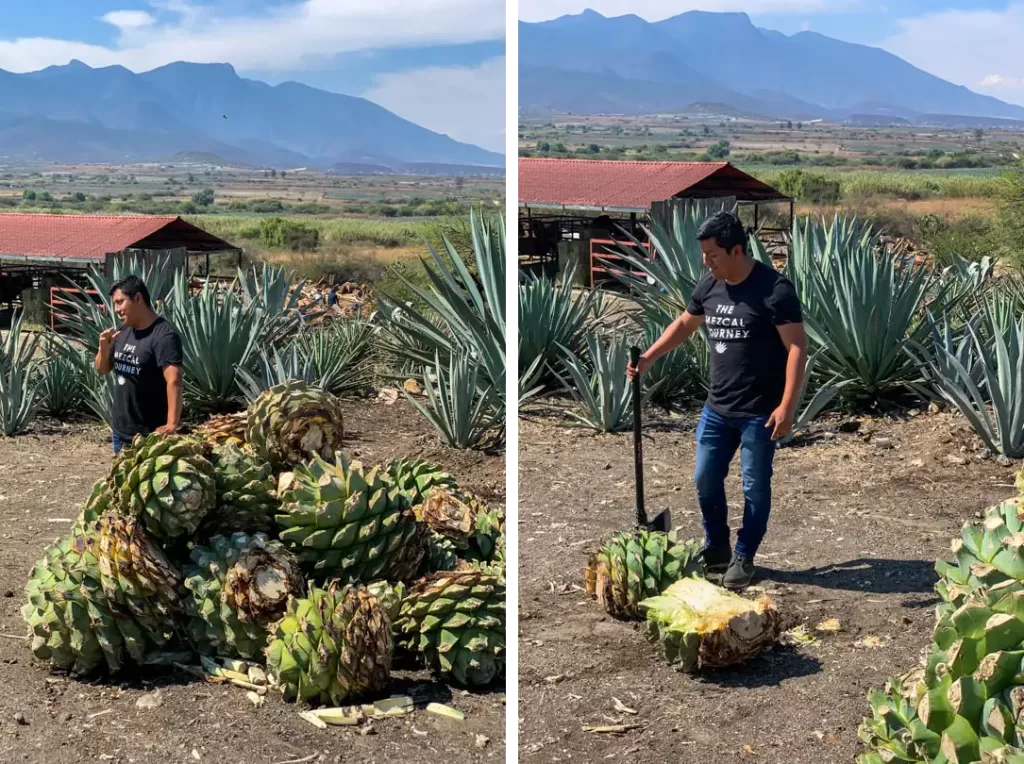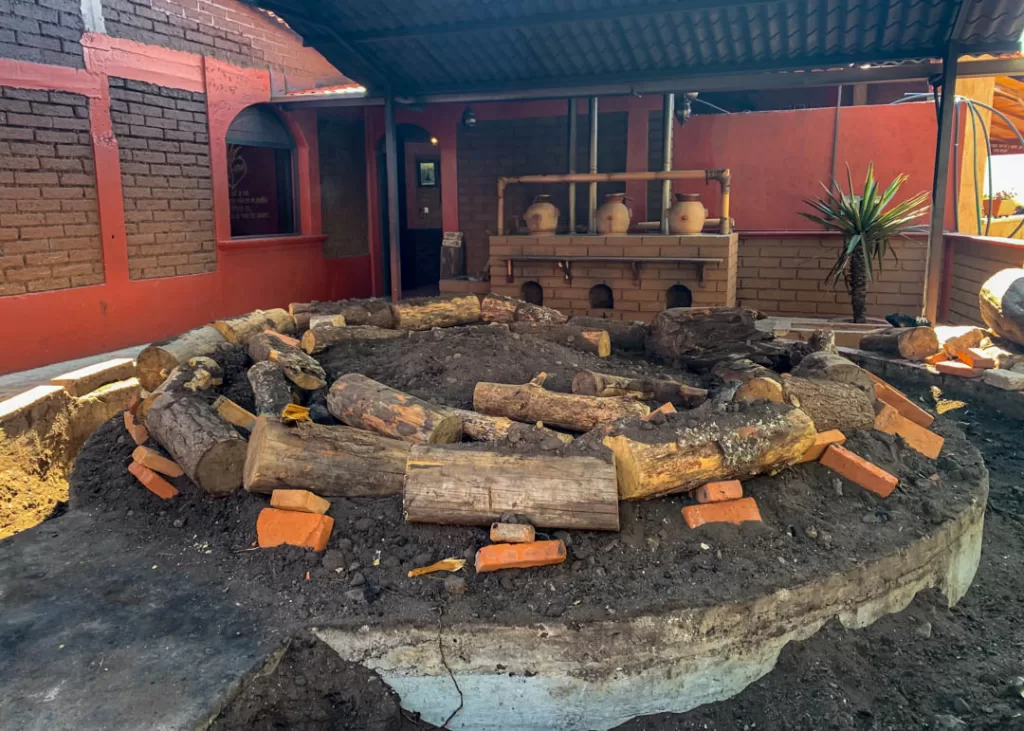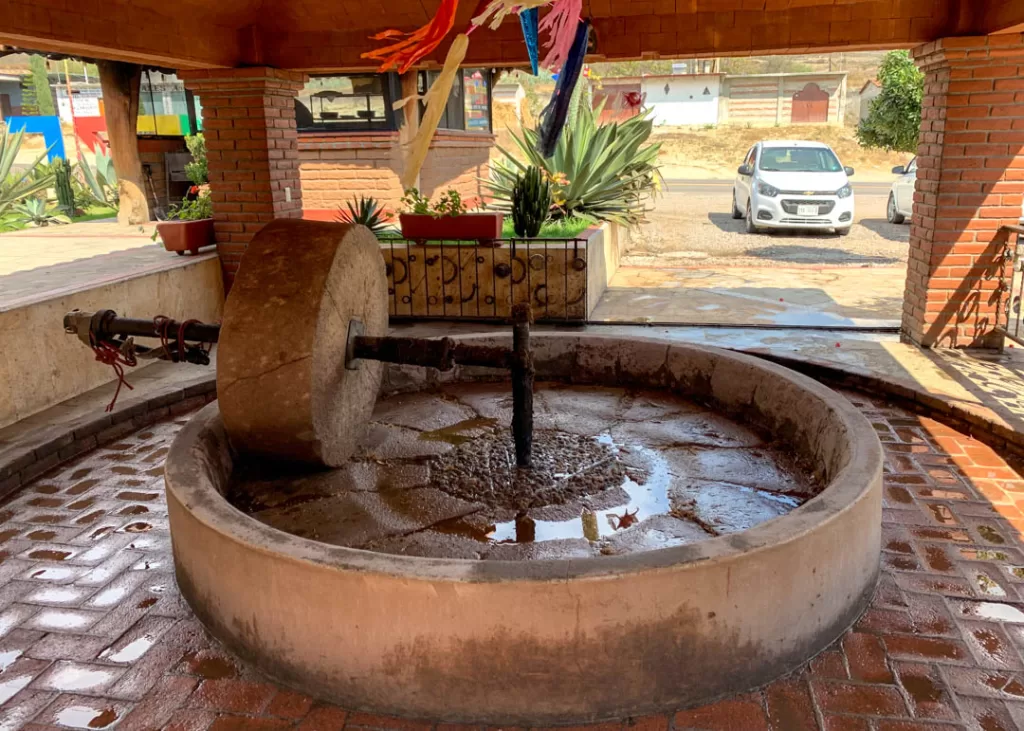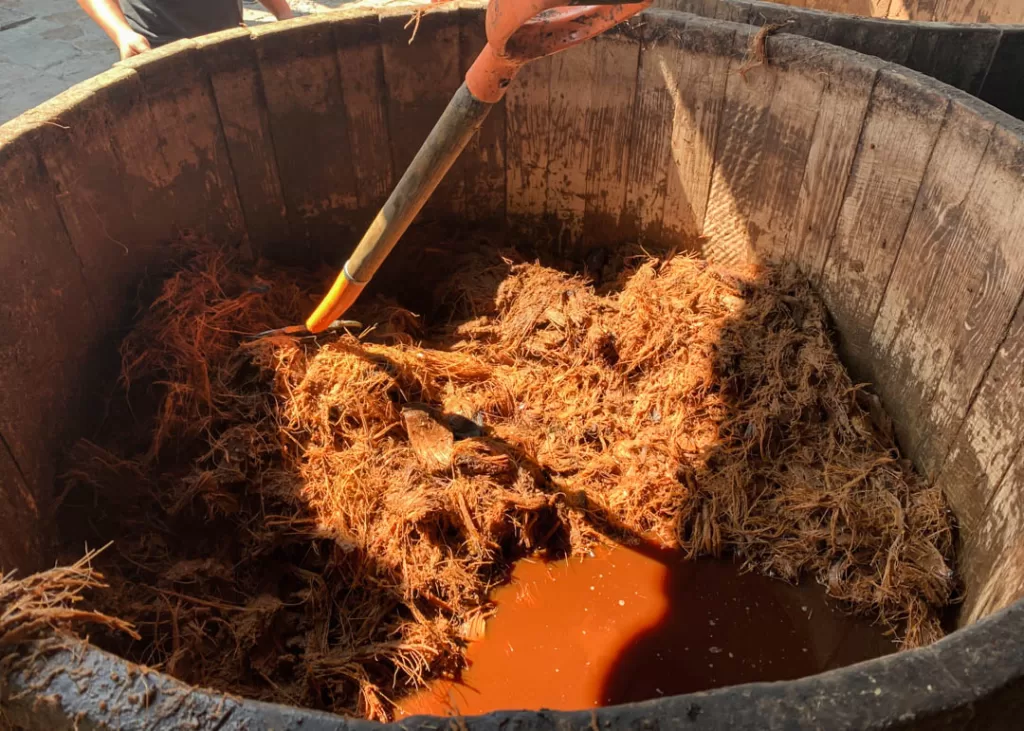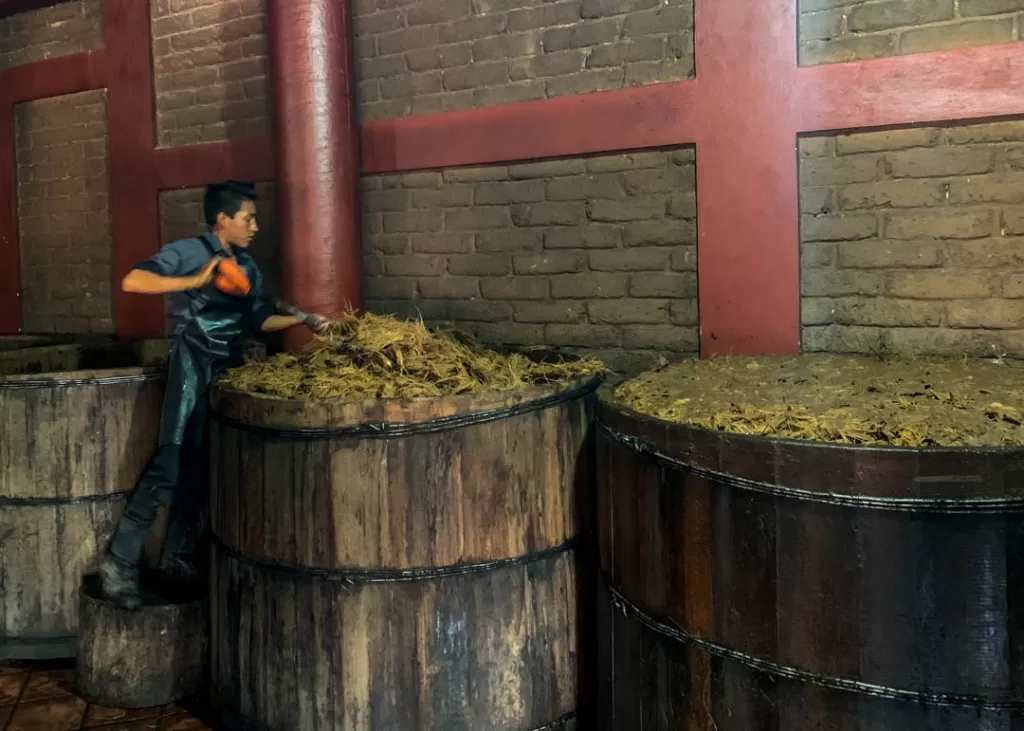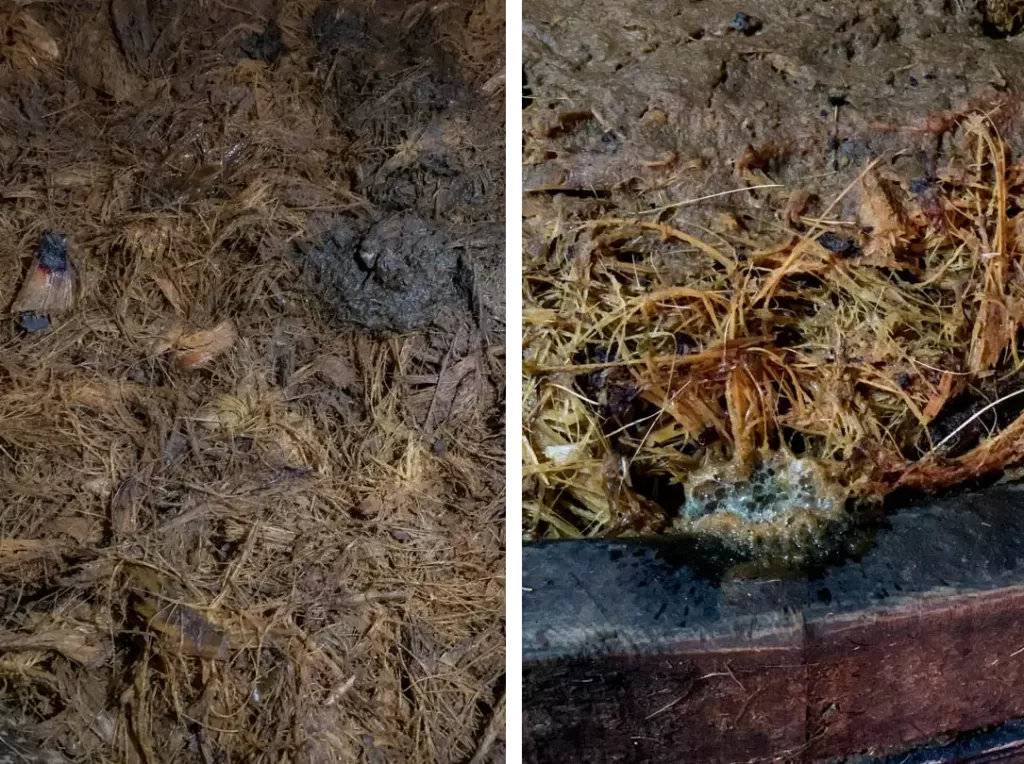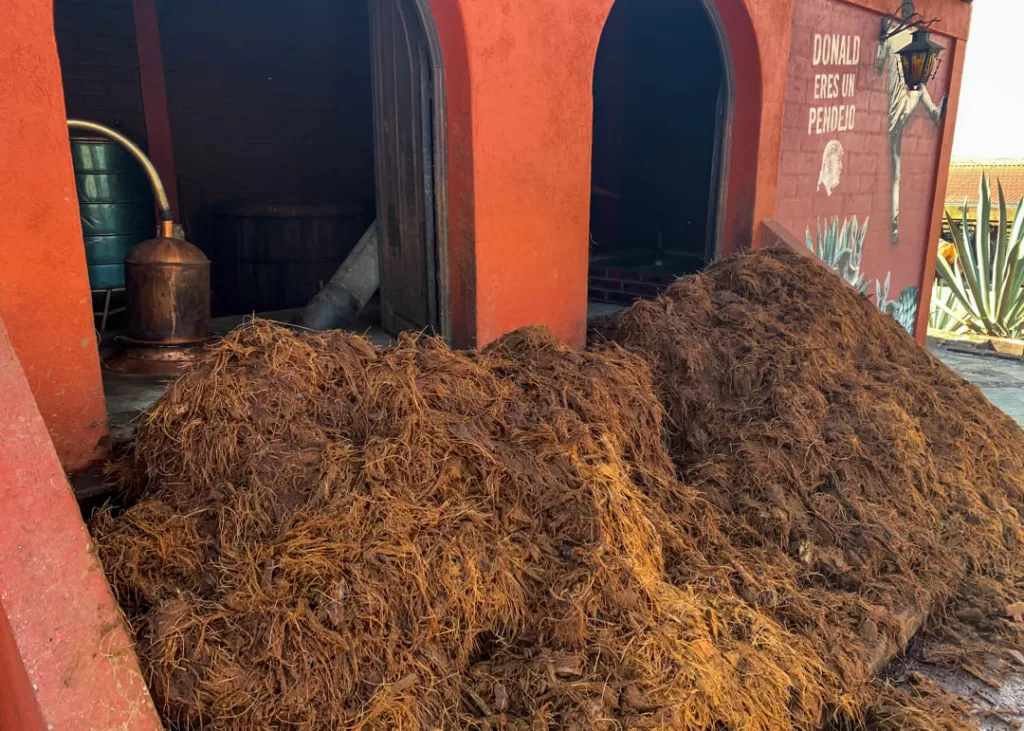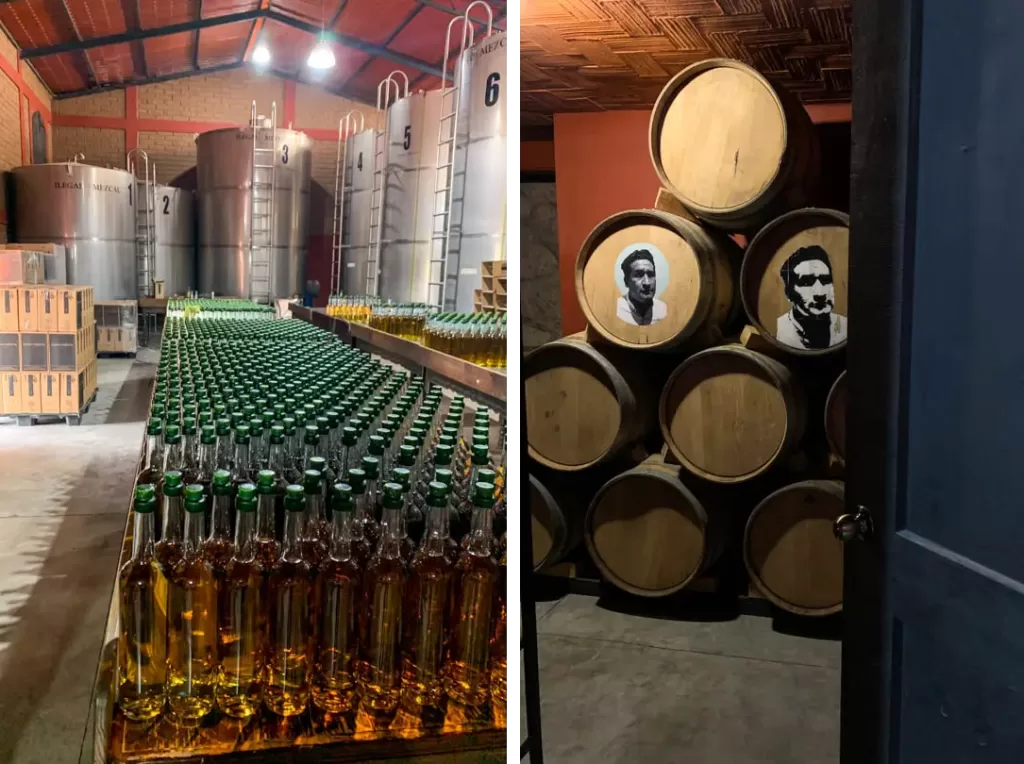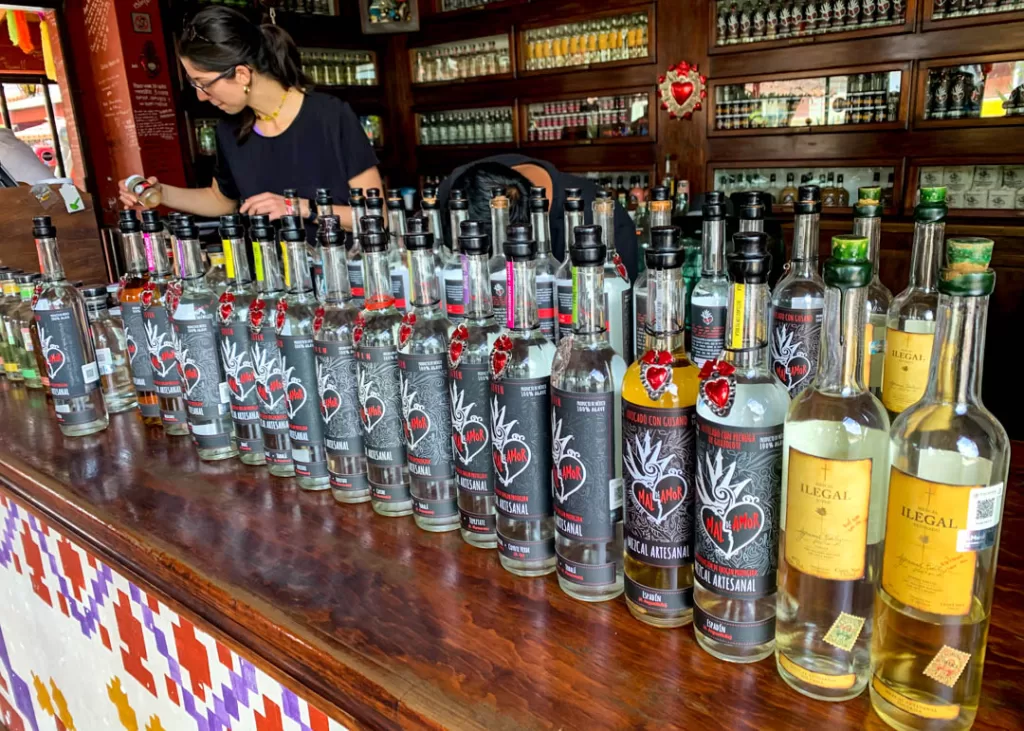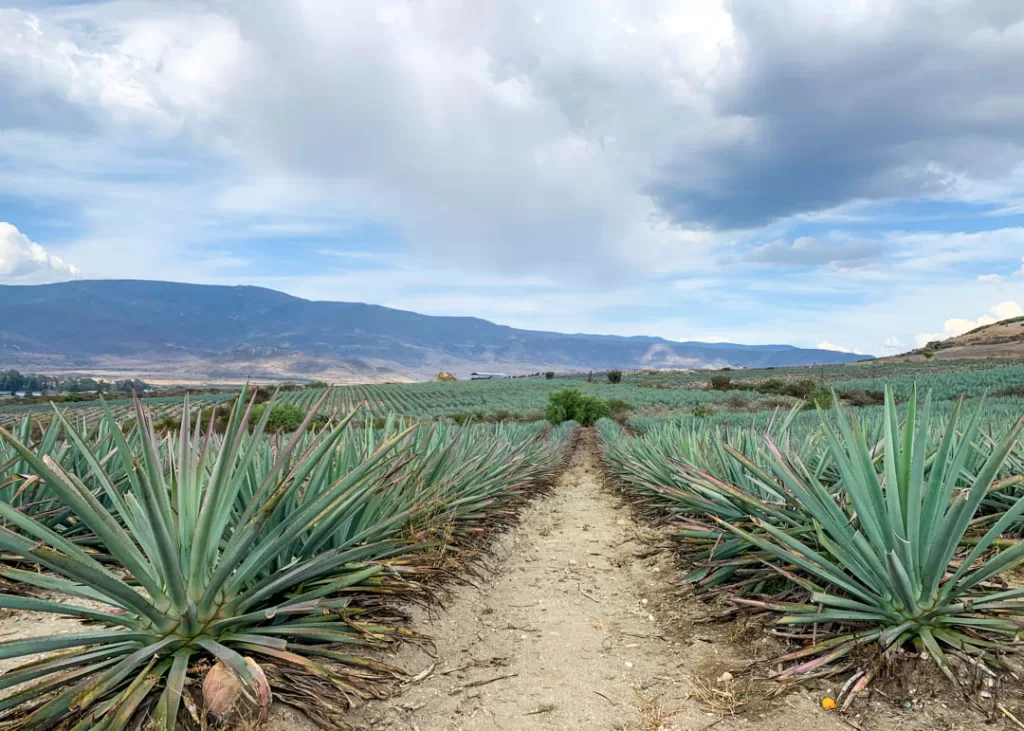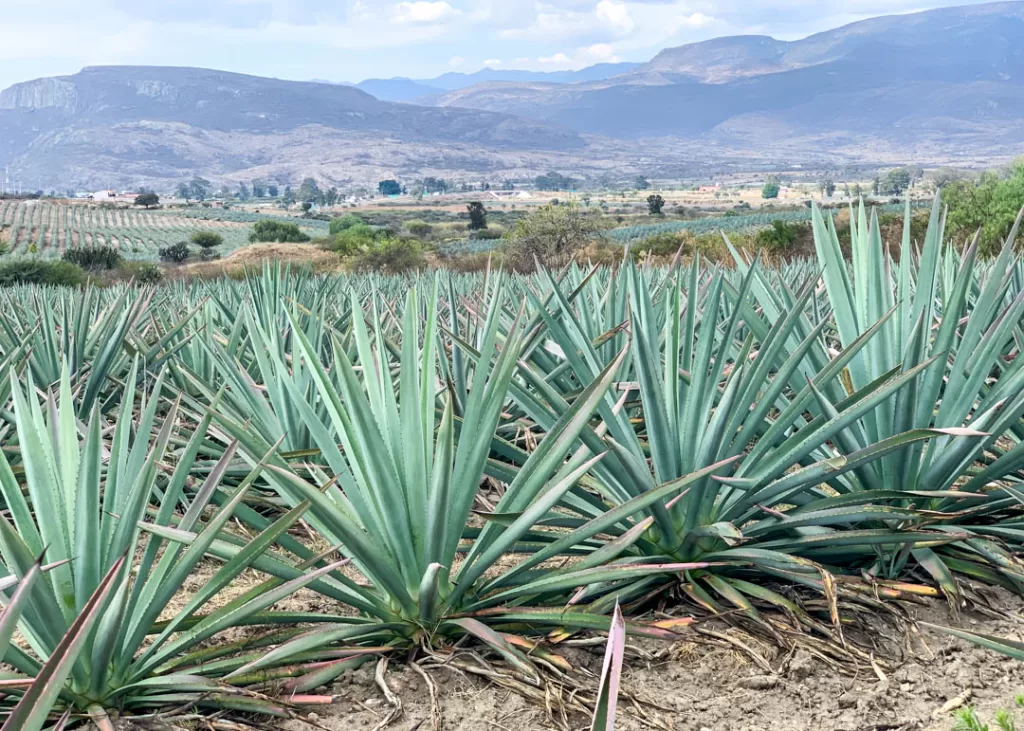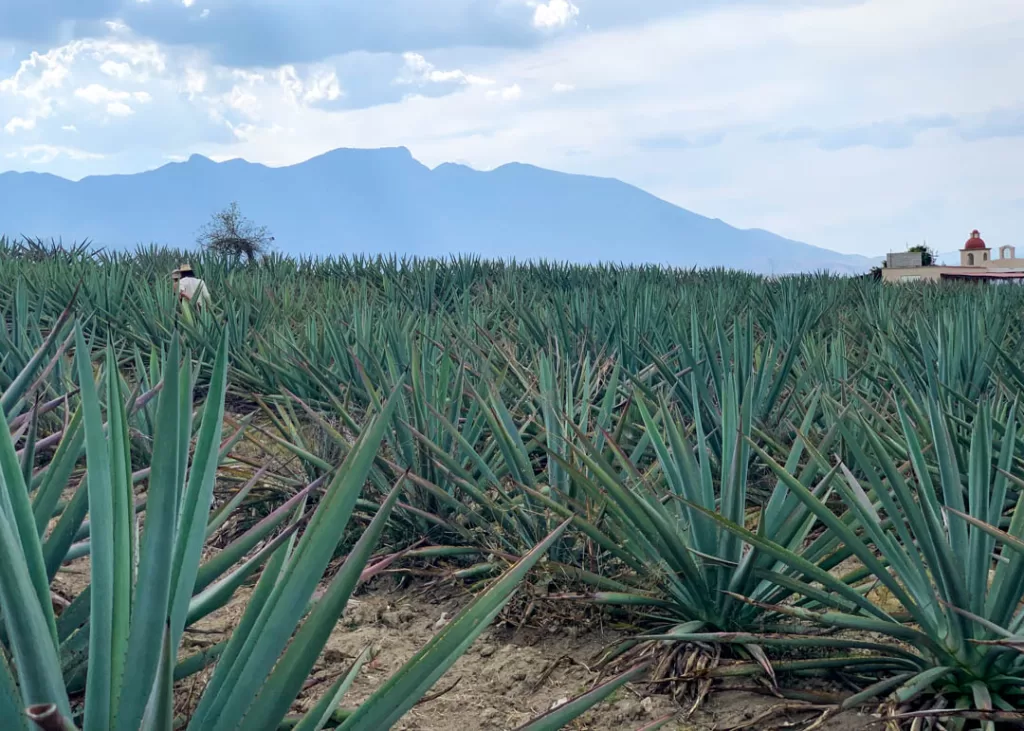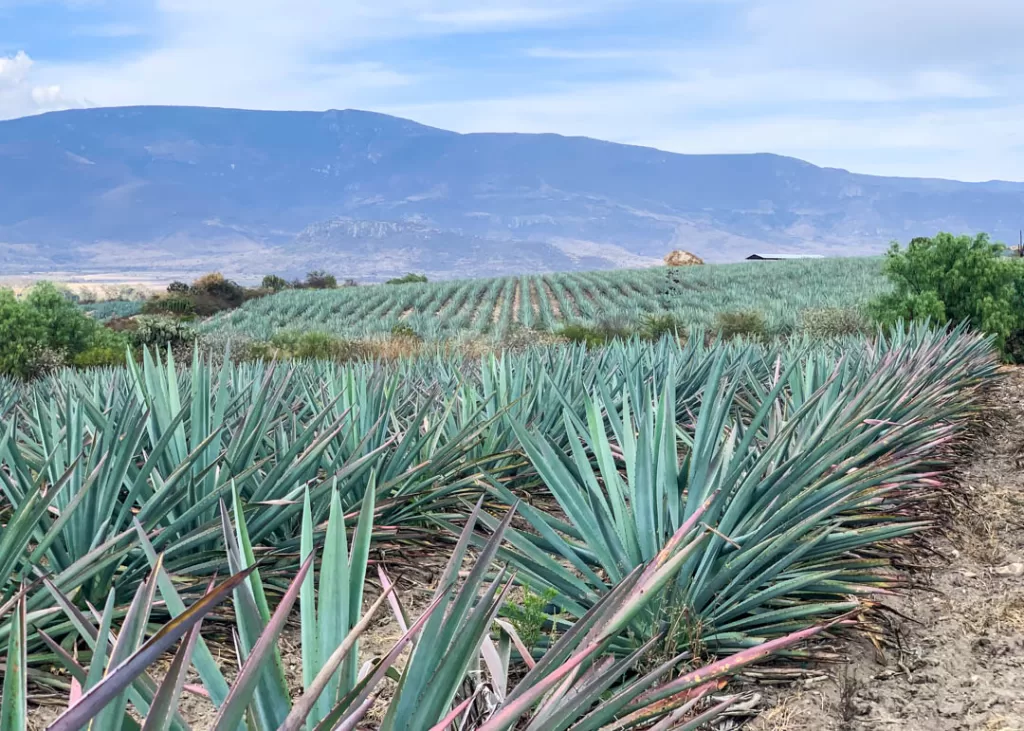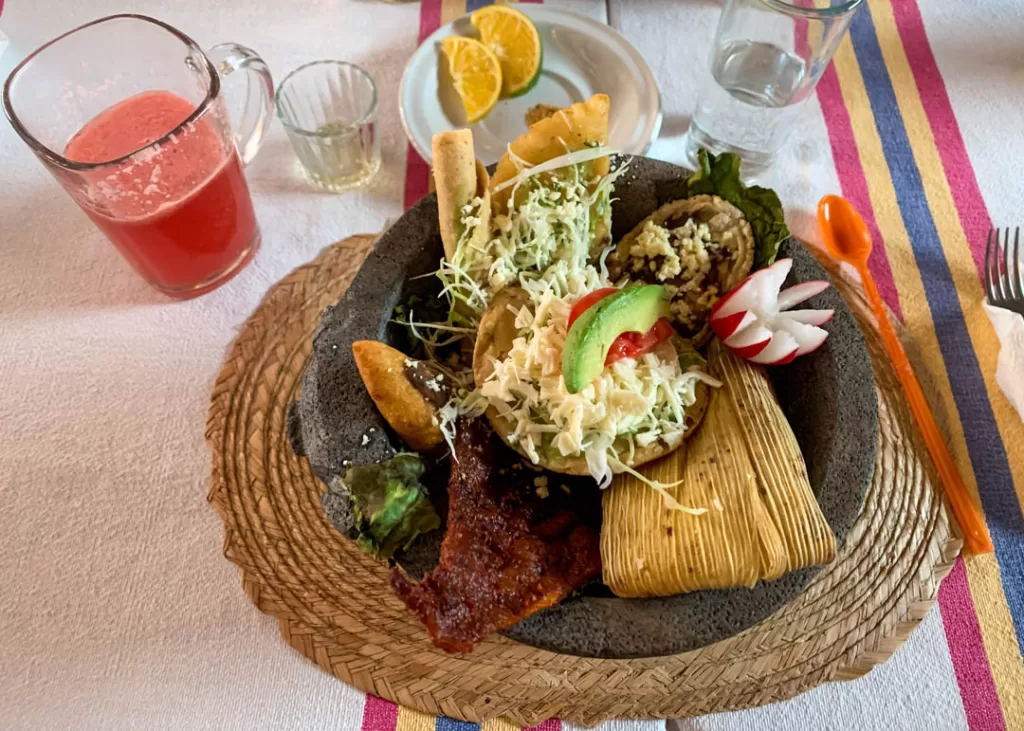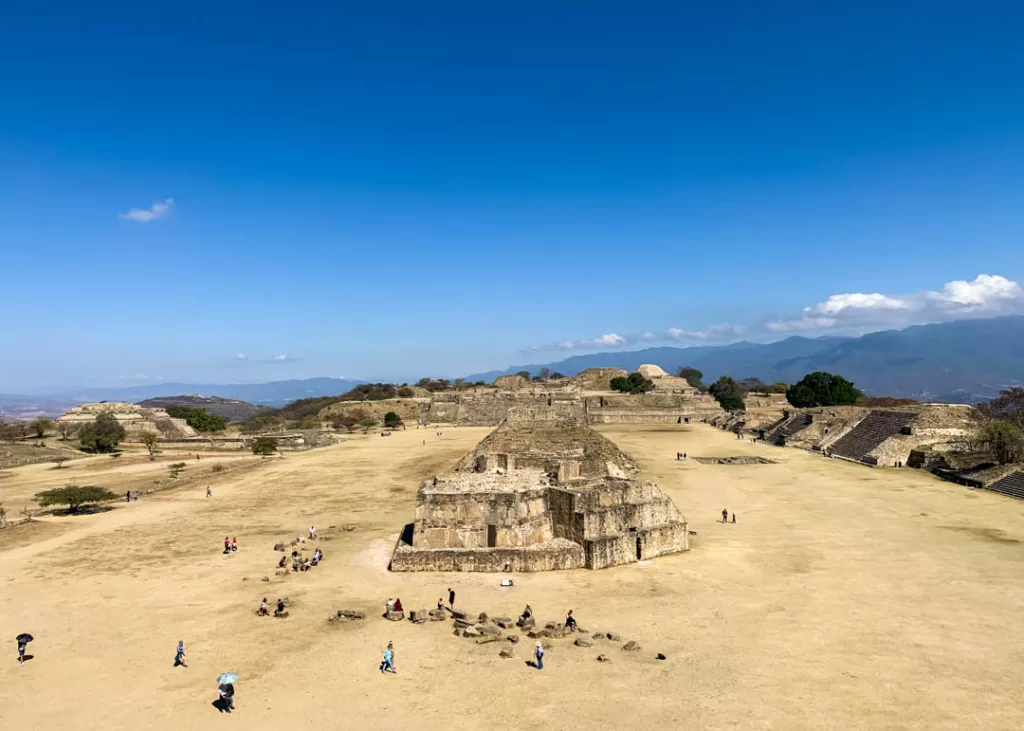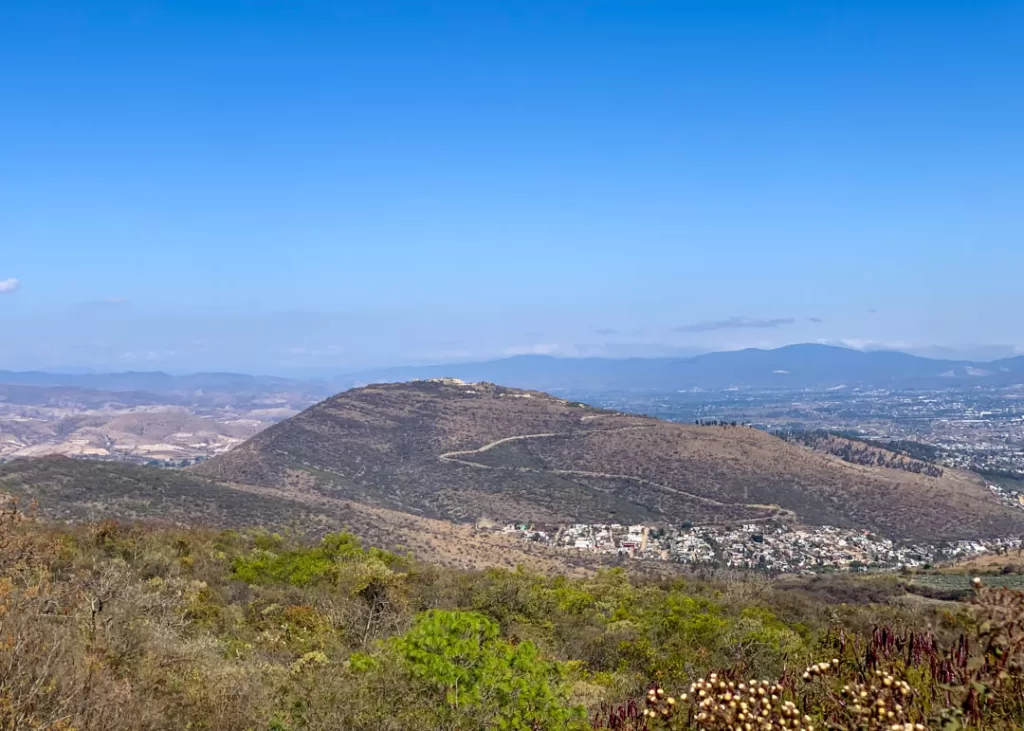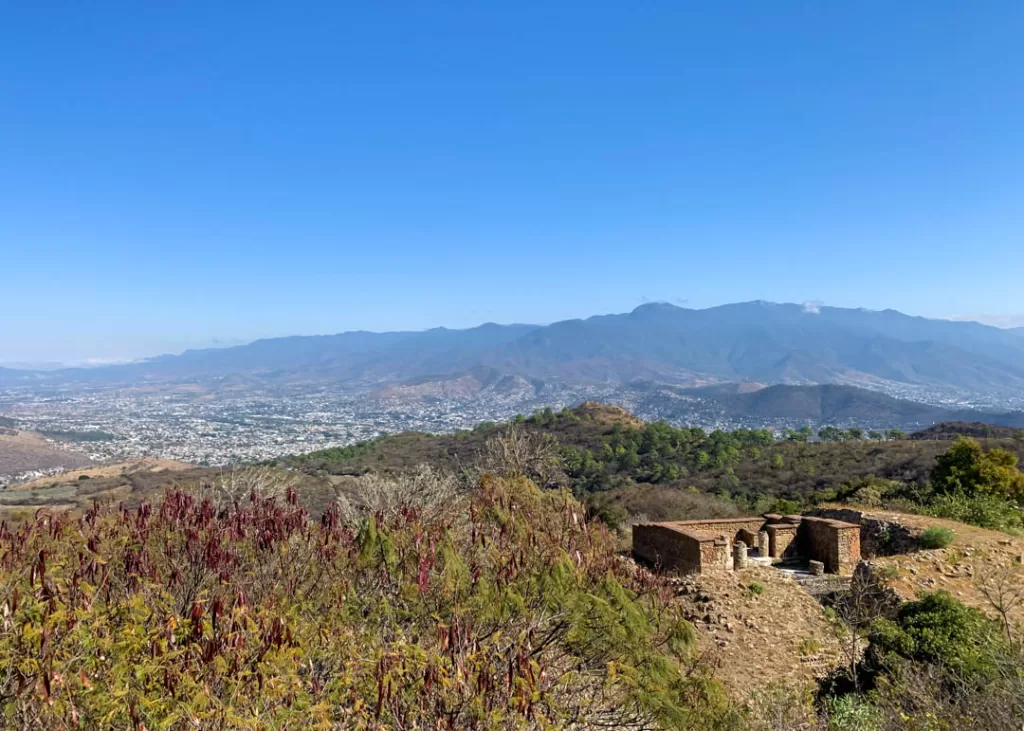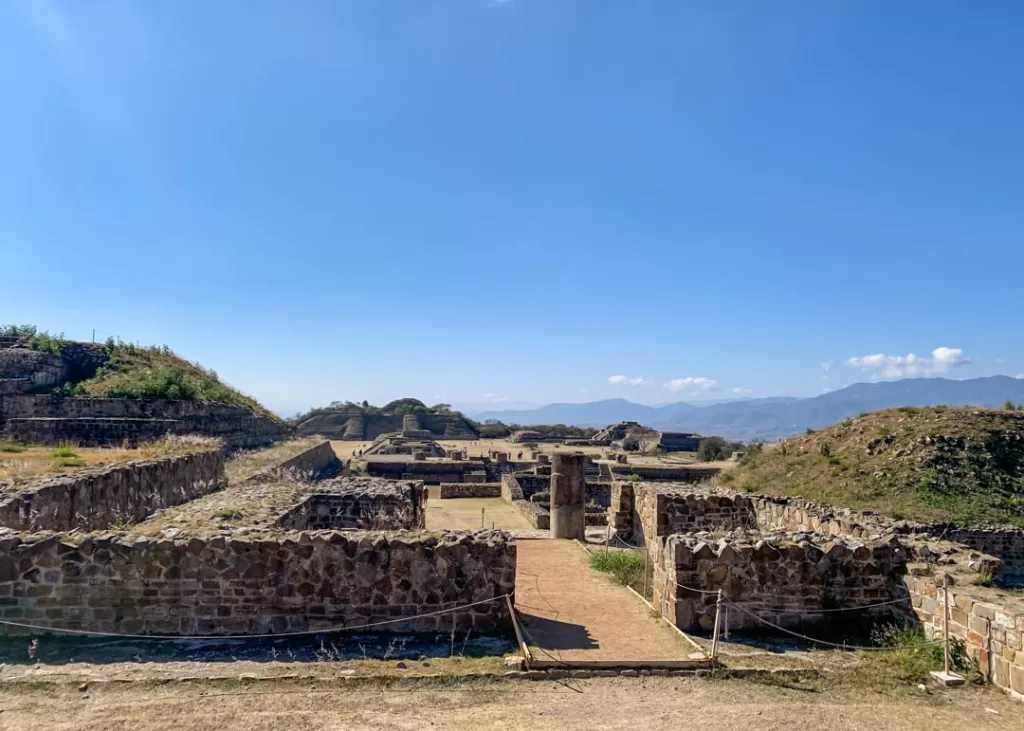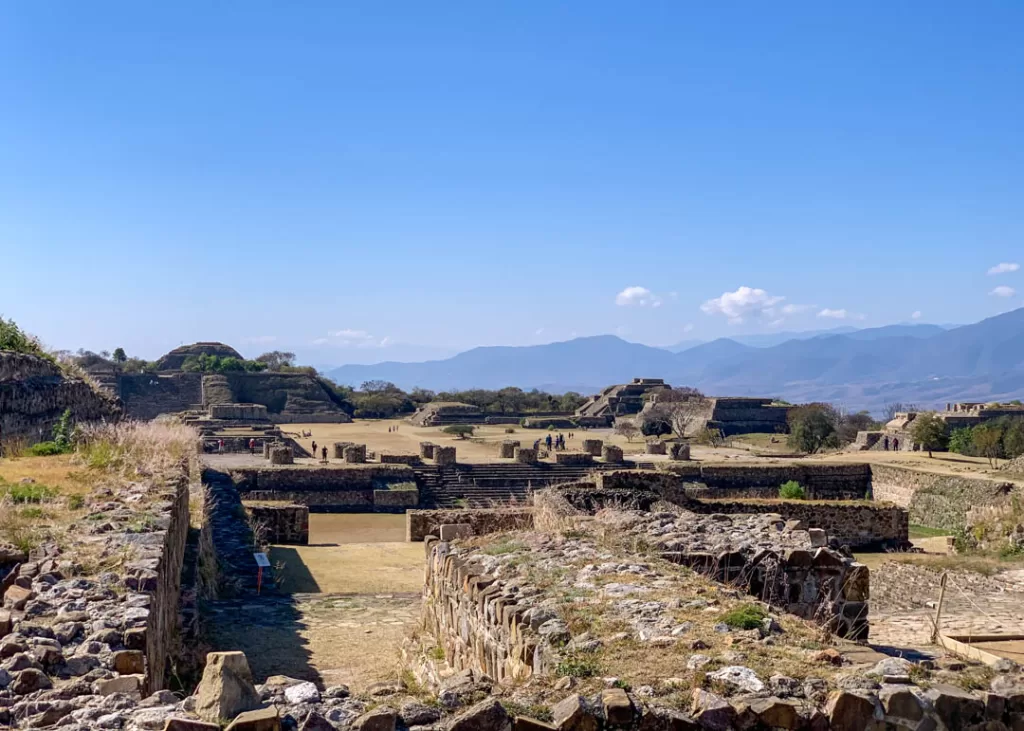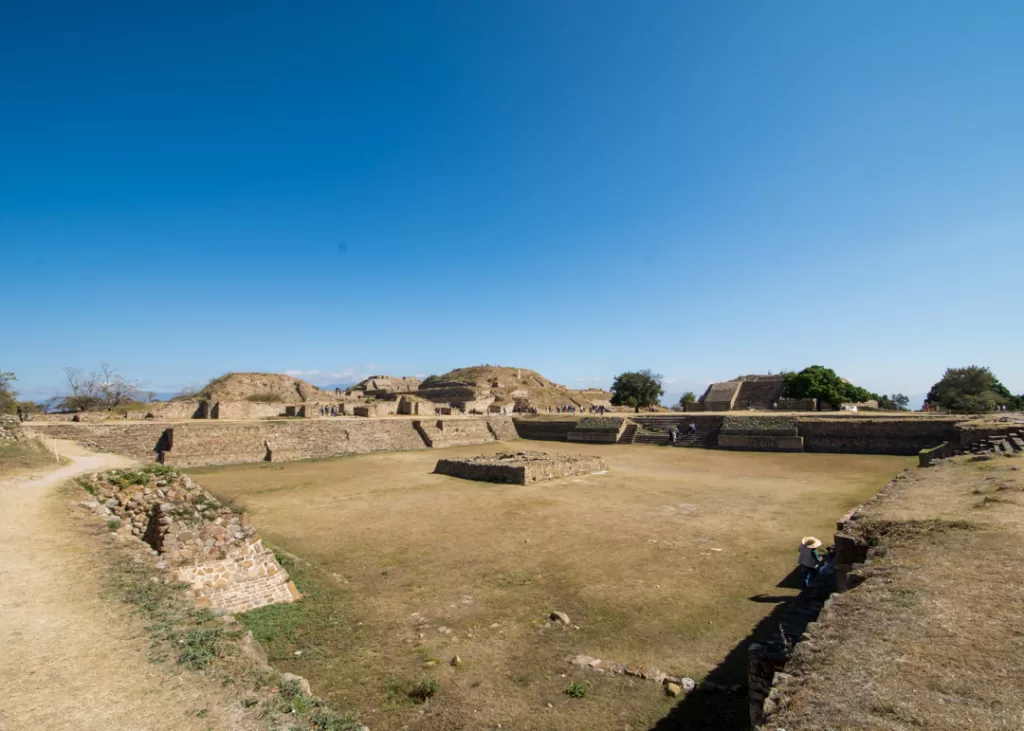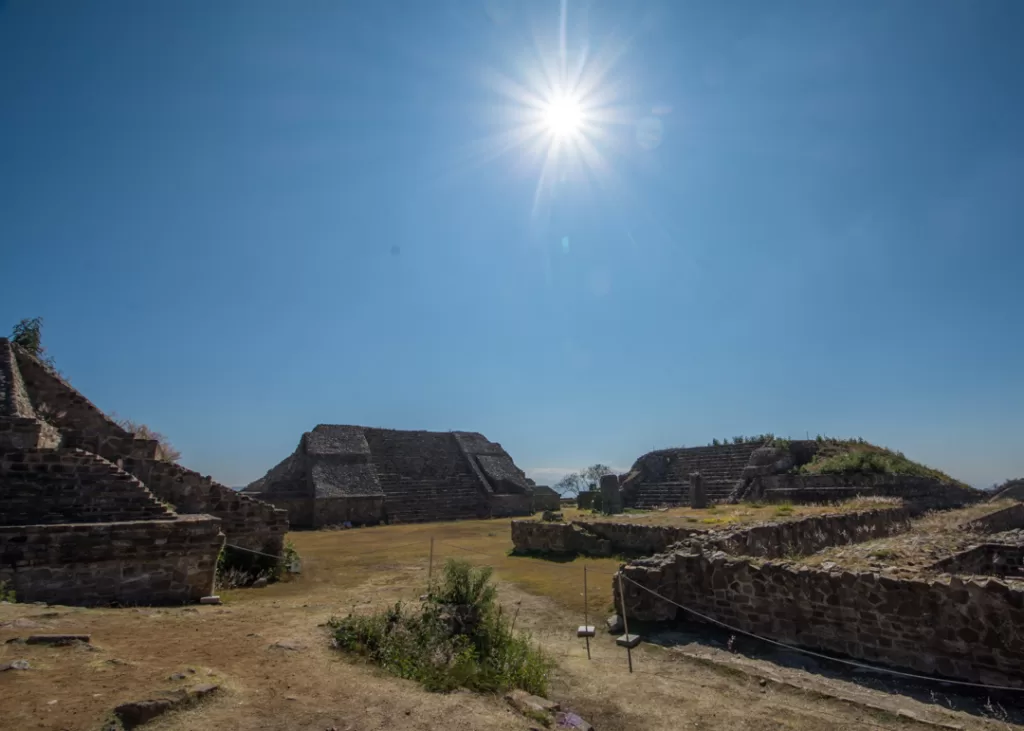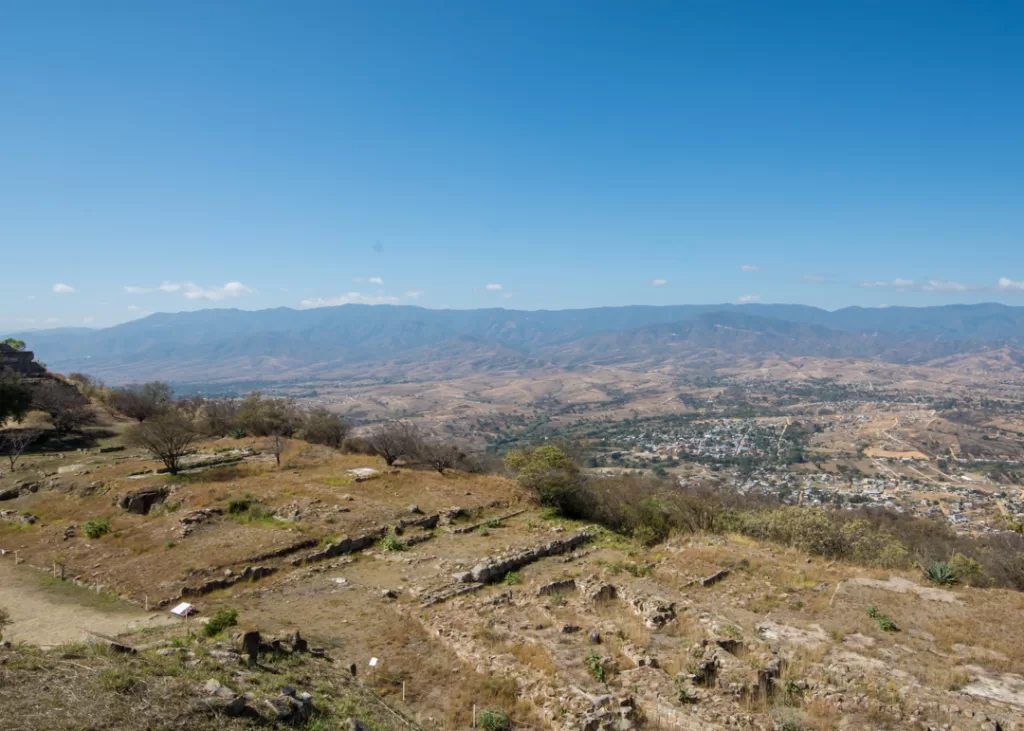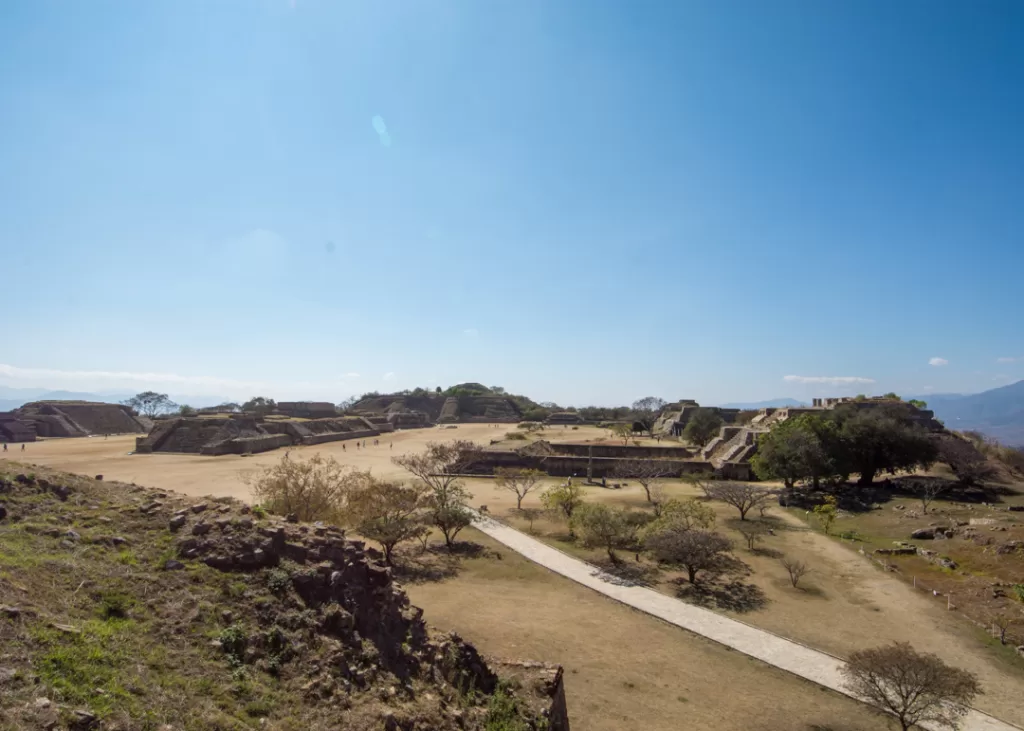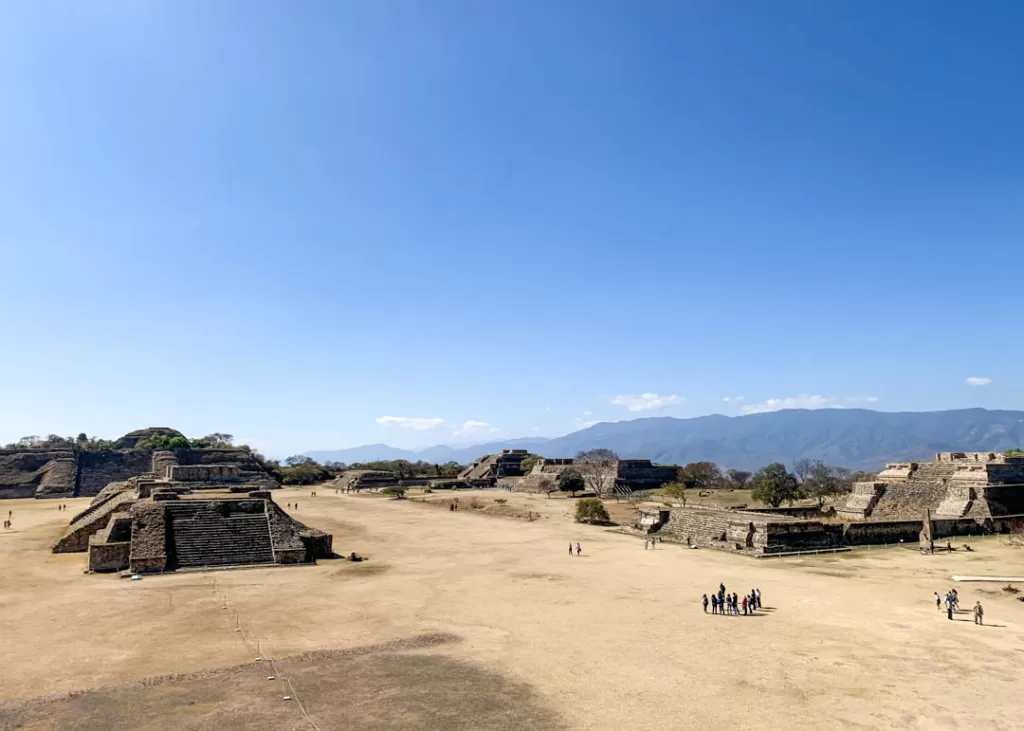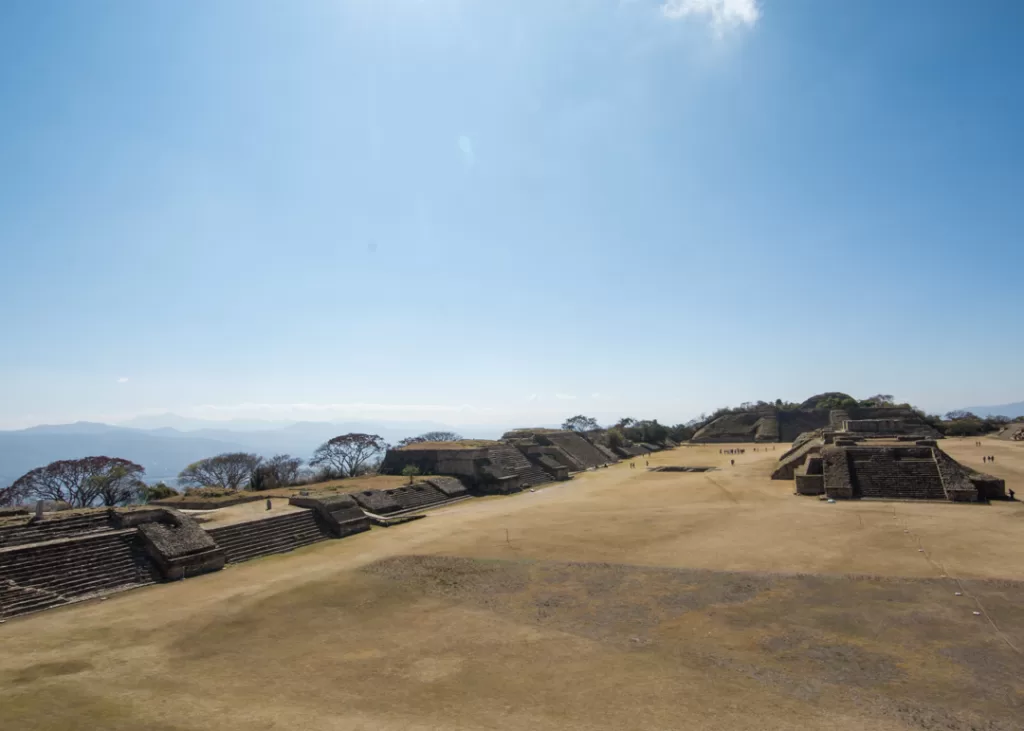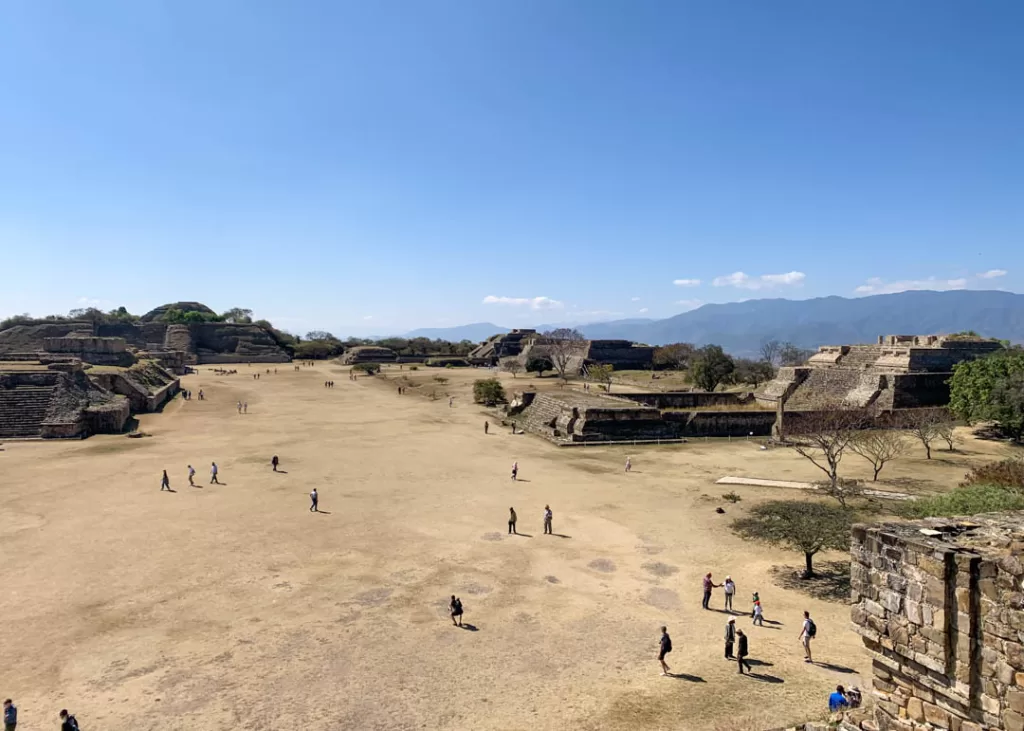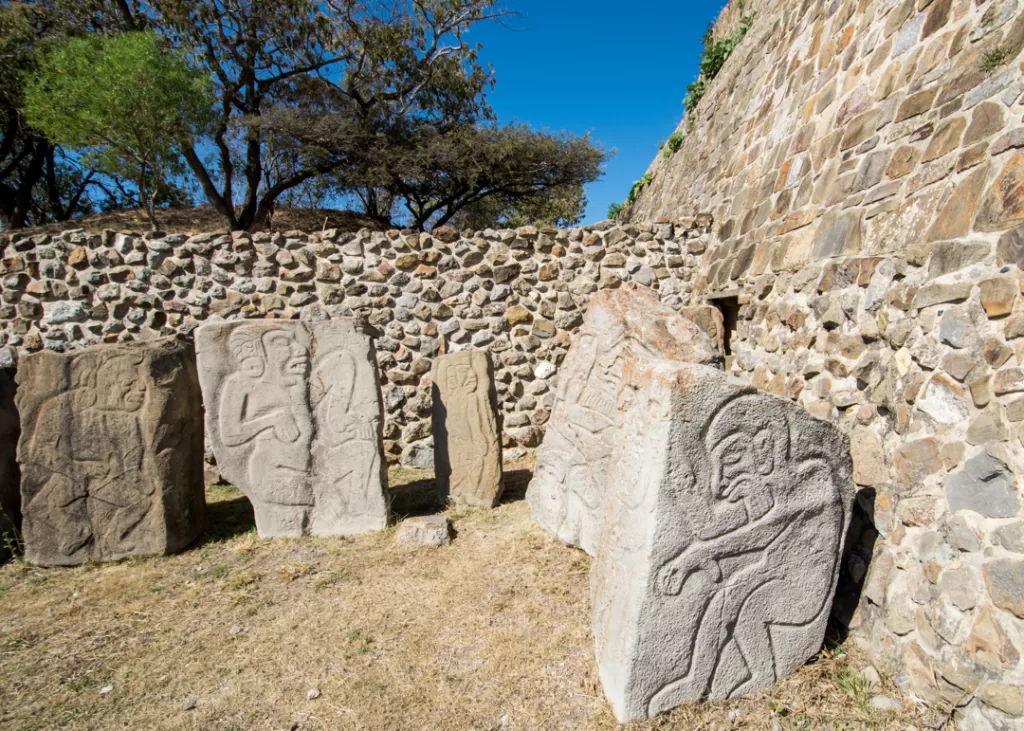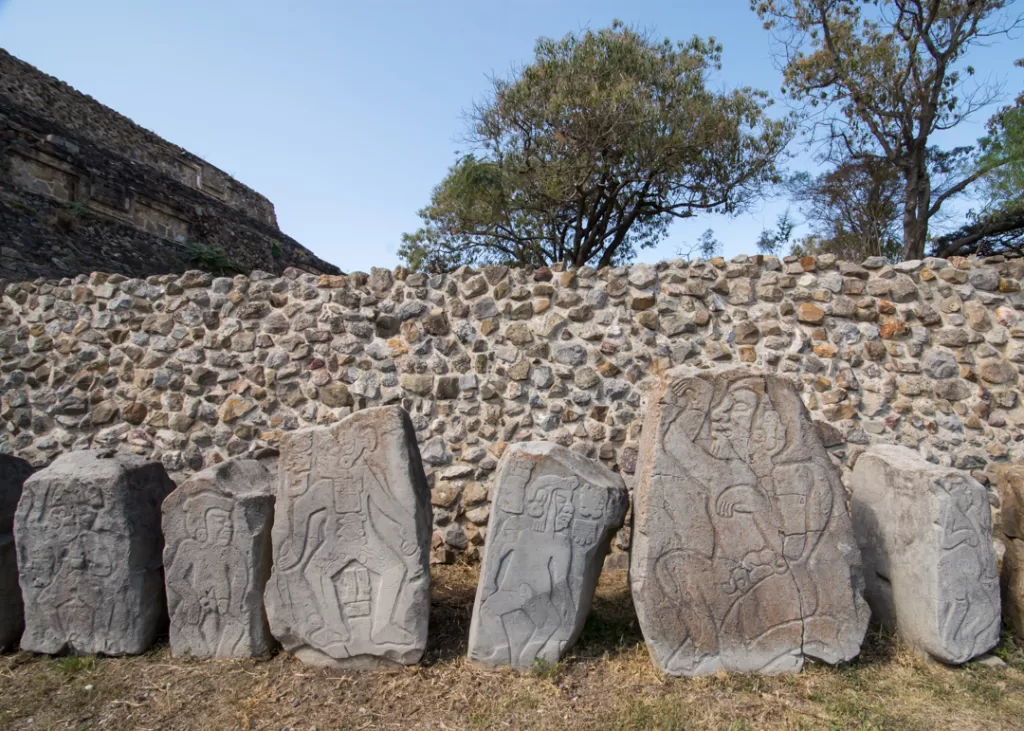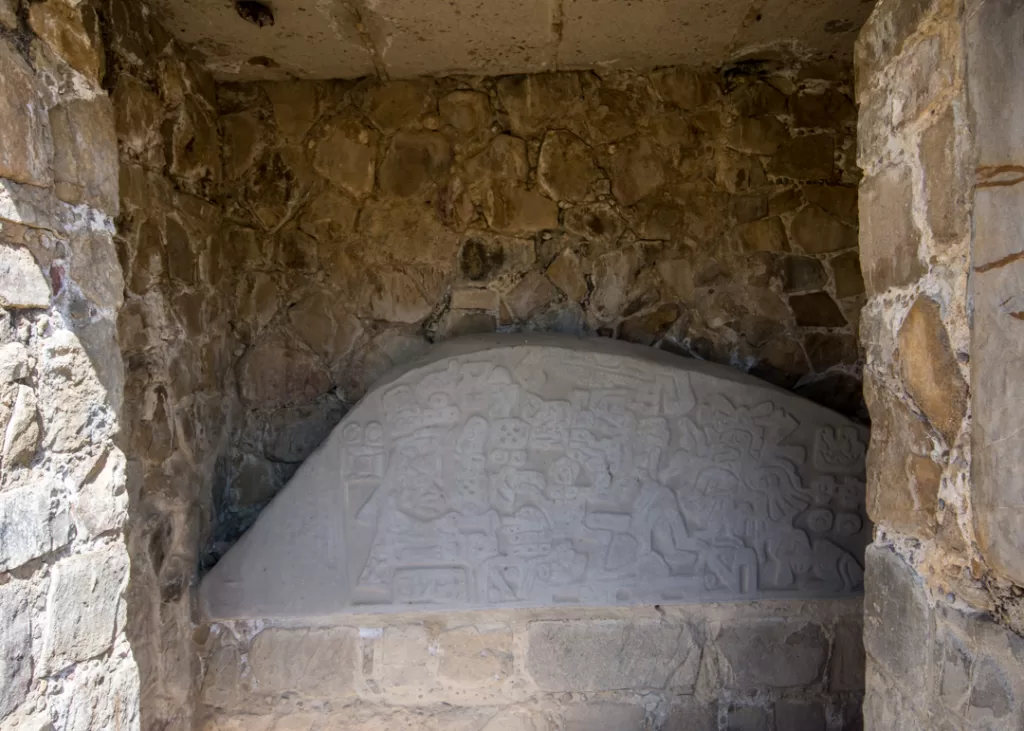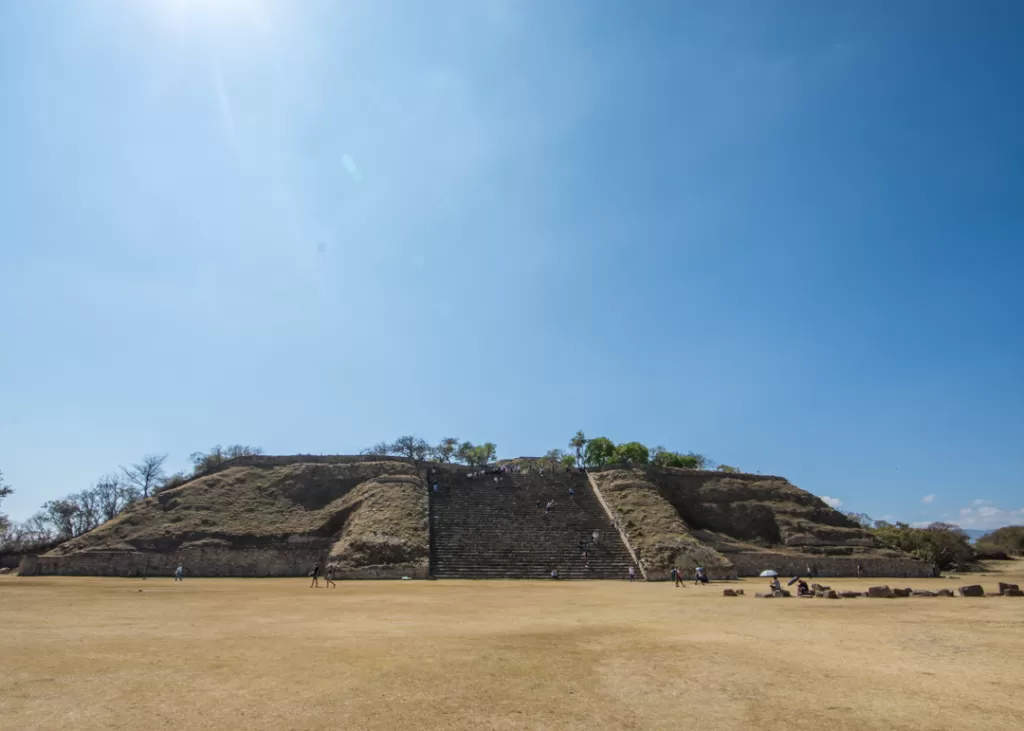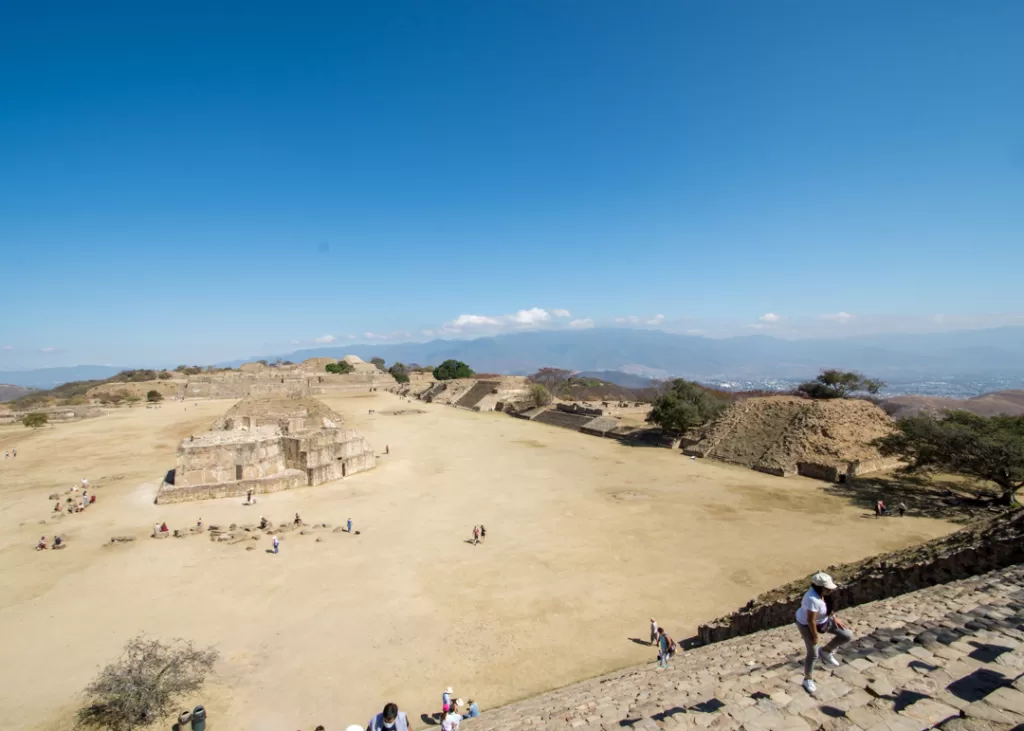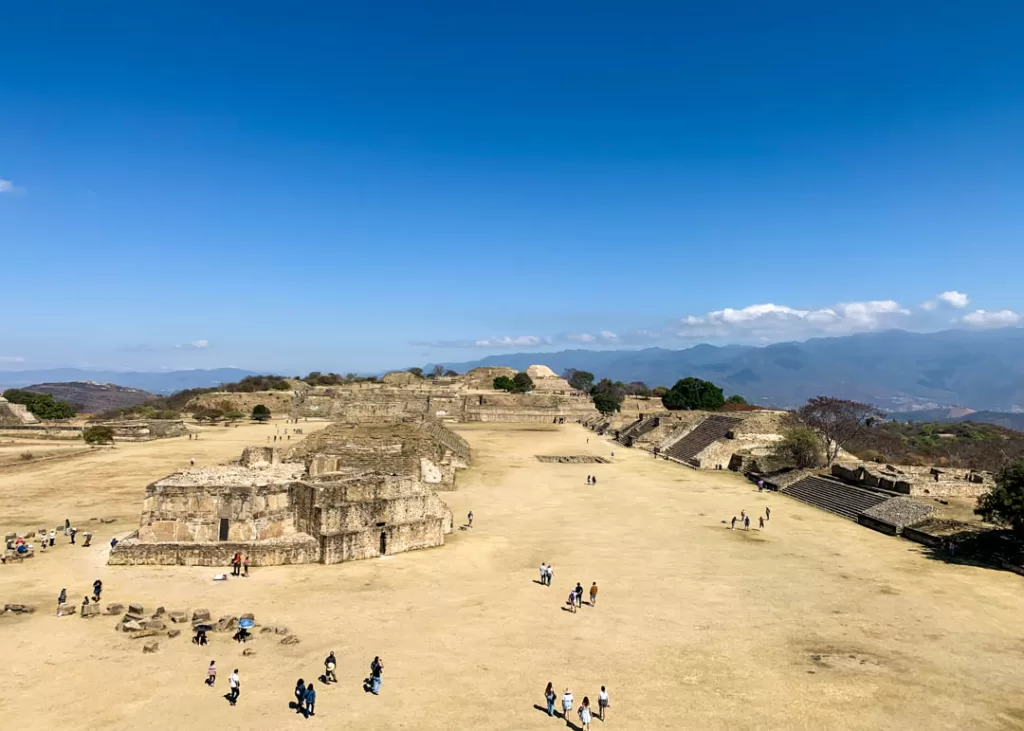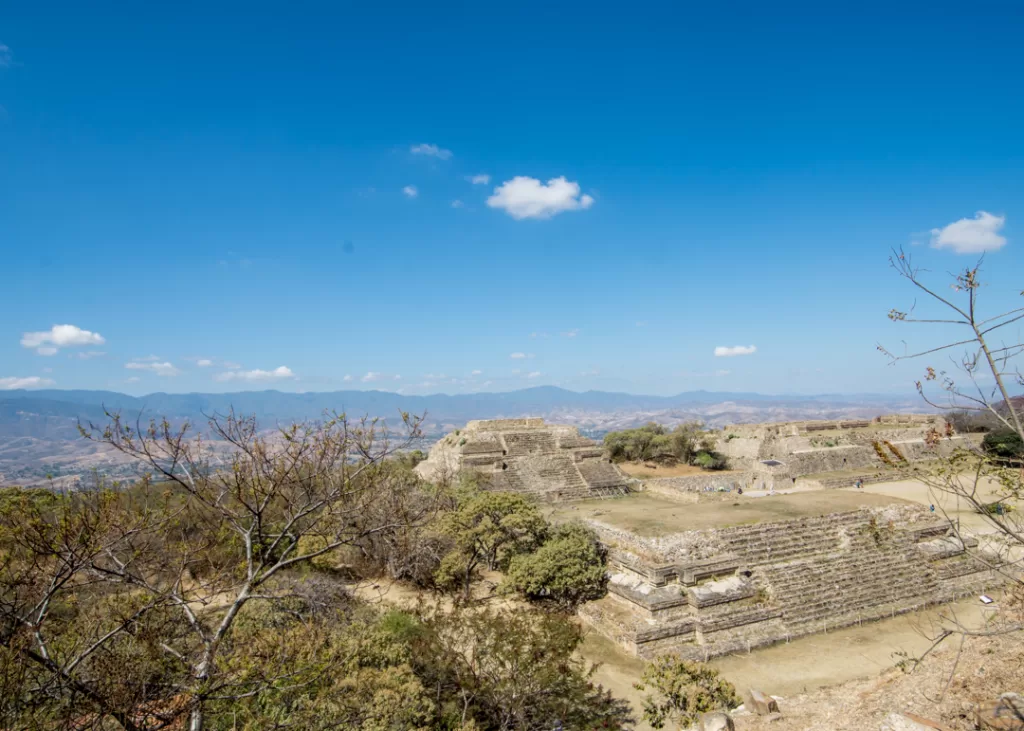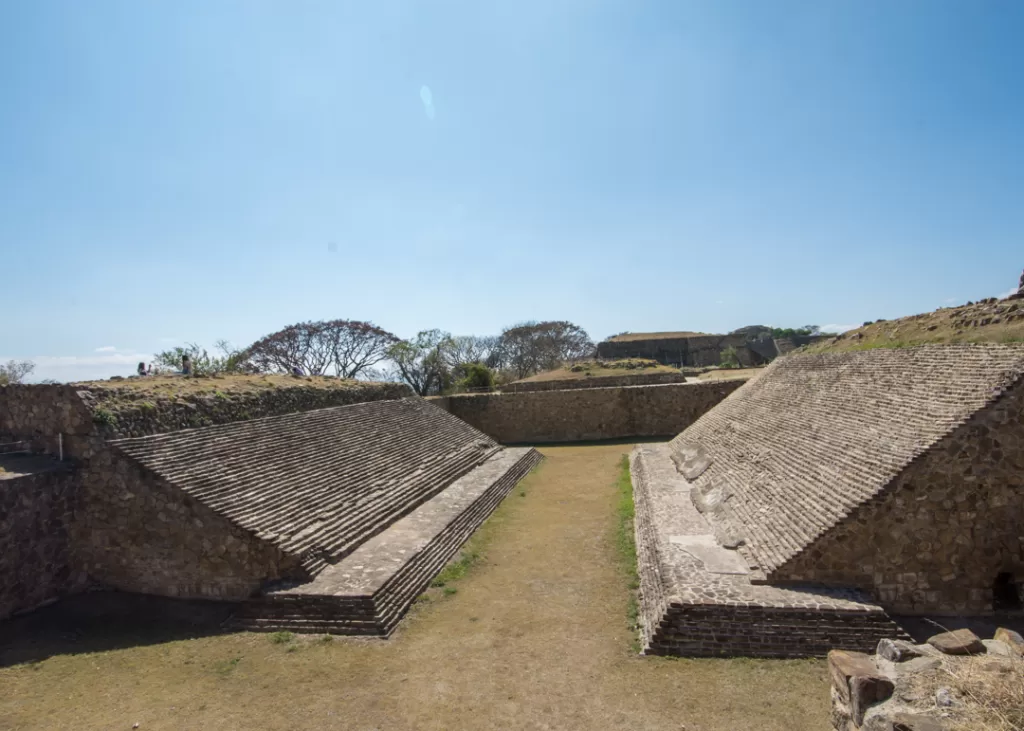Blending arresting views of the Sierra Madre mountains, indigenous history, and natural wonders among Mexico’s greatest, Hierve el Agua packs a punch. Easily accessible as a day trip from Oaxaca (about 1.5 hr drive), this unique site will bewitch you with otherworldly appearances and nature’s trickeries.
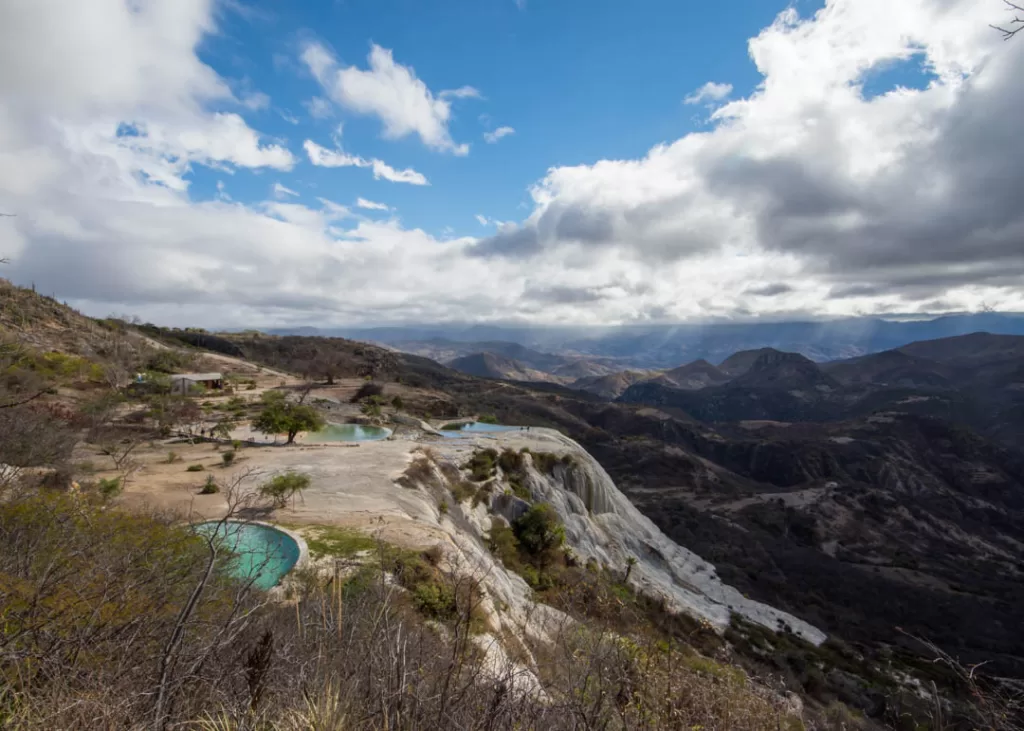
Natural springs and rock formations first appear as you arrive at the top of the cliffs.
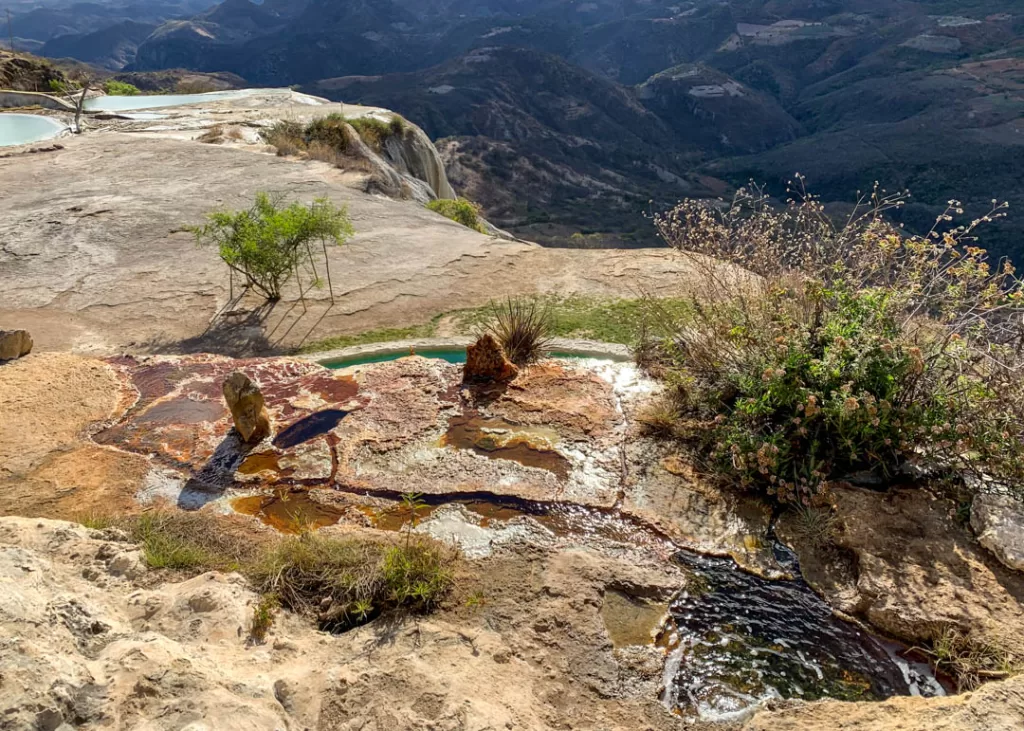
The views are unmatched from where you stand on one of the highest elevation points in Oaxaca County, over 5,000 feet above sea level, nestled in the heart of the Sierra Madre Mountains.
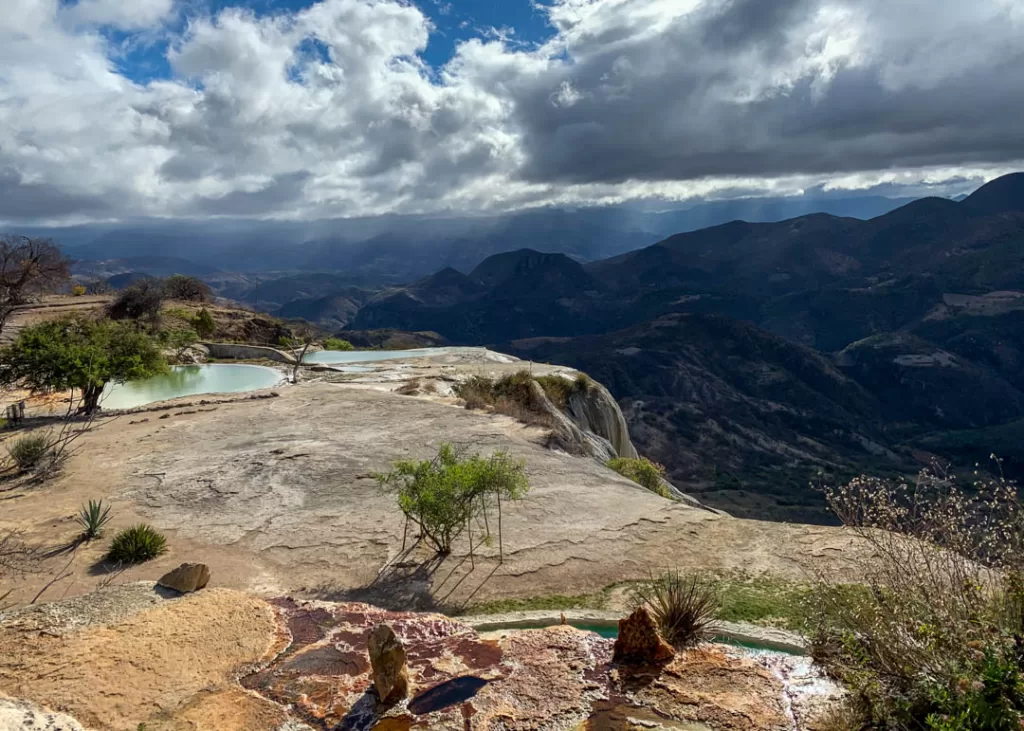
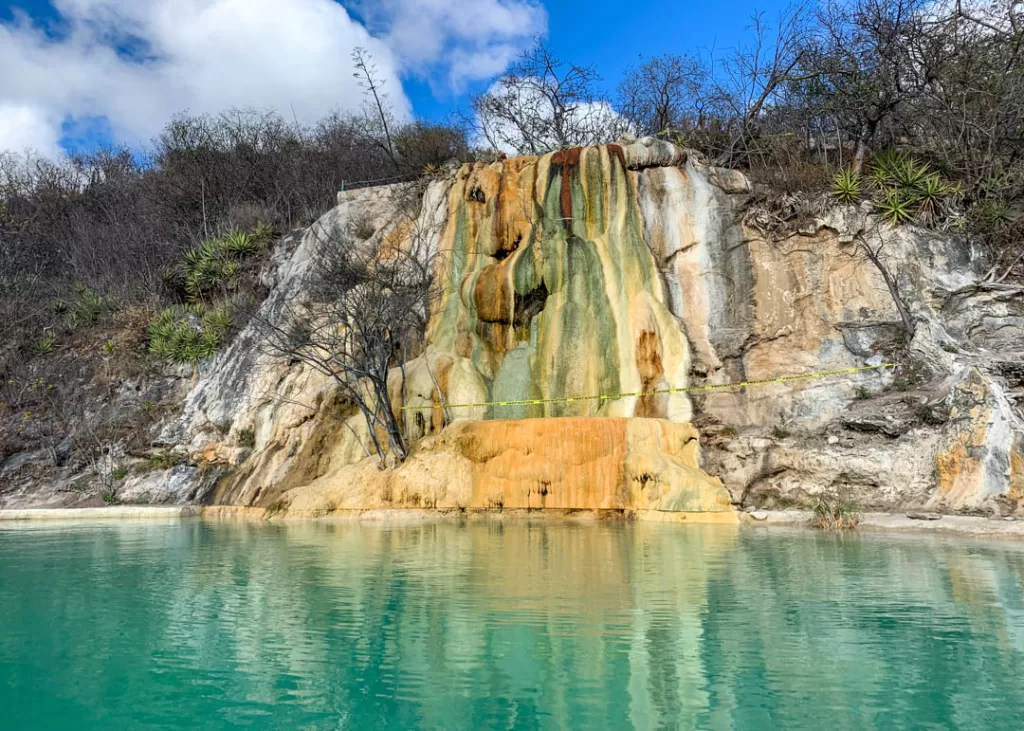
Mineral pools of changing shades of deep turquoise and green draw you closer to the edge.
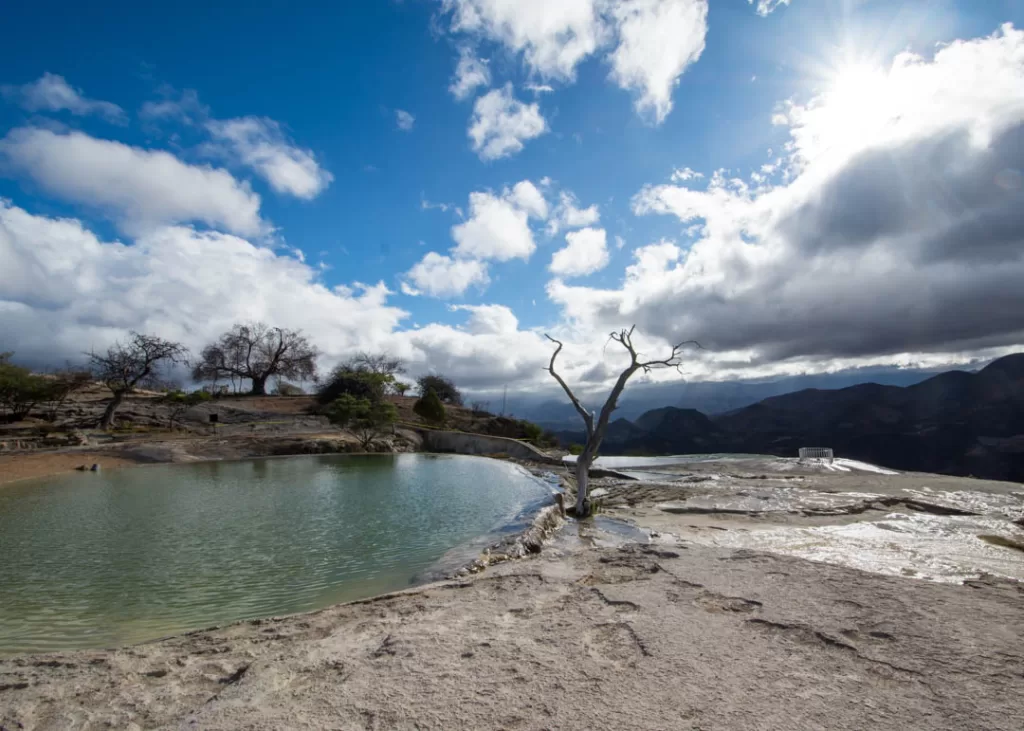
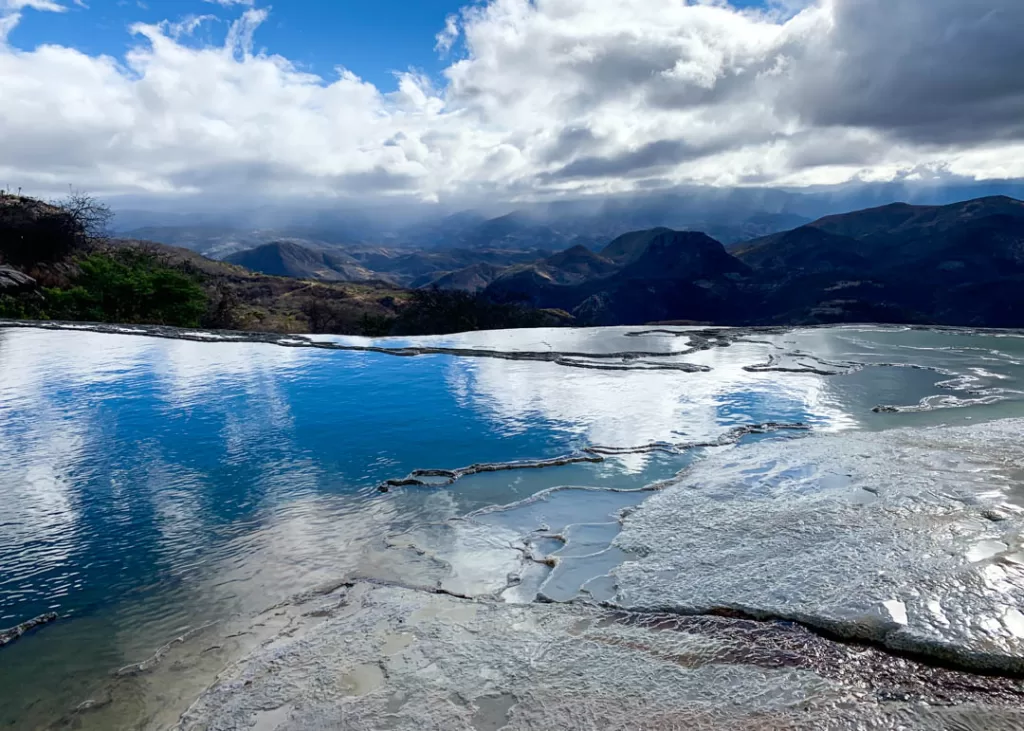
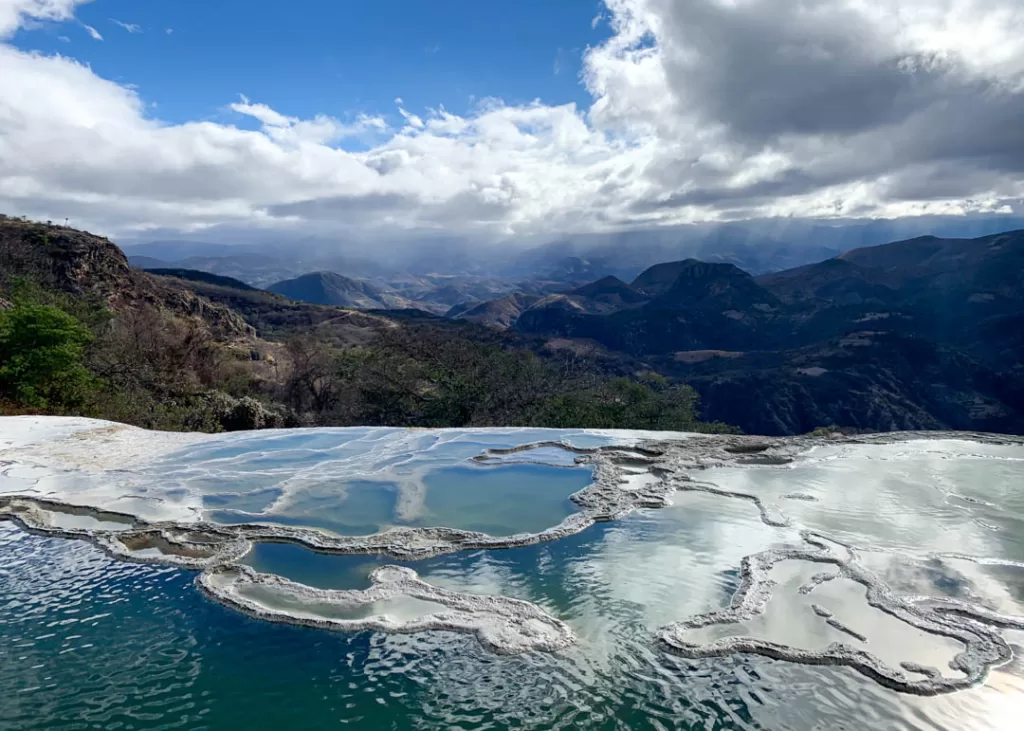
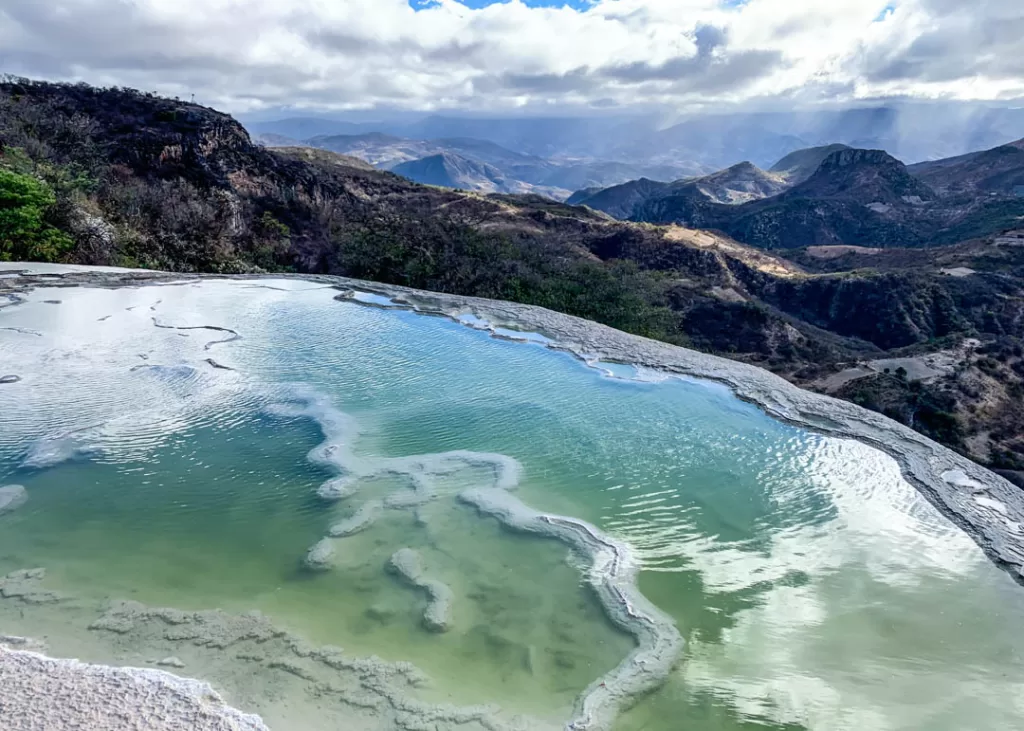
Yes, you’ve arrived at one of the most photographed spots in the entire region and can fully grasp the meaning of the name Hierve el Agua which literally means ‘boiling water’. Time to take off your shoes and perhaps more and enjoy an invigorating dip. Admire the valley in the distance as you soak, be grateful for the undoubtedly medicinal waters curing your body, and picture the ancestors doing the very same thousands of years ago. What a stunning show.
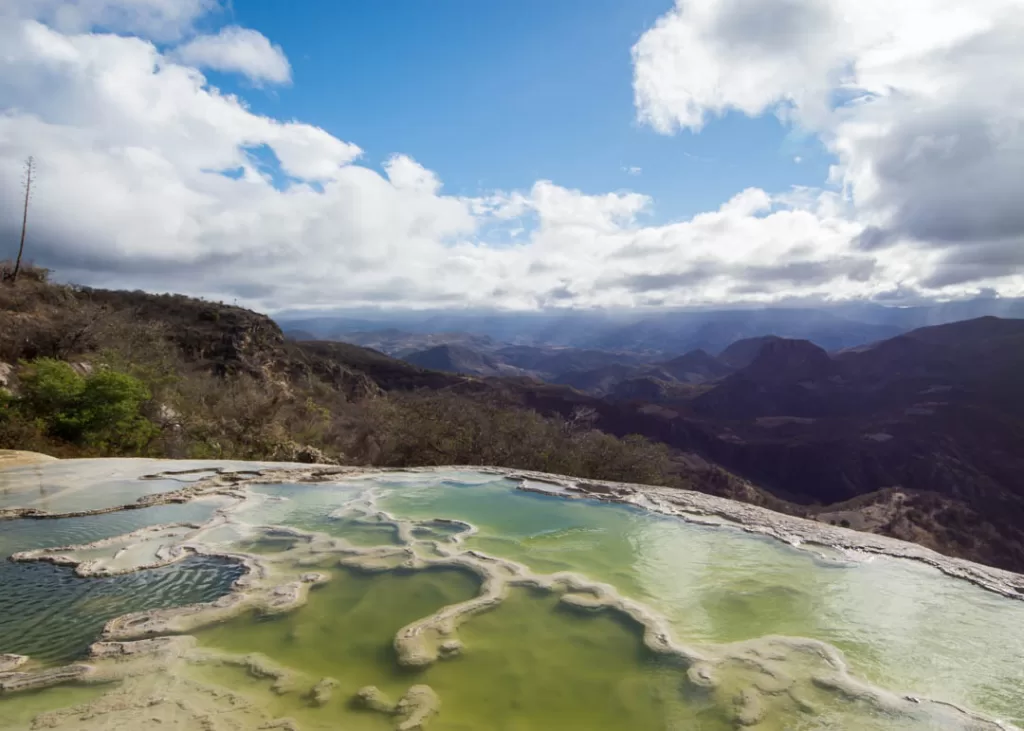
Rich in calcium carbonate and magnesium, the springs have formed interesting deposits.
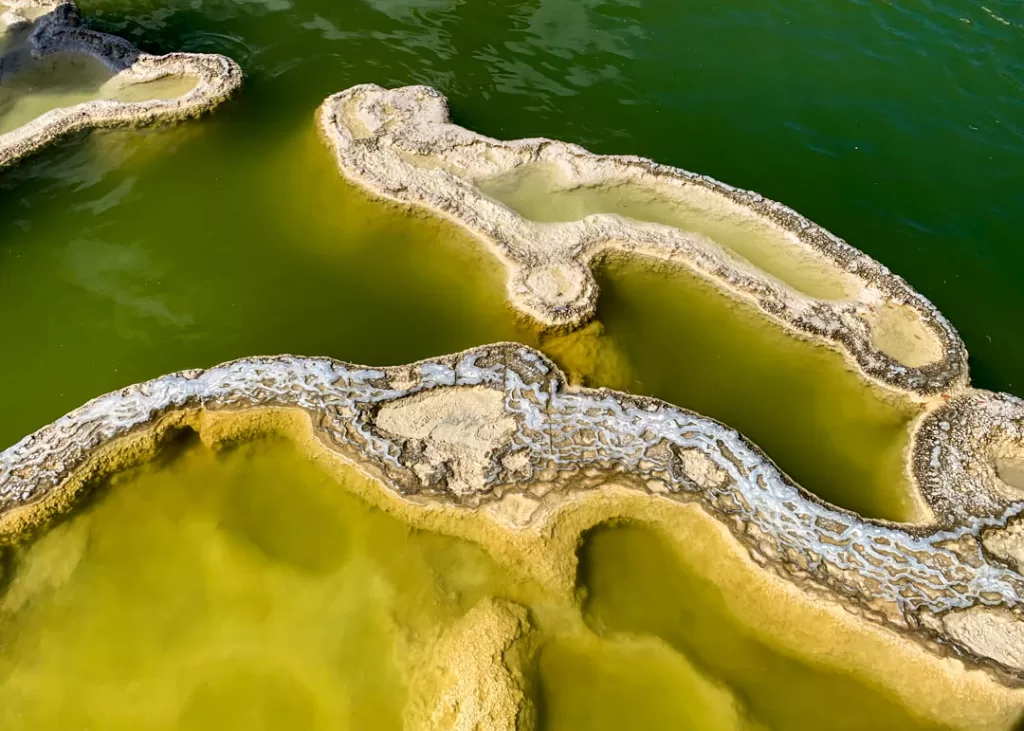
Look to the right to get your first glimpse of the wondrous phenomenon of Cascada Grande (large waterfall), an enormous rock formation that looks exactly like a frozen waterfall from a distance. Formed over thousands of years by the water cascading from the carbonated springs at the top of the cliffs, the side of the mountain began to calcify from the excess minerals deposited, resulting in a stunning petrified waterfall effect. What you don’t know yet is that you’re actually standing right on top of another albeit smaller rock waterfall which you’ll soon be able to admire.
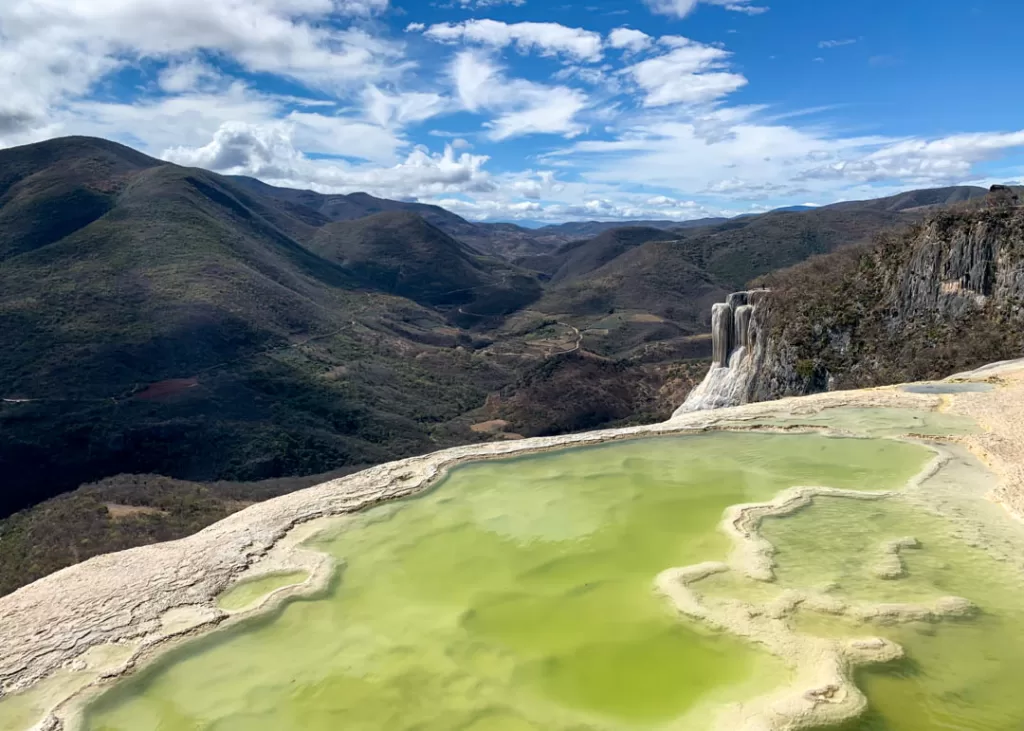
Start walking towards Cascada Grande to reach its top and the start of the trail that goes down to the base.
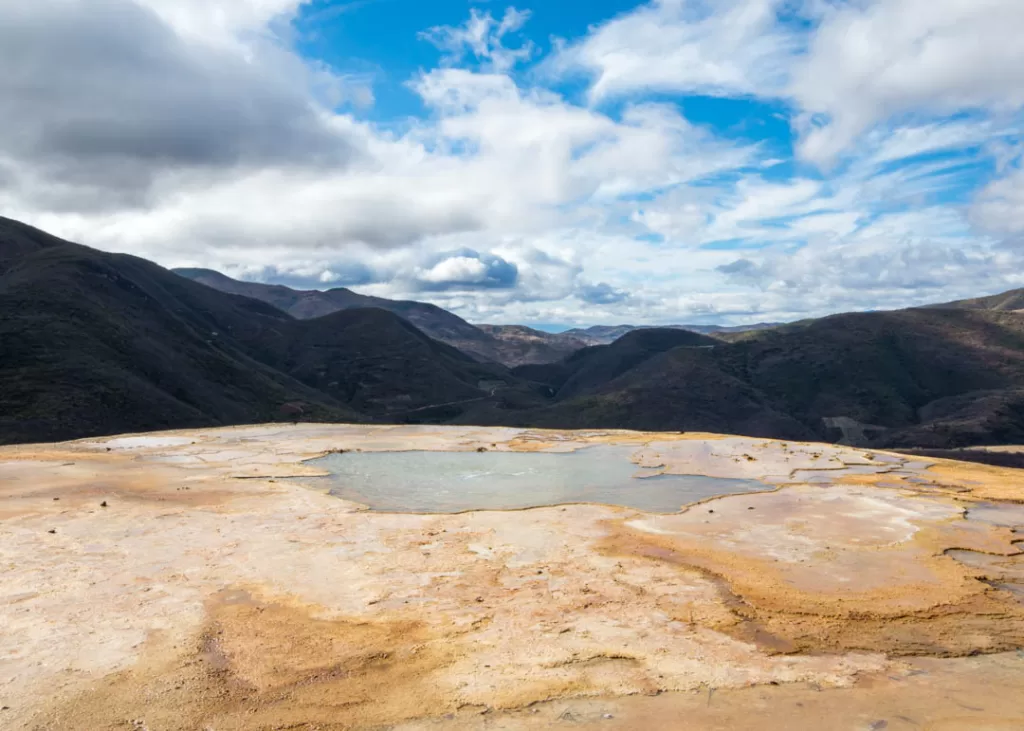
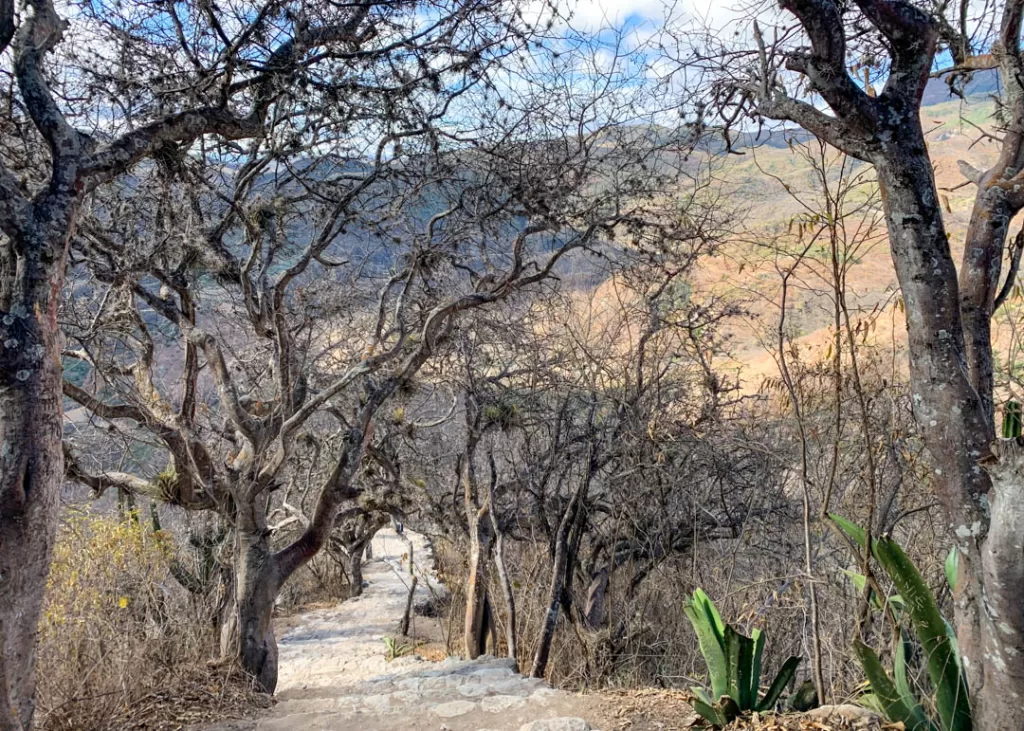
As you get closer, you can start seeing the trickery as the stalactite columns take shape.
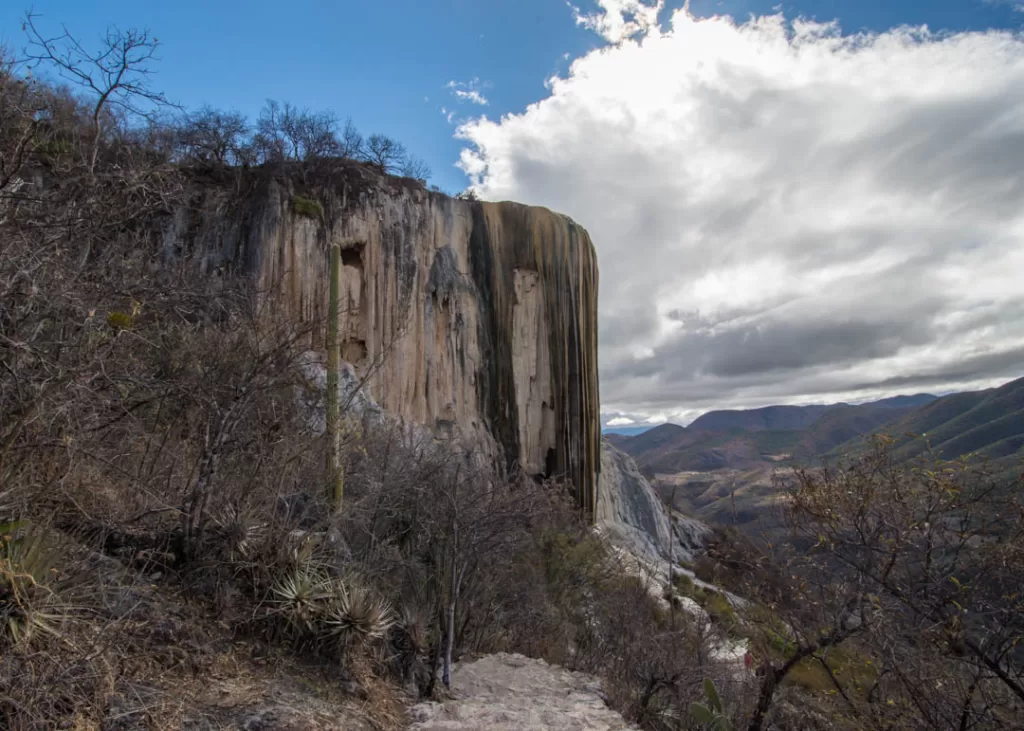
A stunning beauty 100-feet high best appreciated from below.
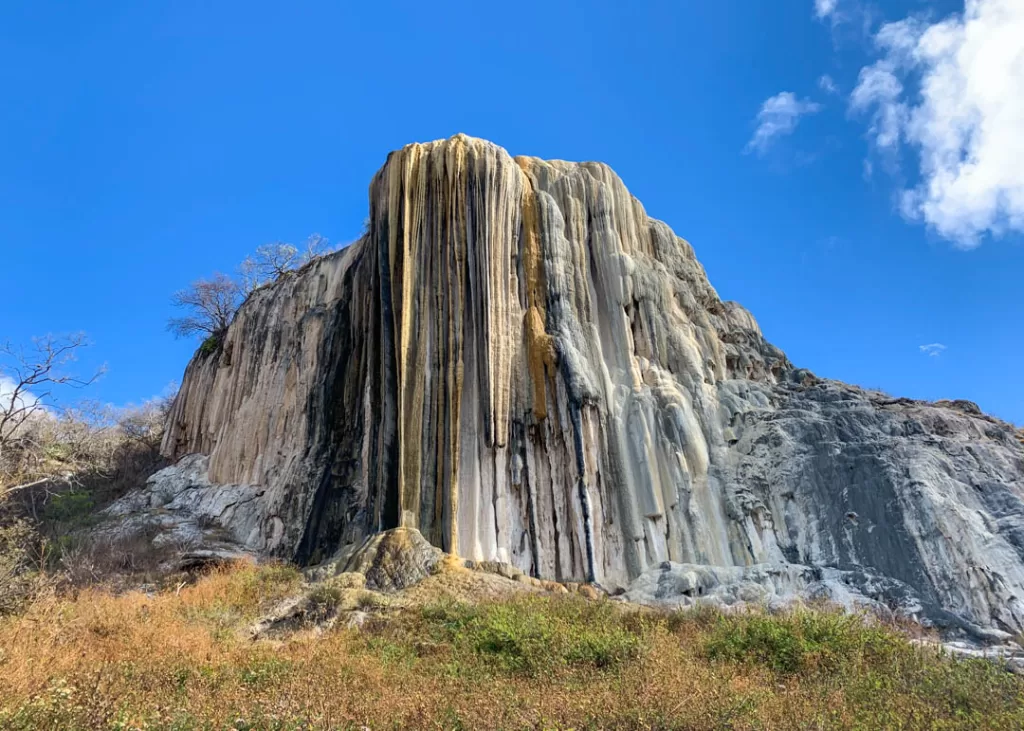
It is believed the Zapotecs and other indigenous communities revered the pools and redirected water from the springs for agricultural purposes. The canals they created have also petrified and formed an unusual landscape at the base of the falls you can walk around.
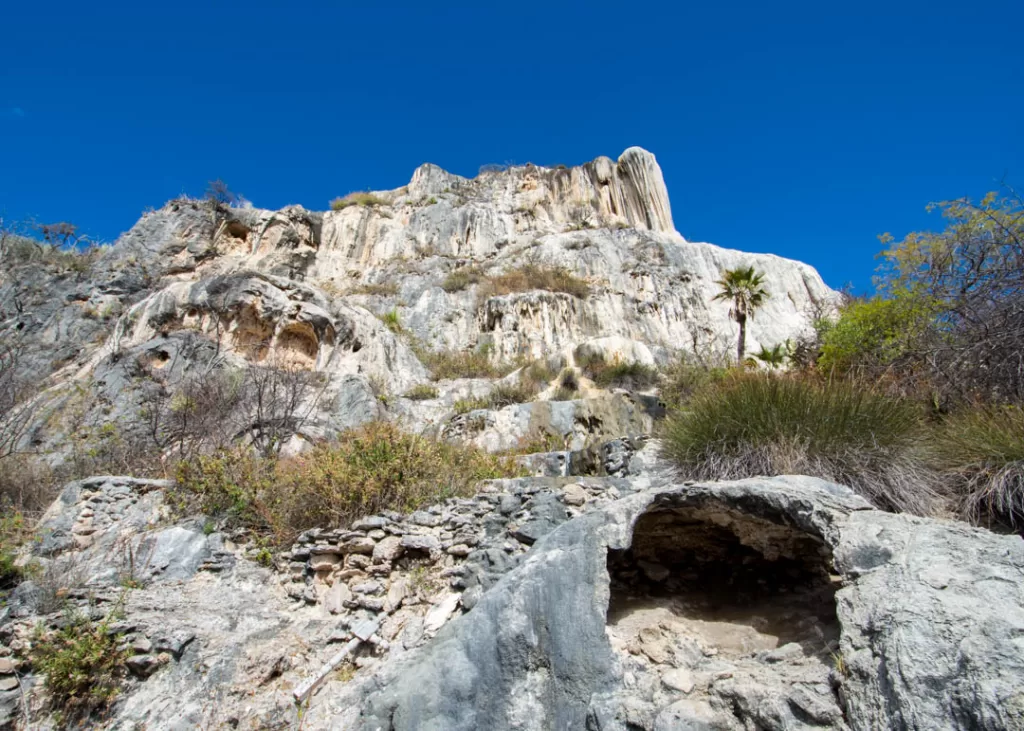
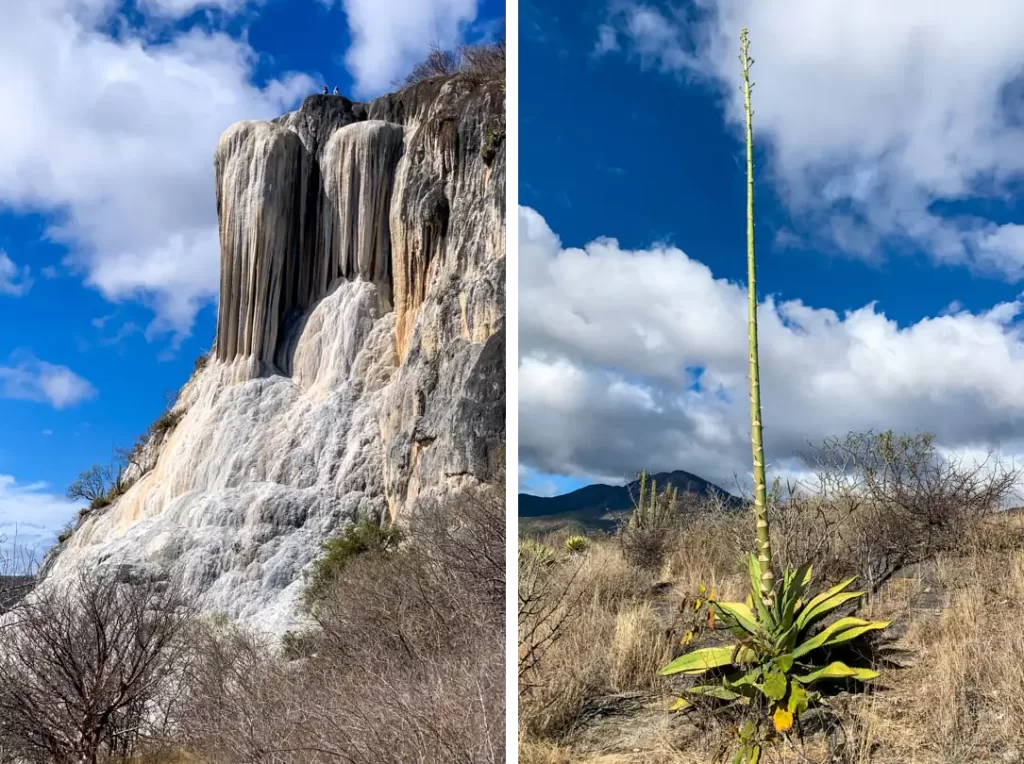
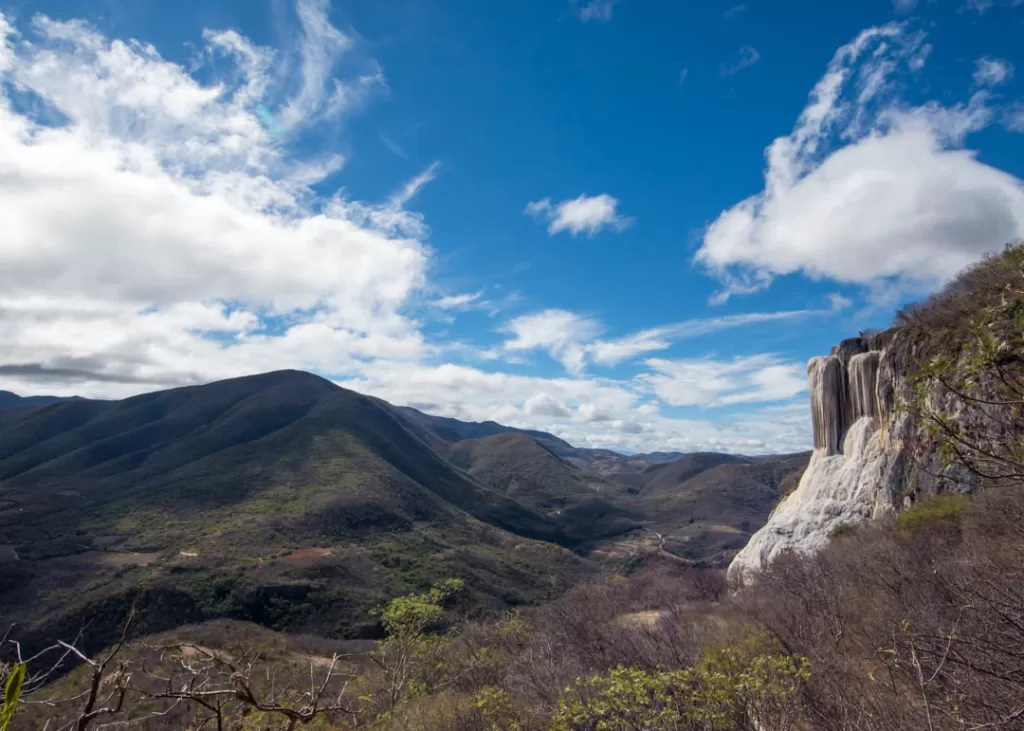
Reach the second, smaller waterfall (Cascada Chica) right underneath where you were just bathing.
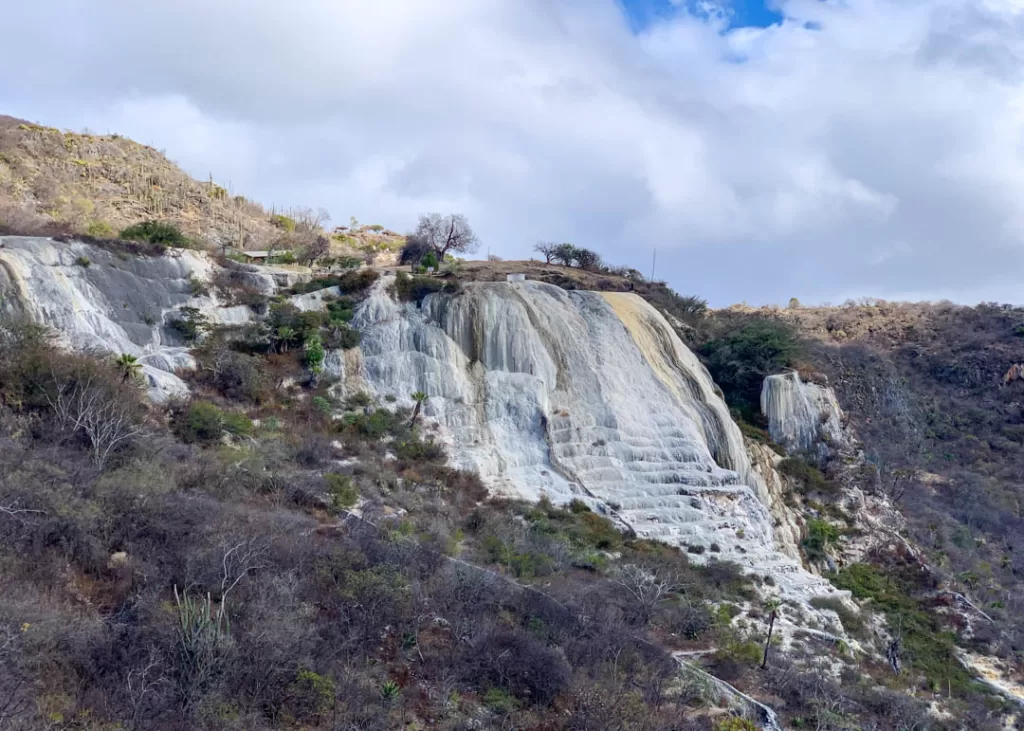
For most people this would conclude their visit but know there’s a hidden treasure if you keep on hiking…
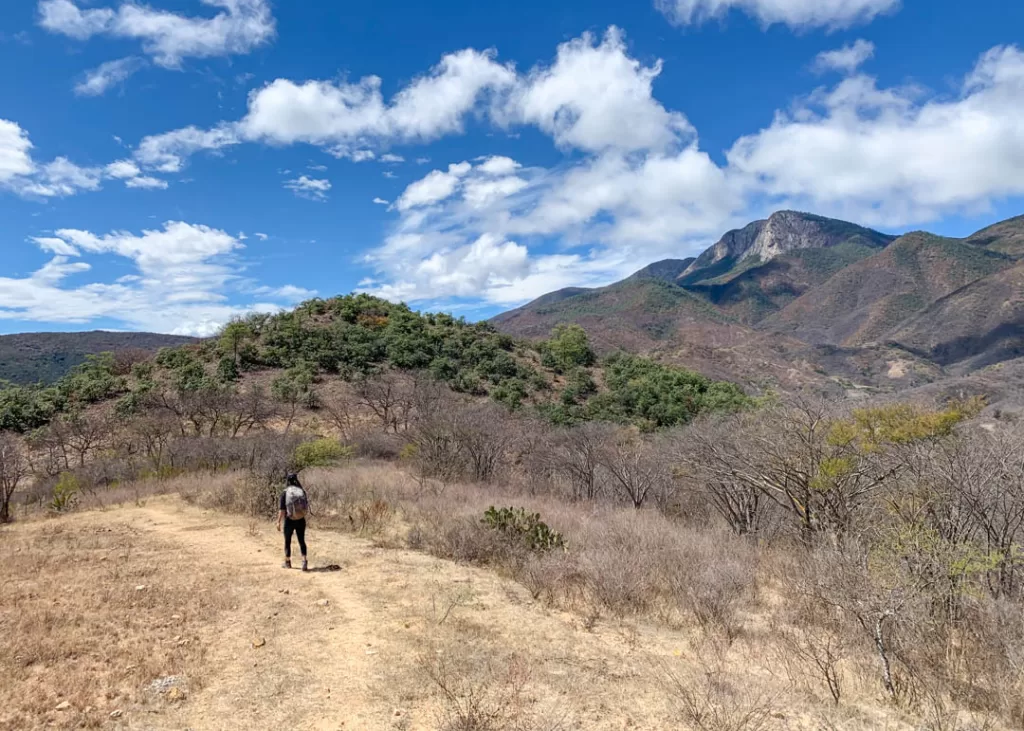
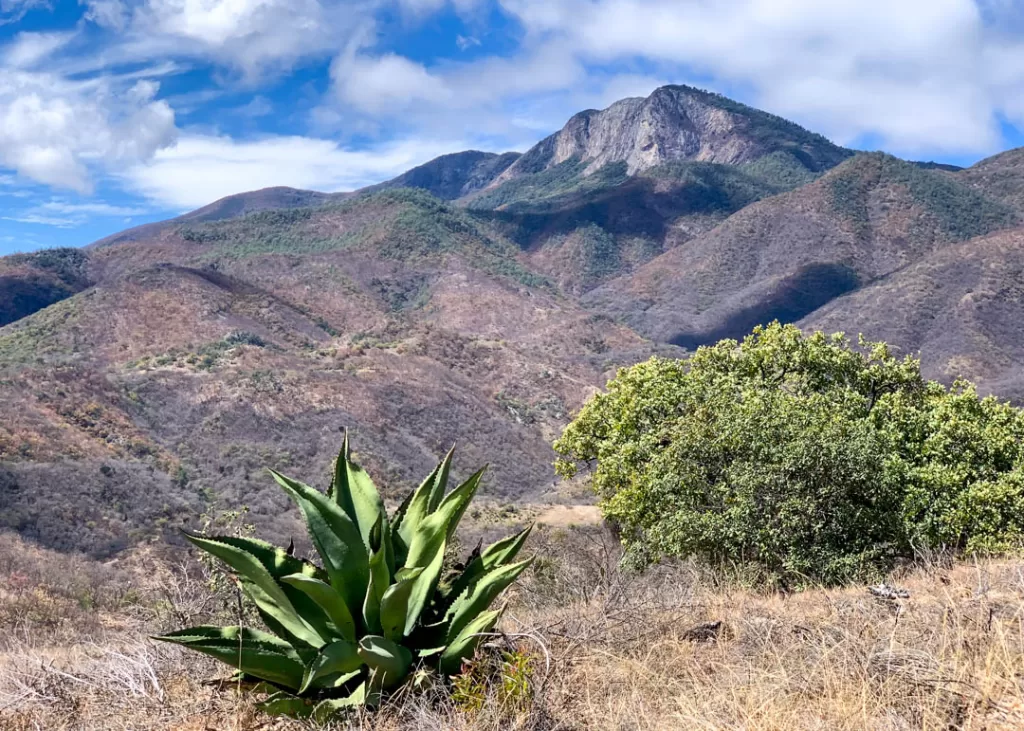
The rocky trail that leaves the second waterfall leads you through a semi-desert vegetation under a bright blue sky (and no shade – bring sunscreen and plenty of water!), passing some giant agaves, cacti, yucca, and an infinite sea of dried grasses.
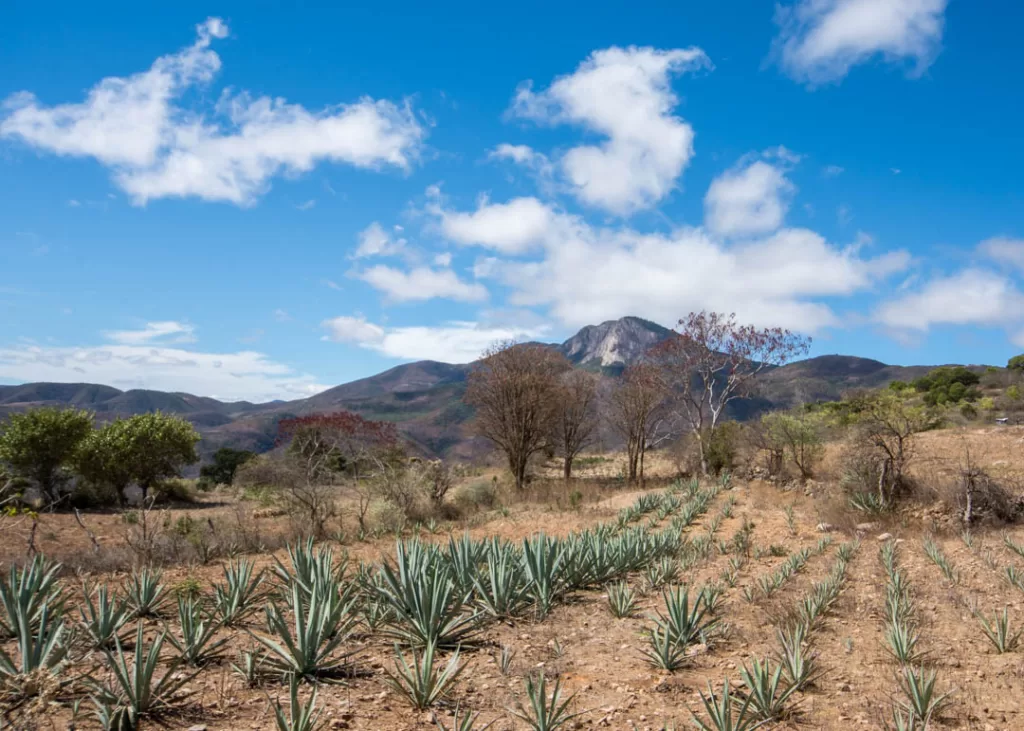
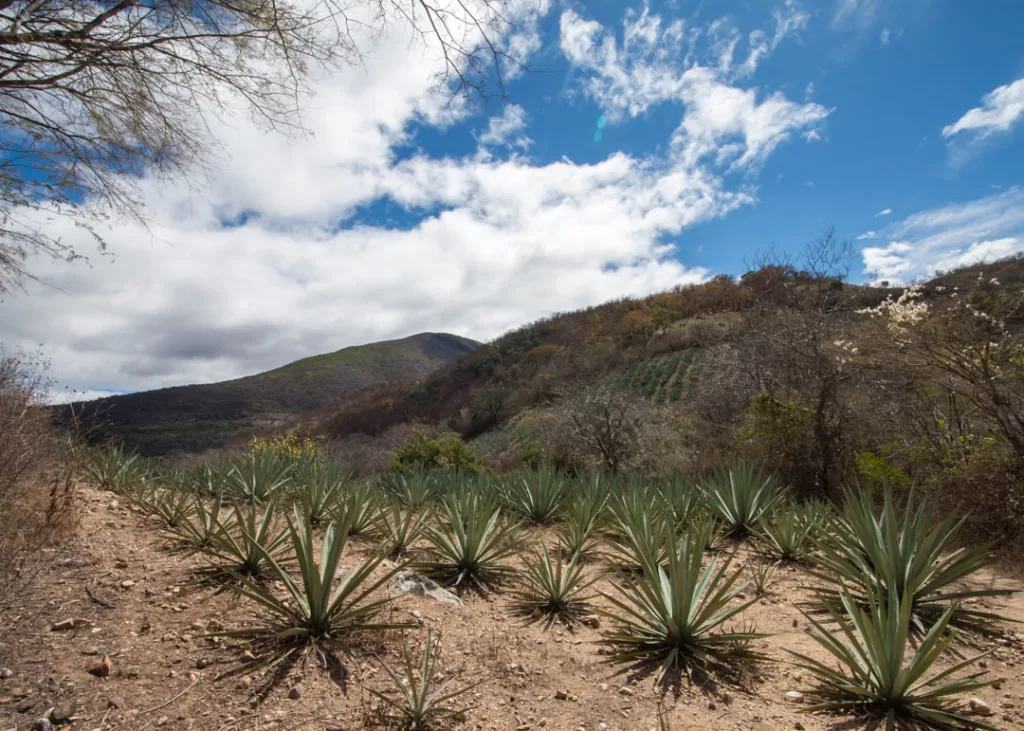
Follow the trail for about two hours, turning back occasionally to catch the diminishing waterfalls, no less spectacular from a greater distance.
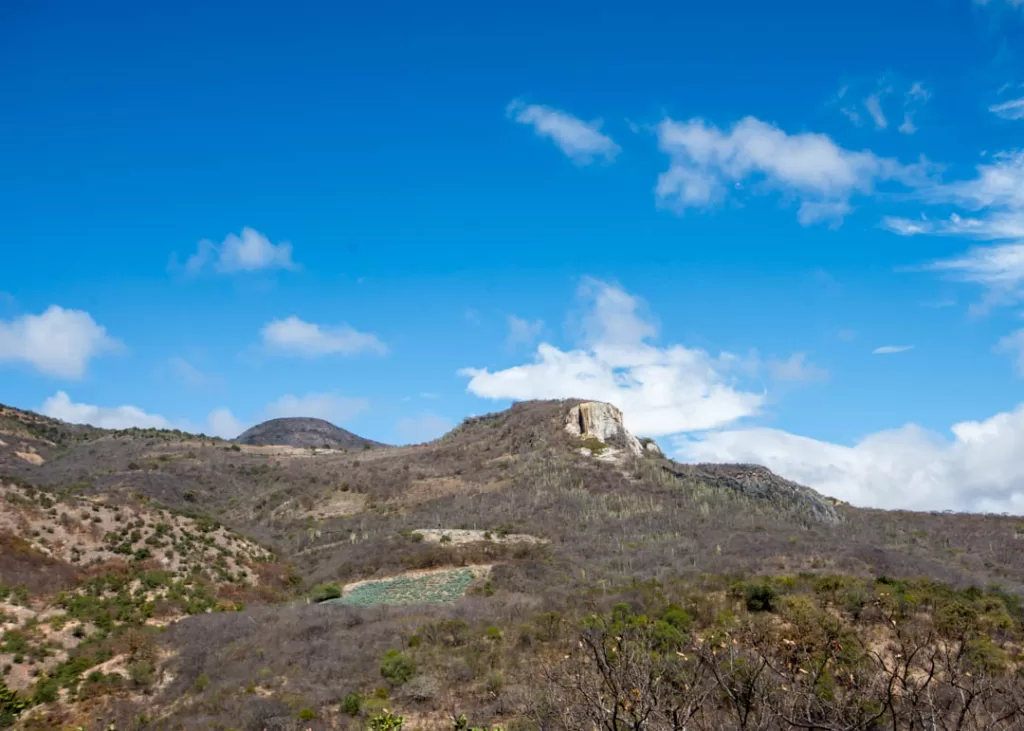
At last, you arrive at Las Salinas, a secret oasis in a small community some 5km away from Hierve el Agua.
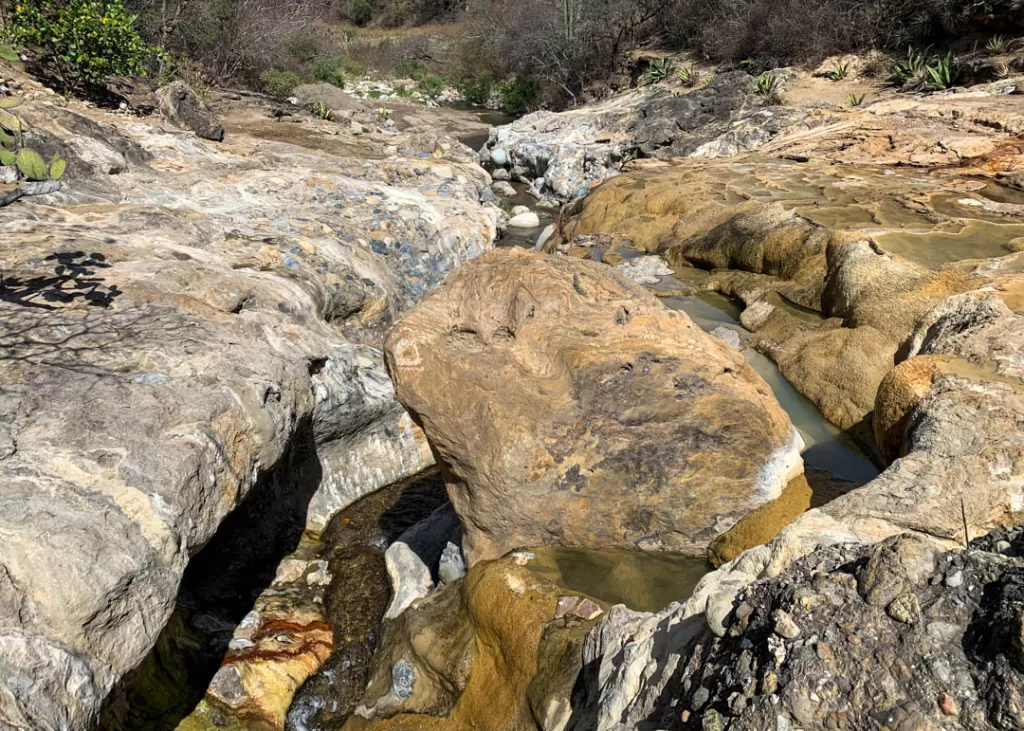
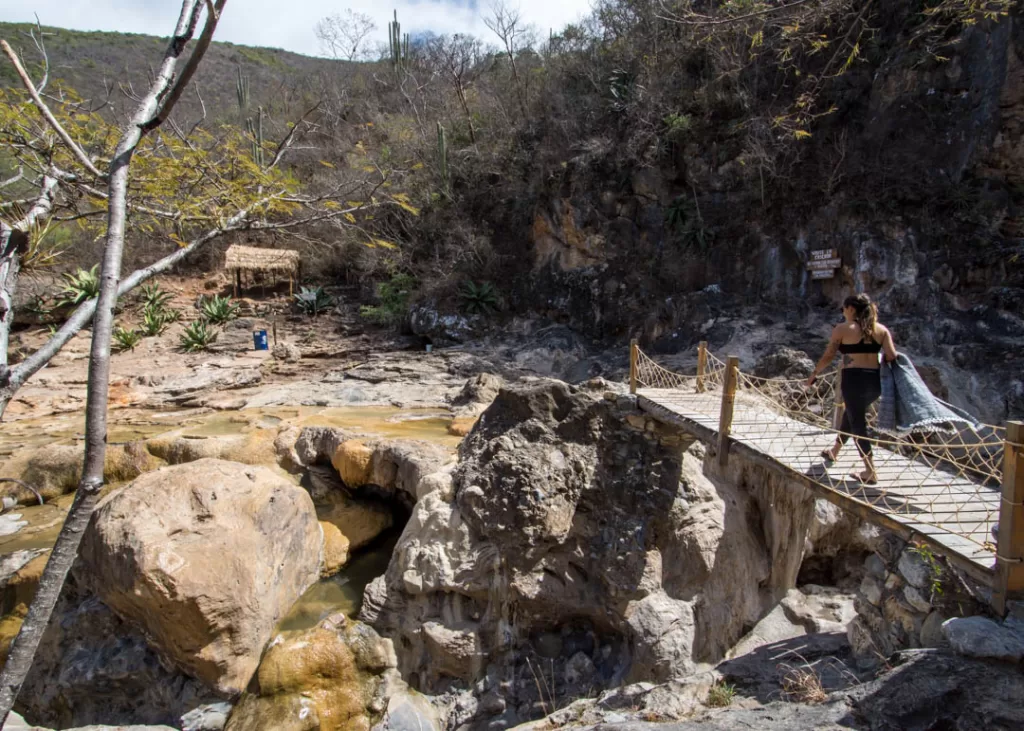
Cross the bridge and you’ll immediate see the small canyon snaking its way on either side.
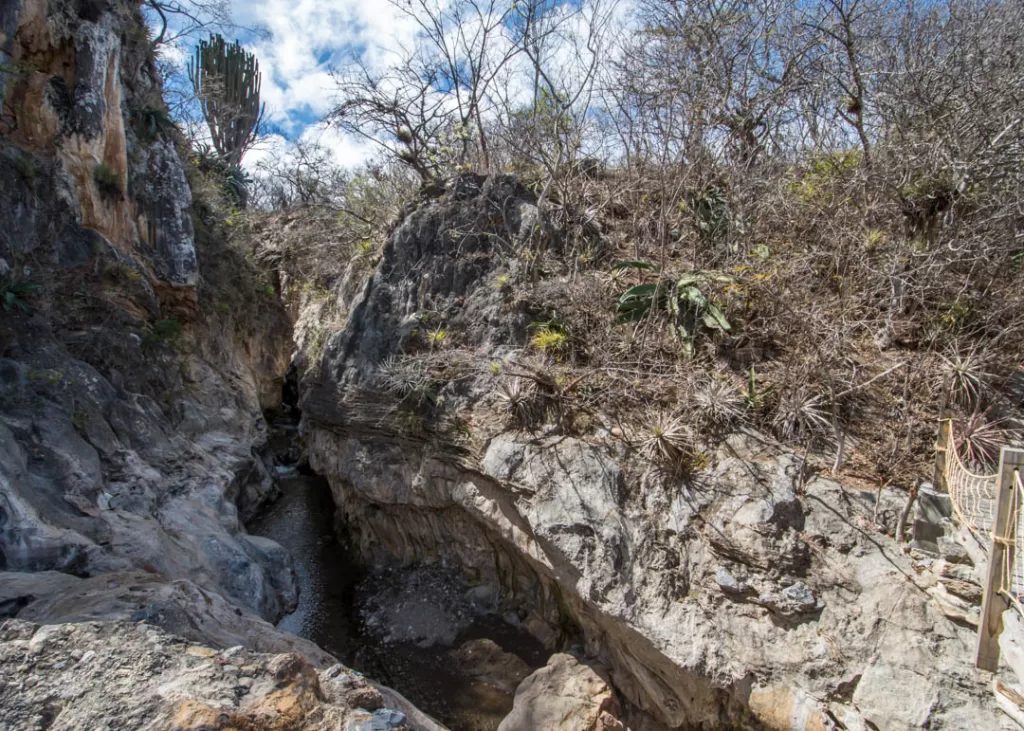
Take off your shoes and climb down the ladder to reach the bottom and freshen up after a hot walk.
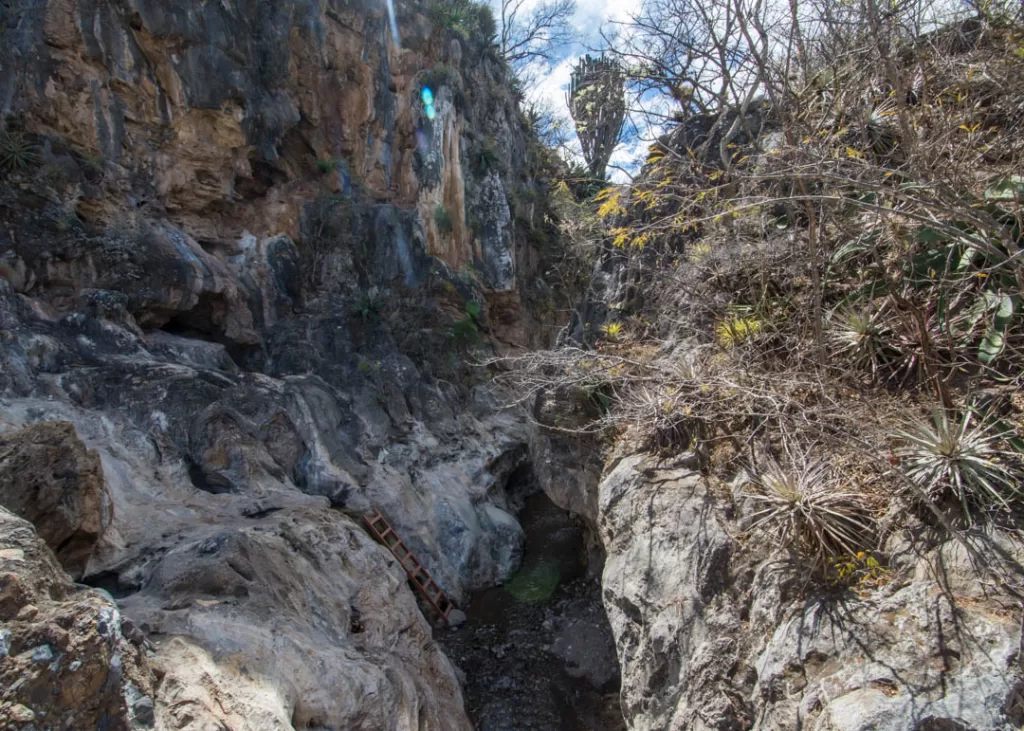
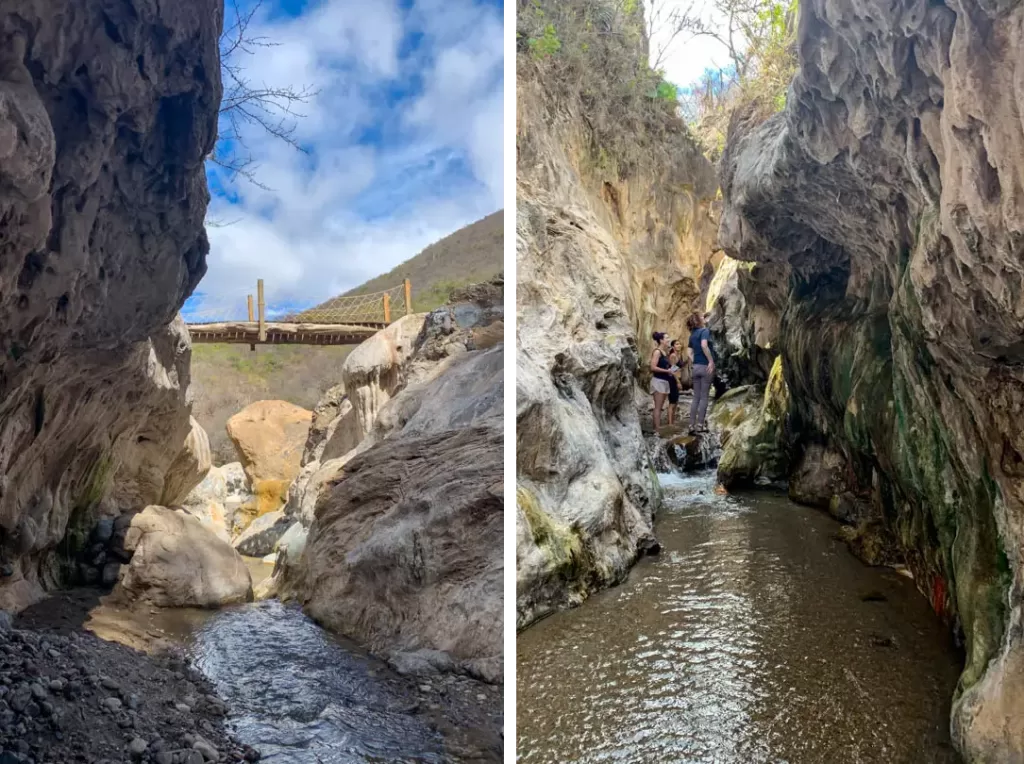
Follow the water upstream, weaving your way between tall rock walls and noticing some familiar yet unique formations. Clearly the waters running through here contain many minerals that have carved and painted the rocks over time.
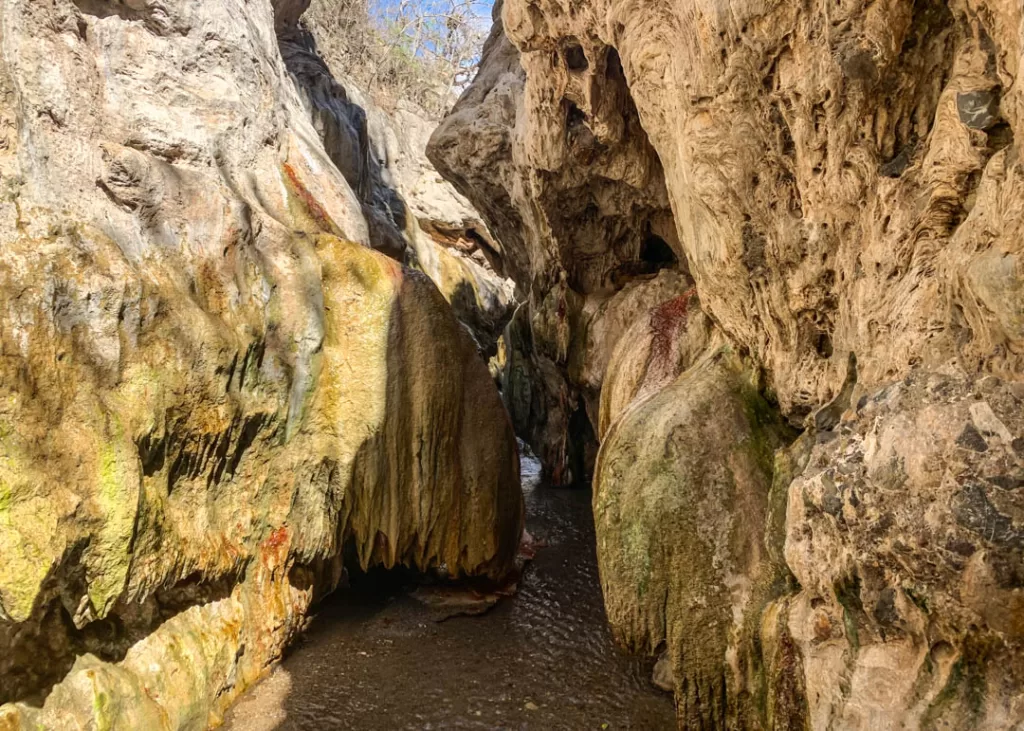
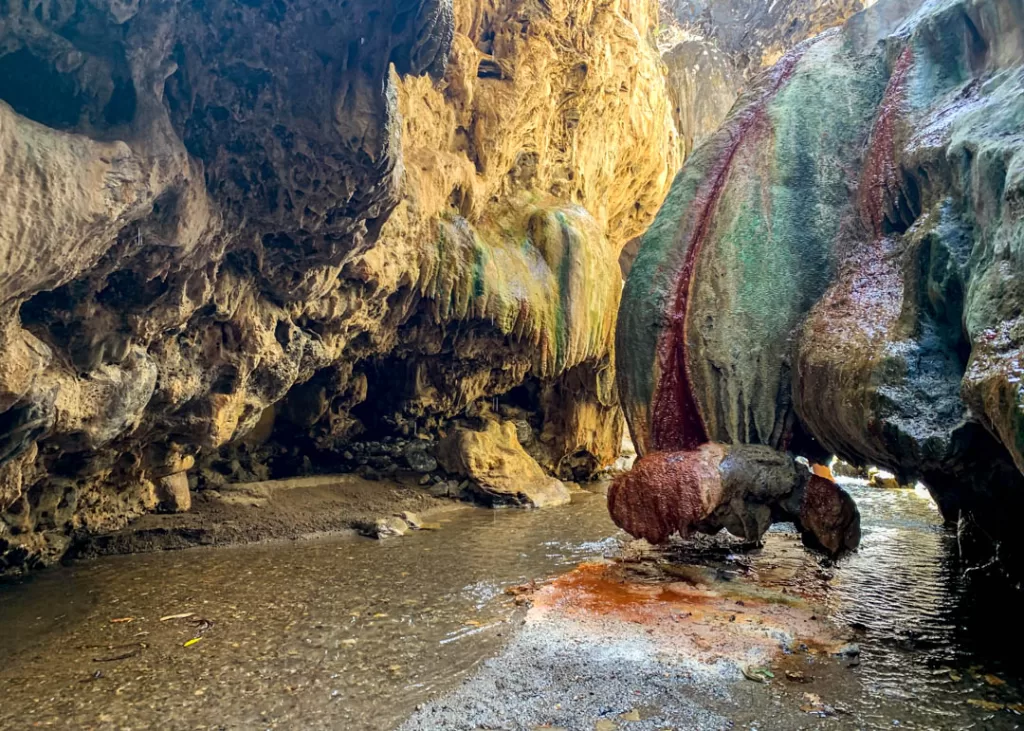
Streams of white, green, yellow, and rust curve like melted ice cream on a hot summer day, dripping to the ground below.
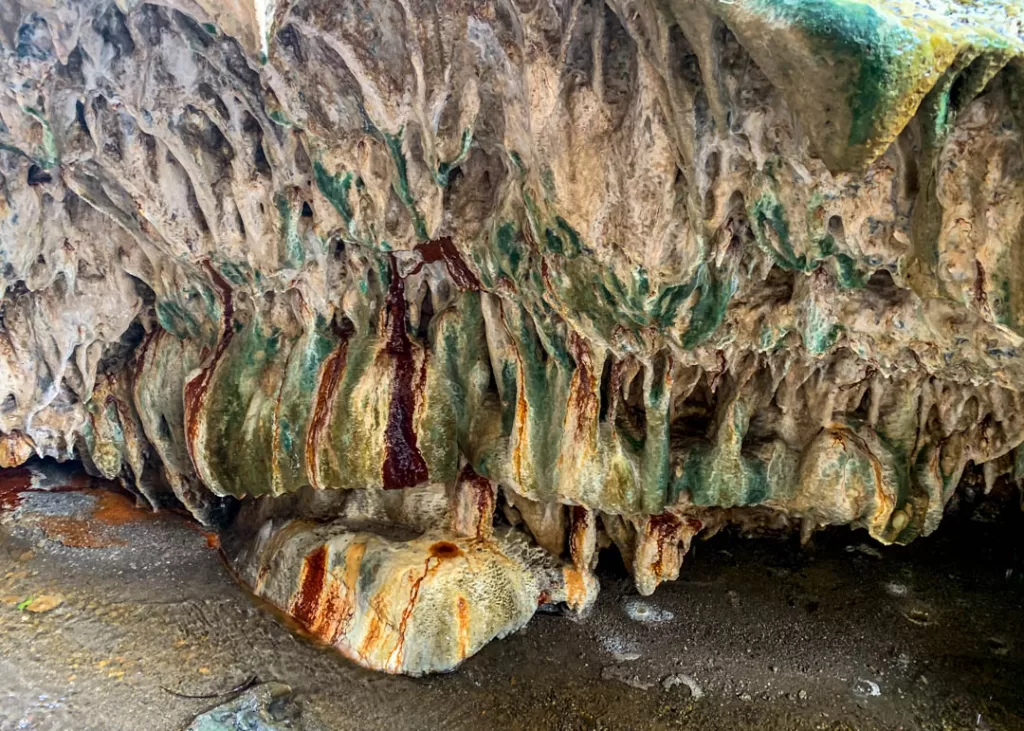
You’re surrounded by stalactites, cave alcoves, and water oozing down walls in what can only be described as an alien landscape.
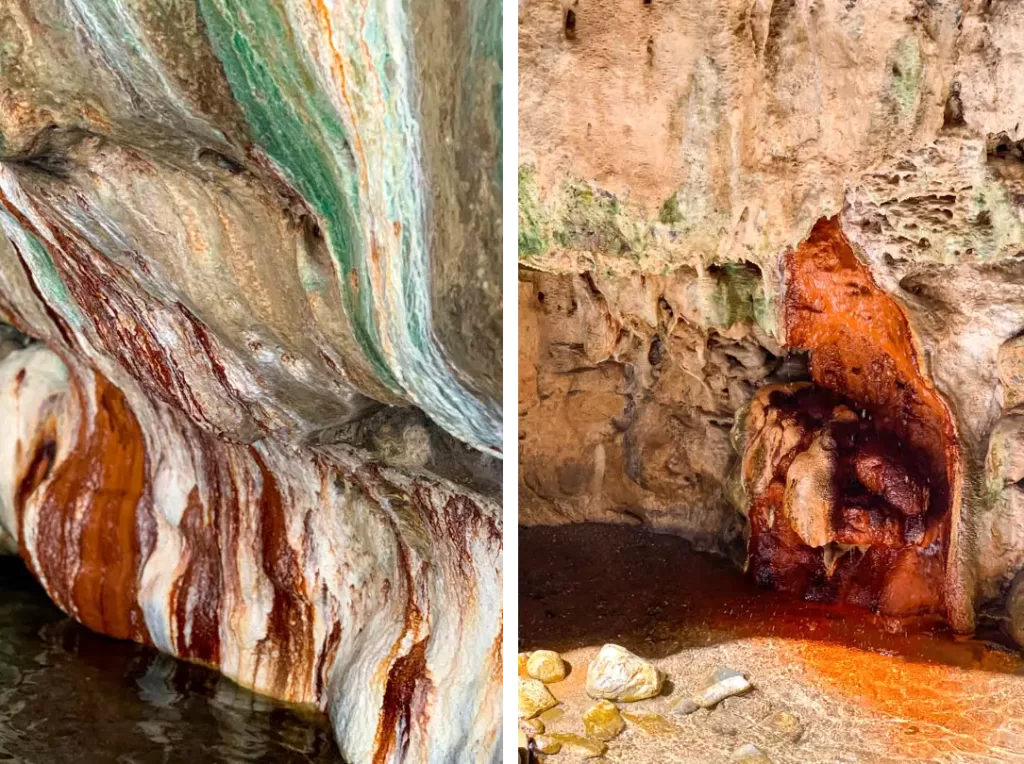
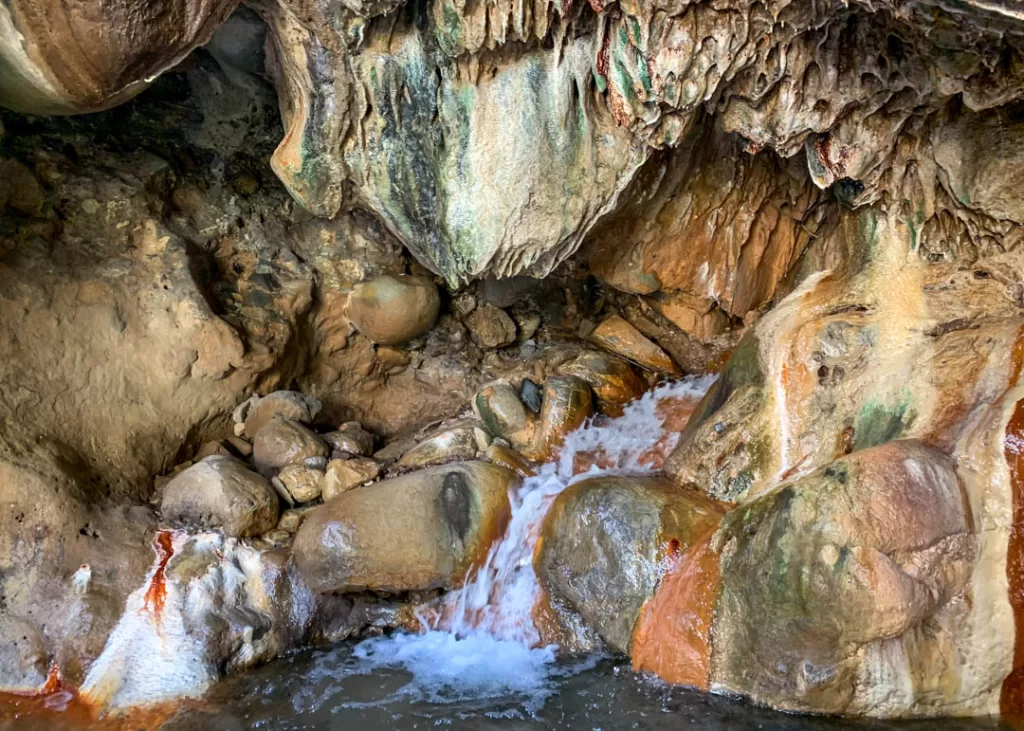
Natural dipping pools start appearing as you near the source.
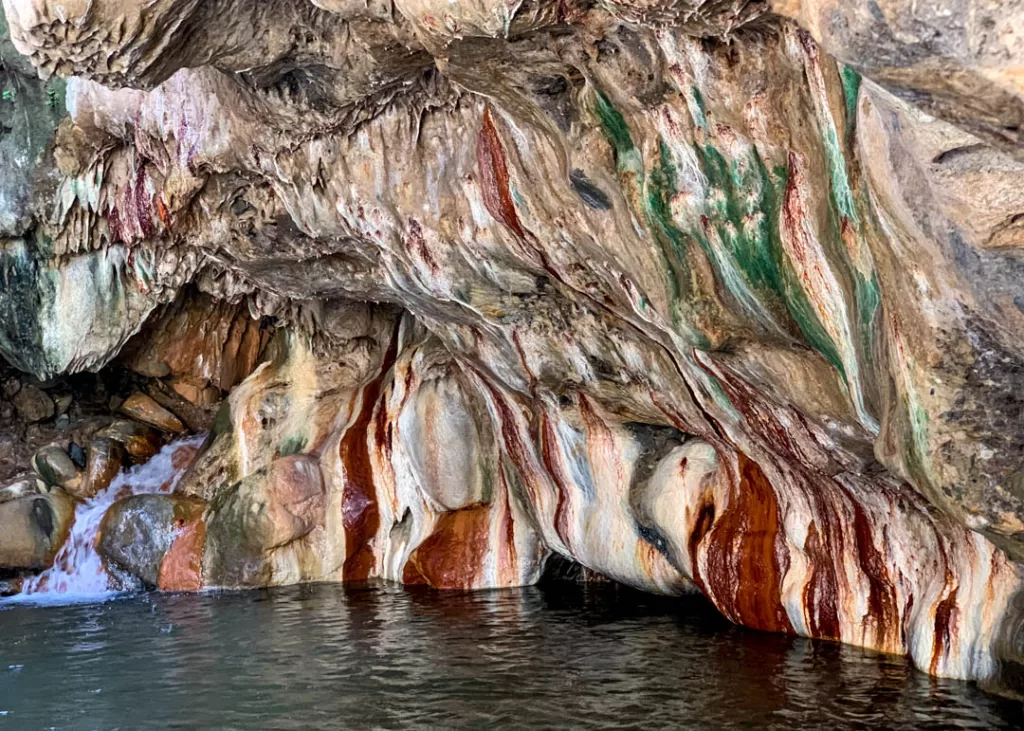
The piece de resistance is right there as you reach the end of the canyon, a deeper pool fed by a small waterfall where you can properly cool off and gaze at the art show. There’s just no better end to a day at Hierve el Agua than bathing in this hidden gem. You can do it on your own or join a guided hike with a local agency like Coyote Aventuras.
